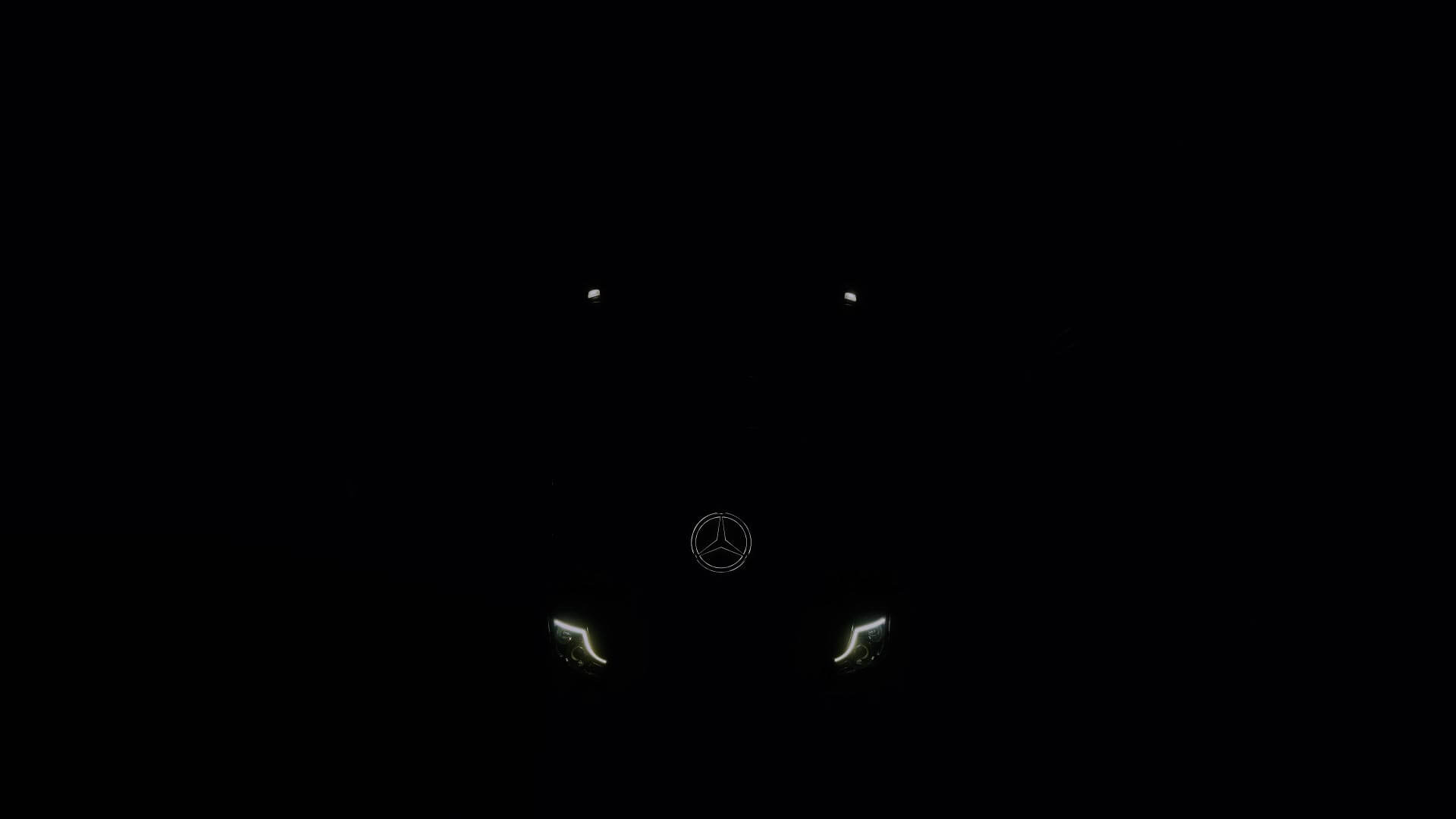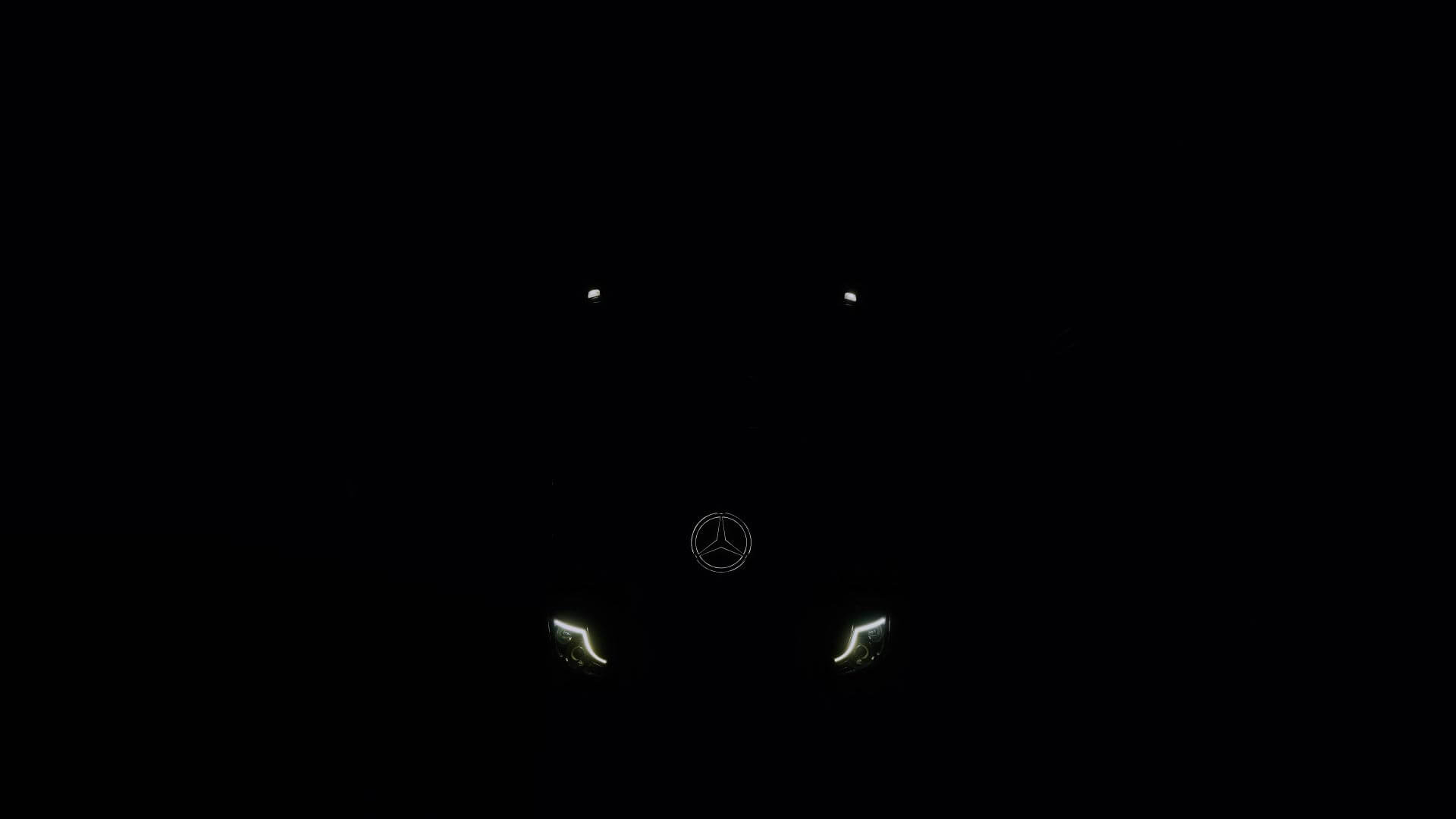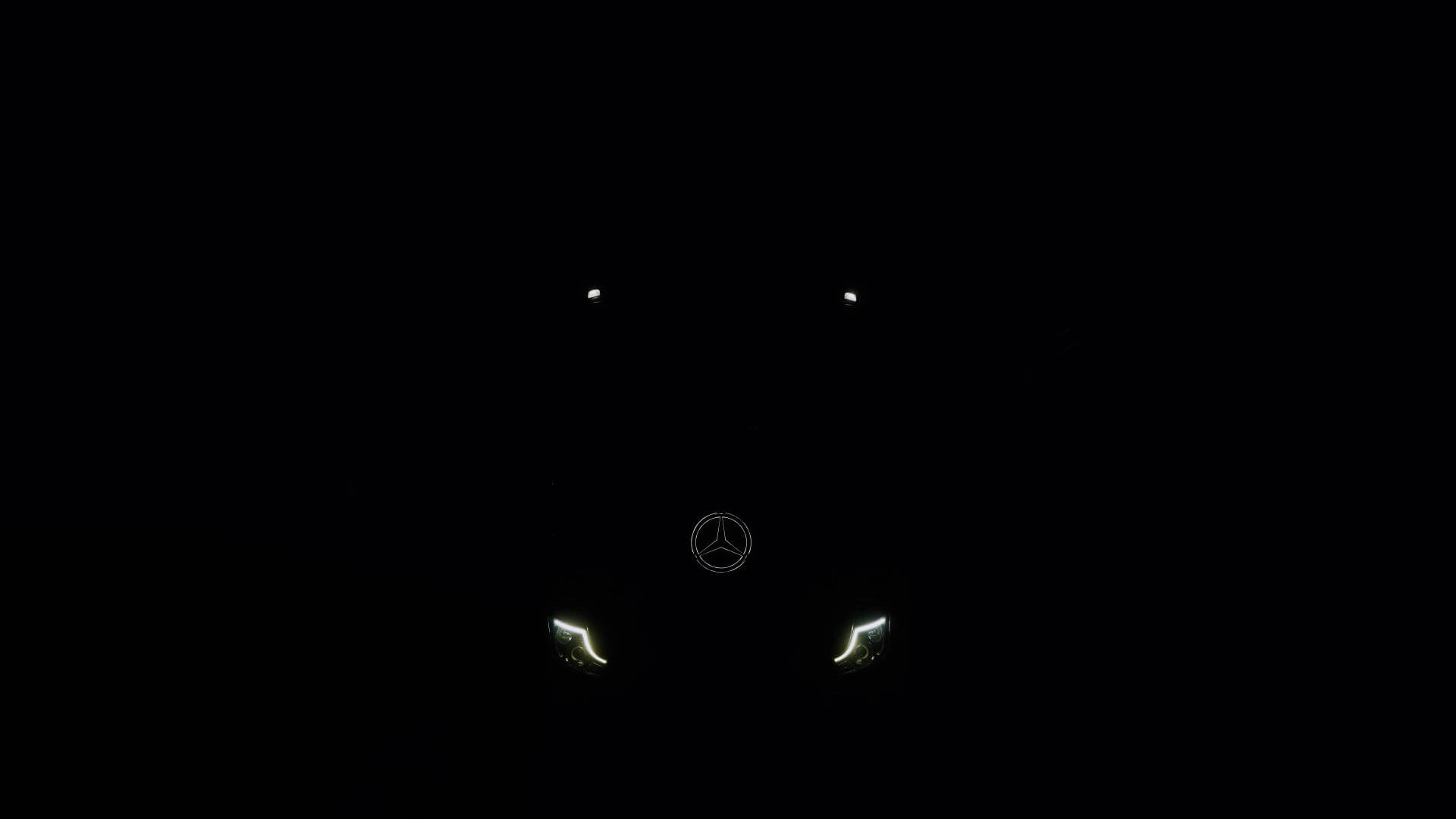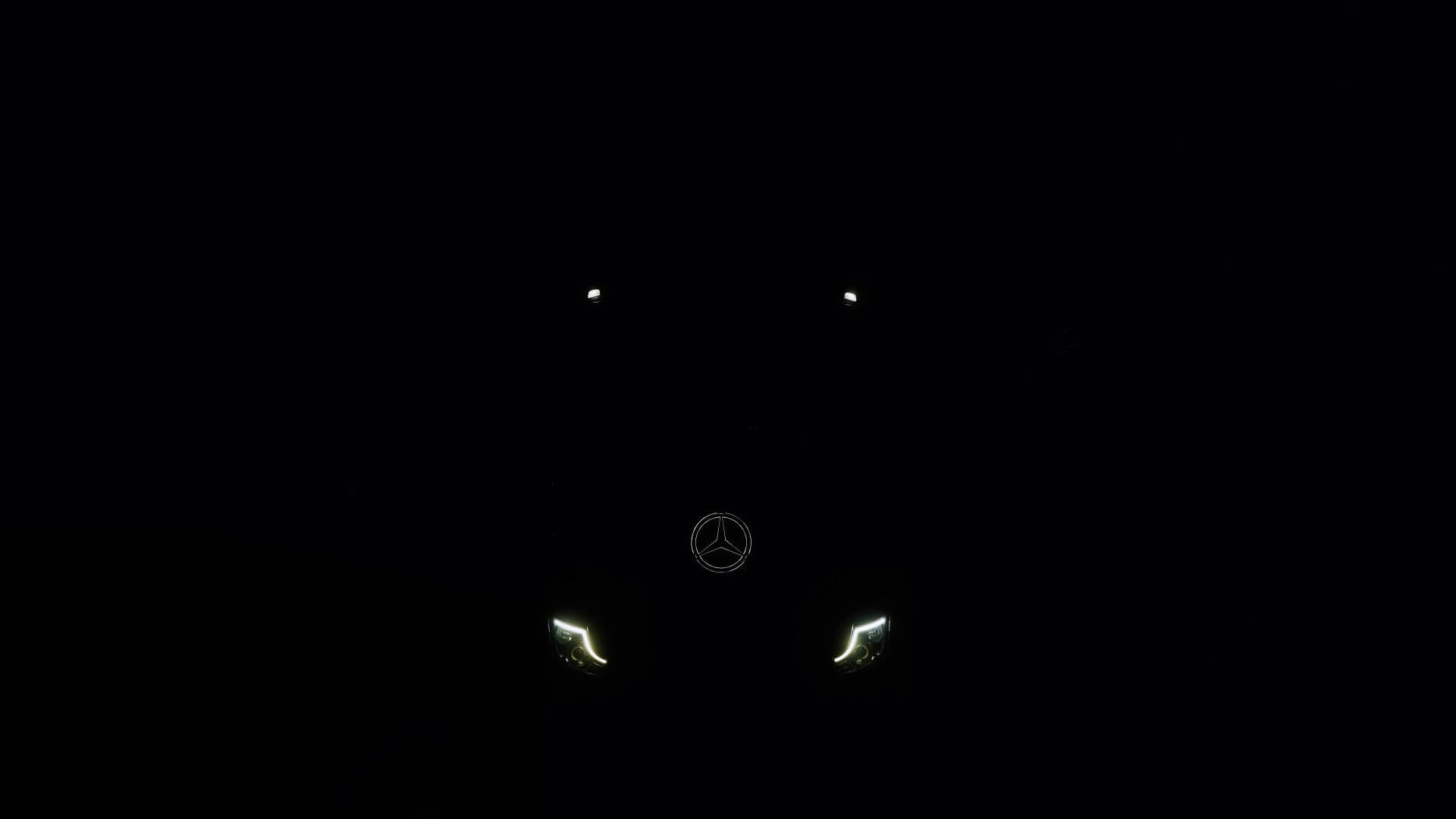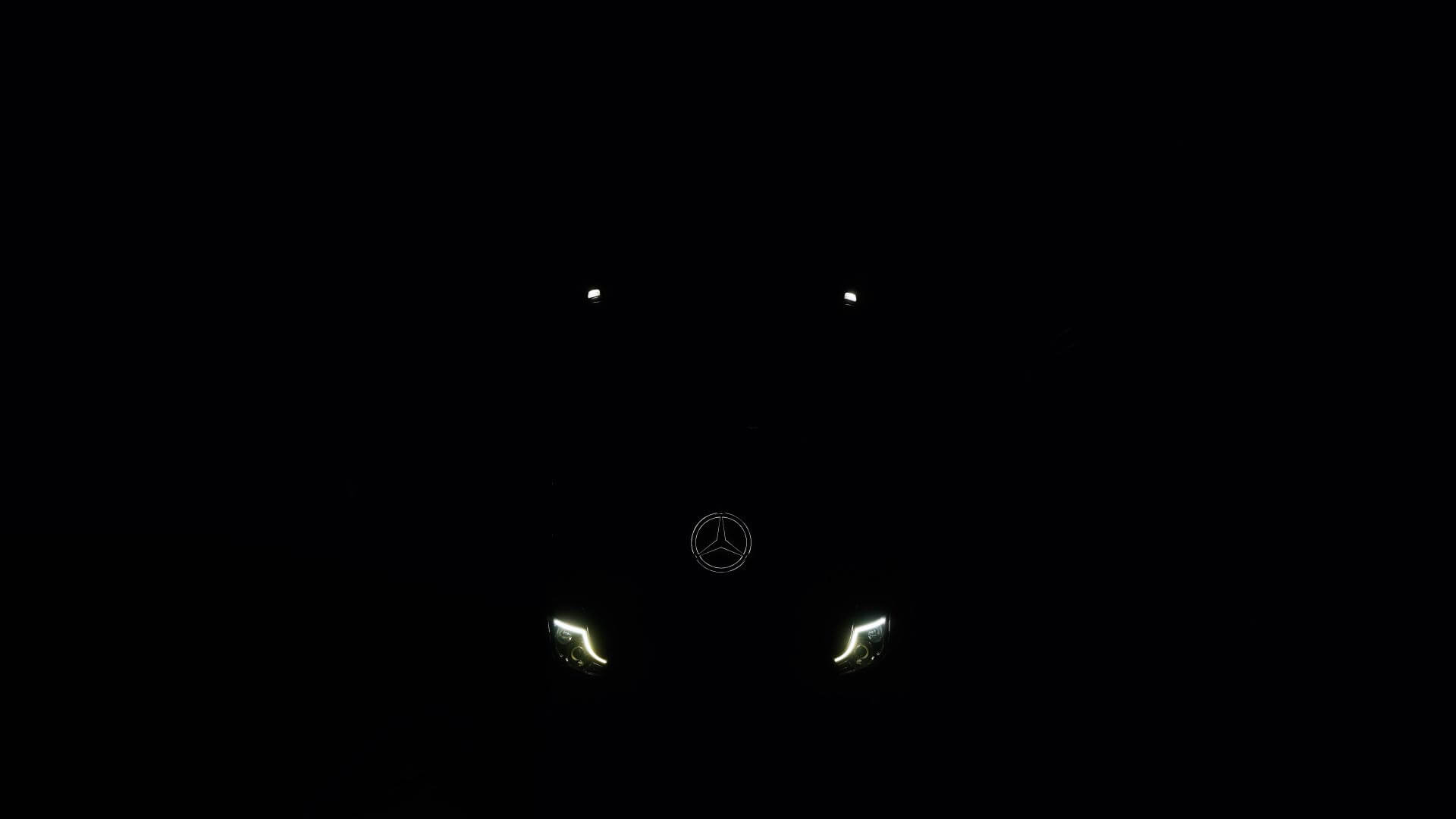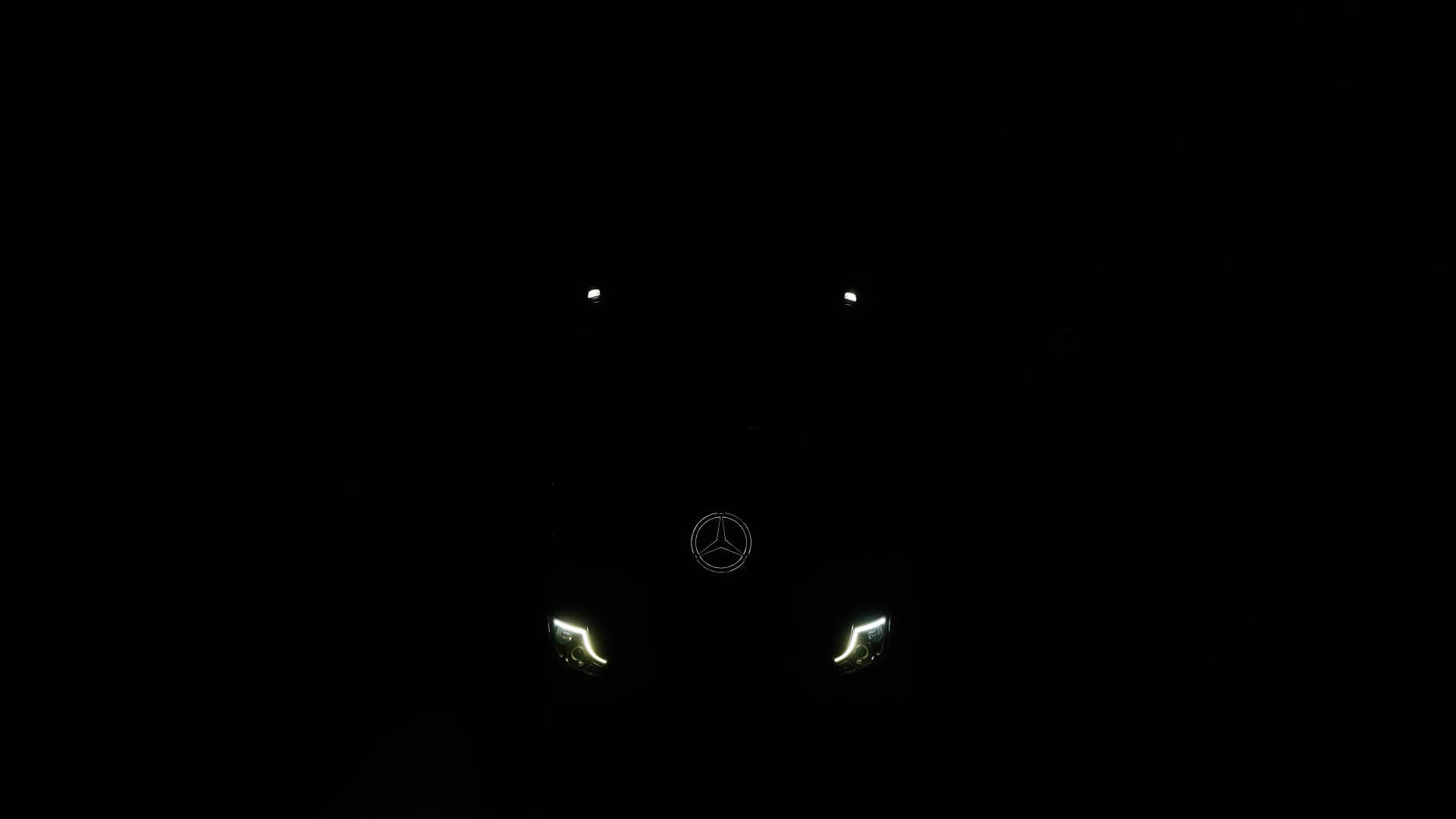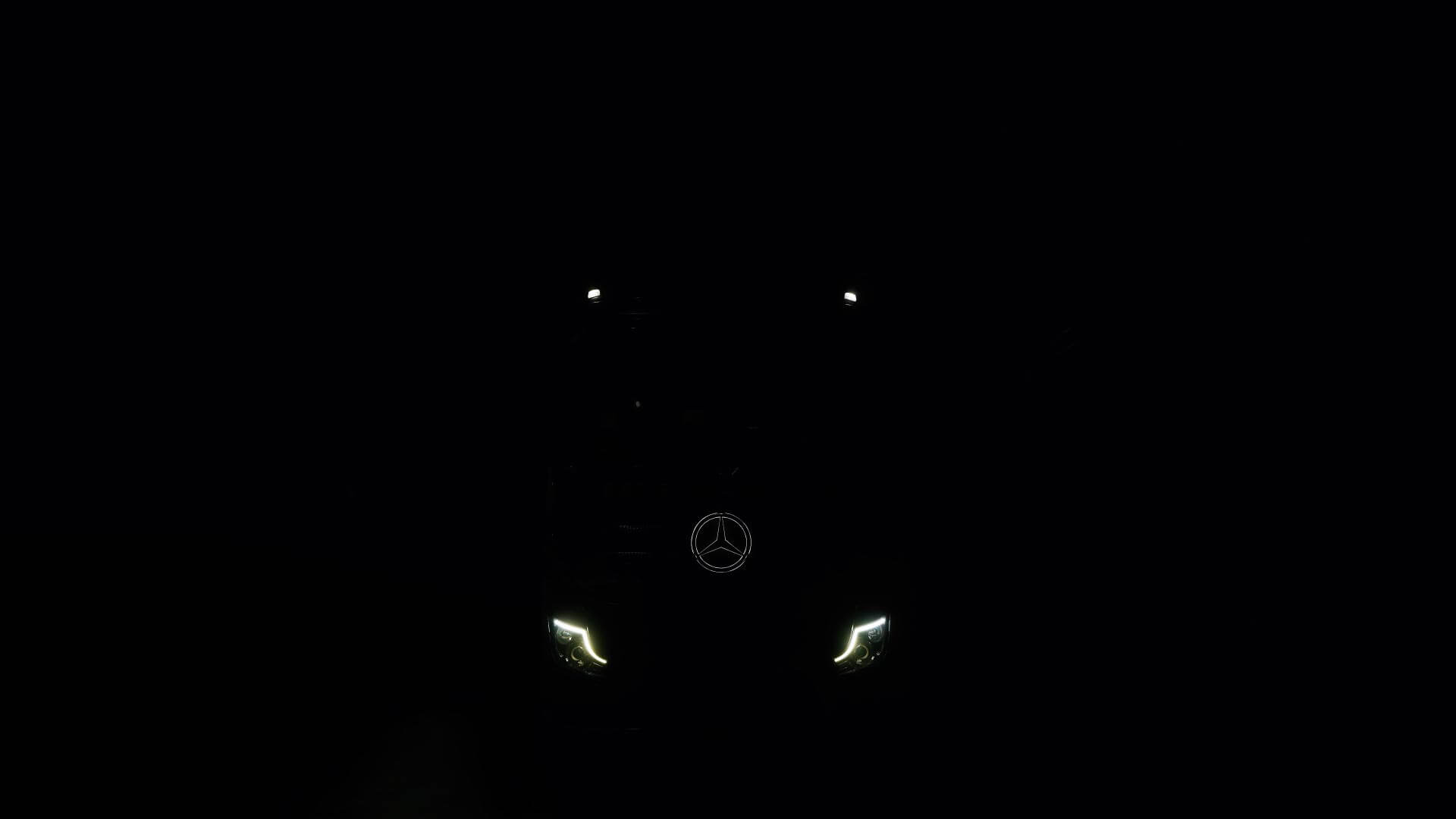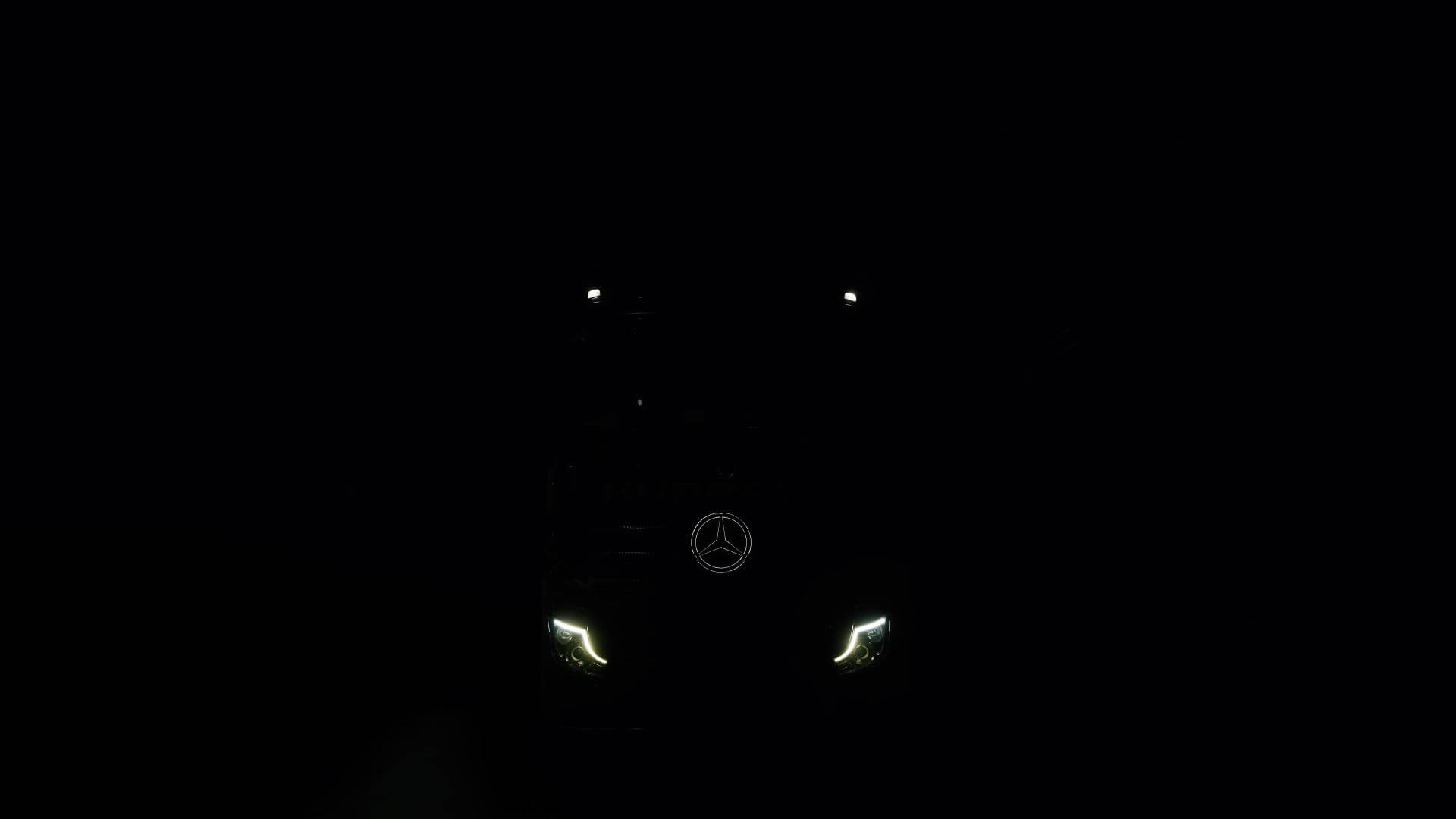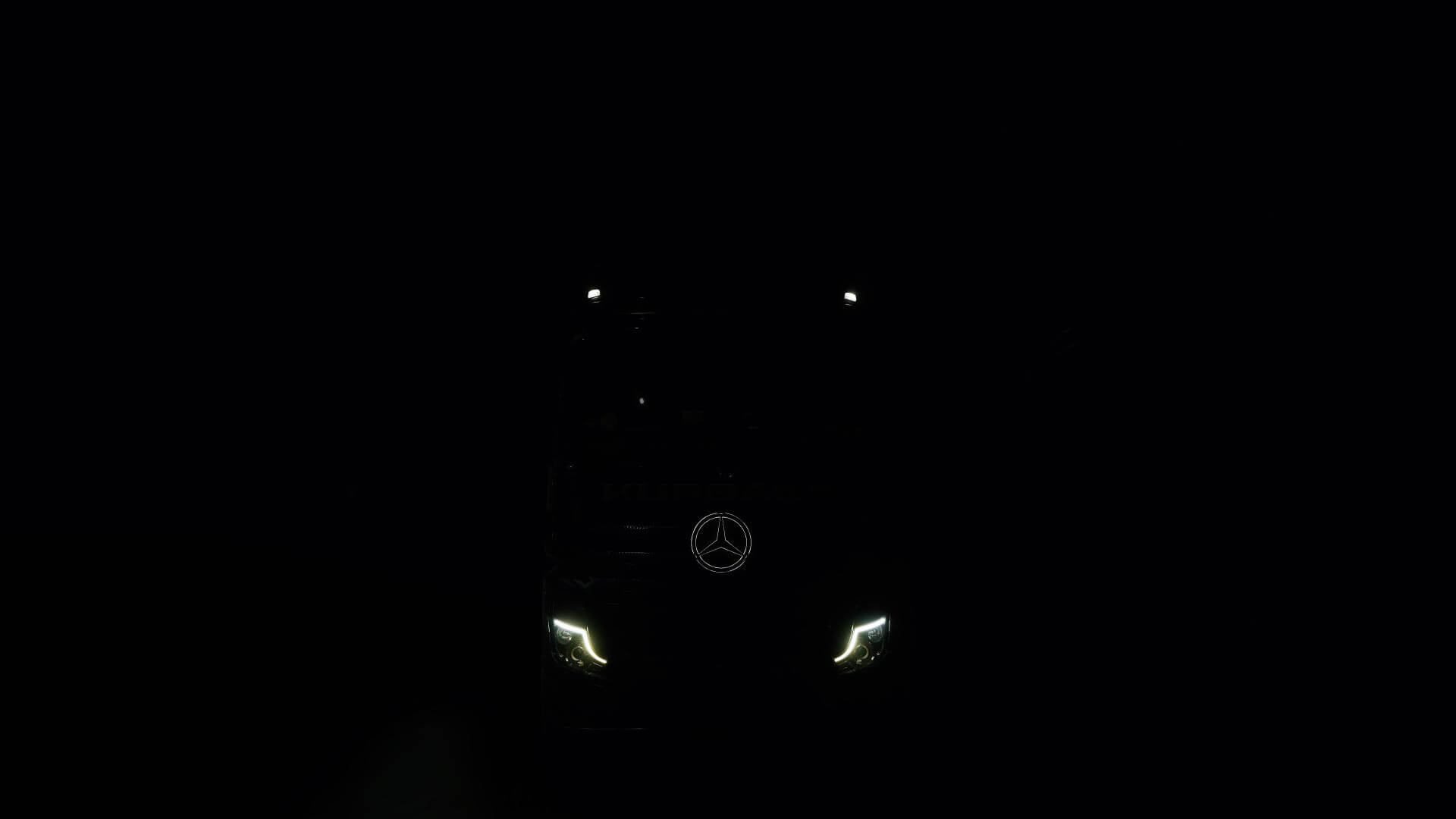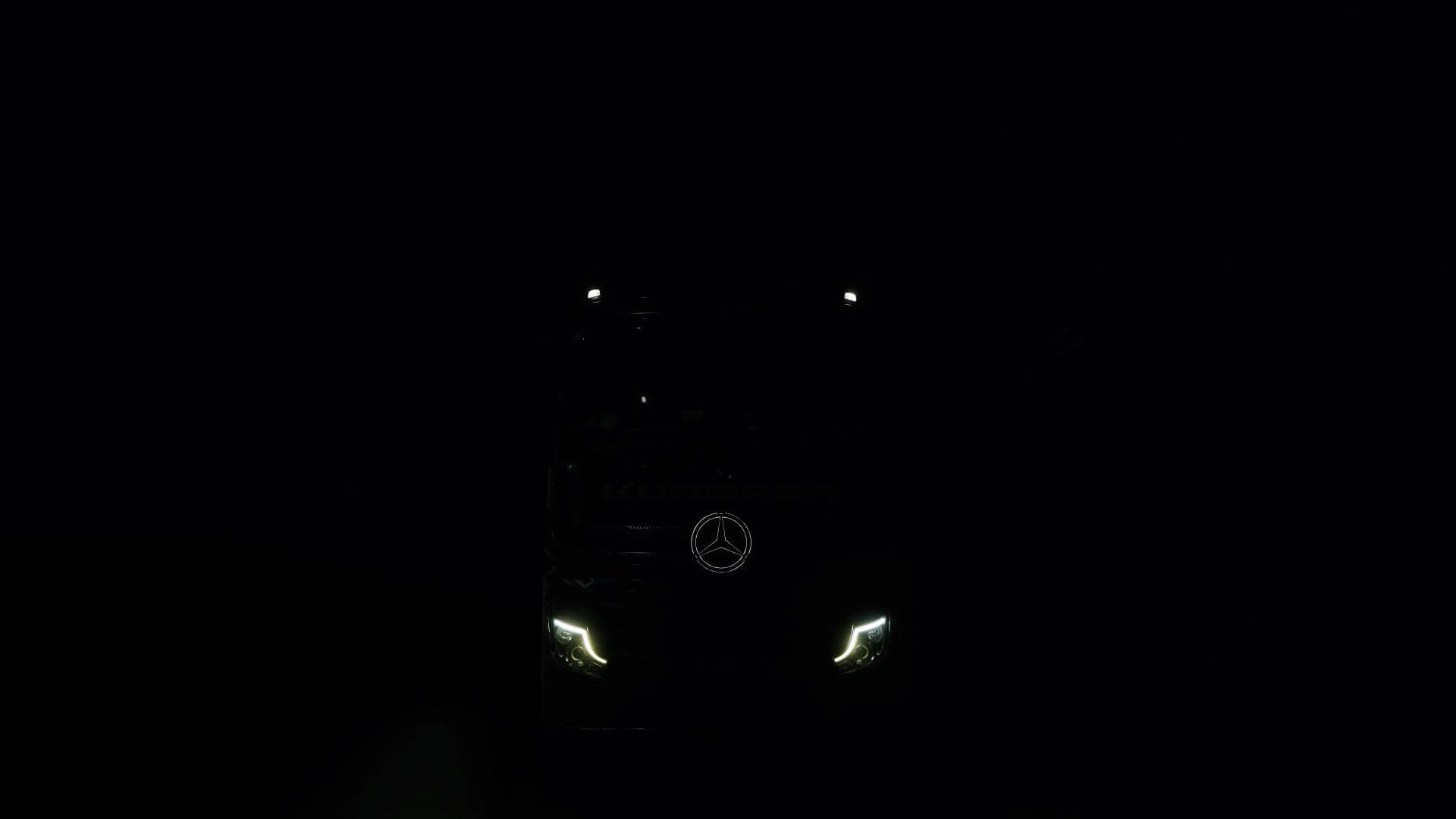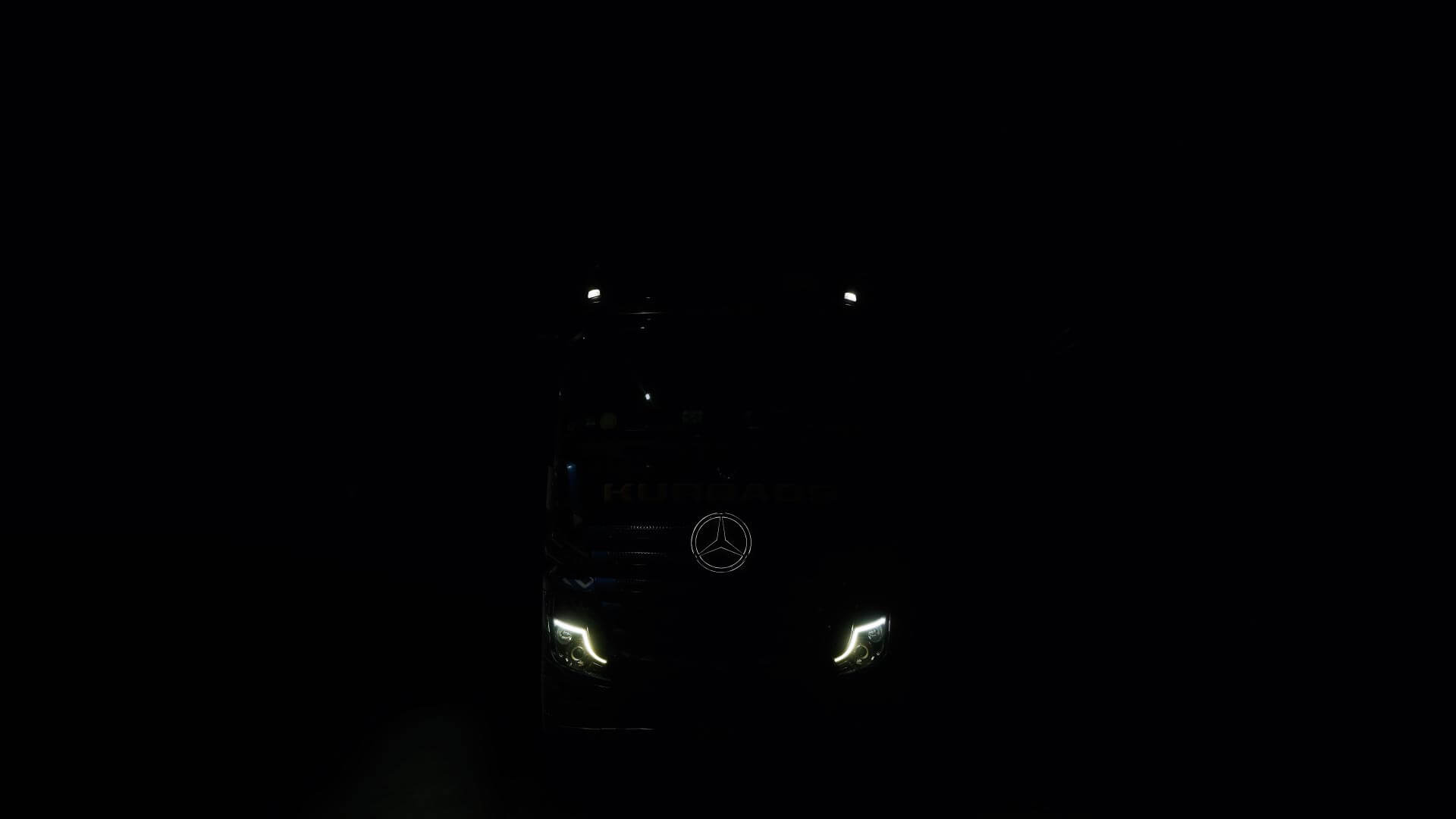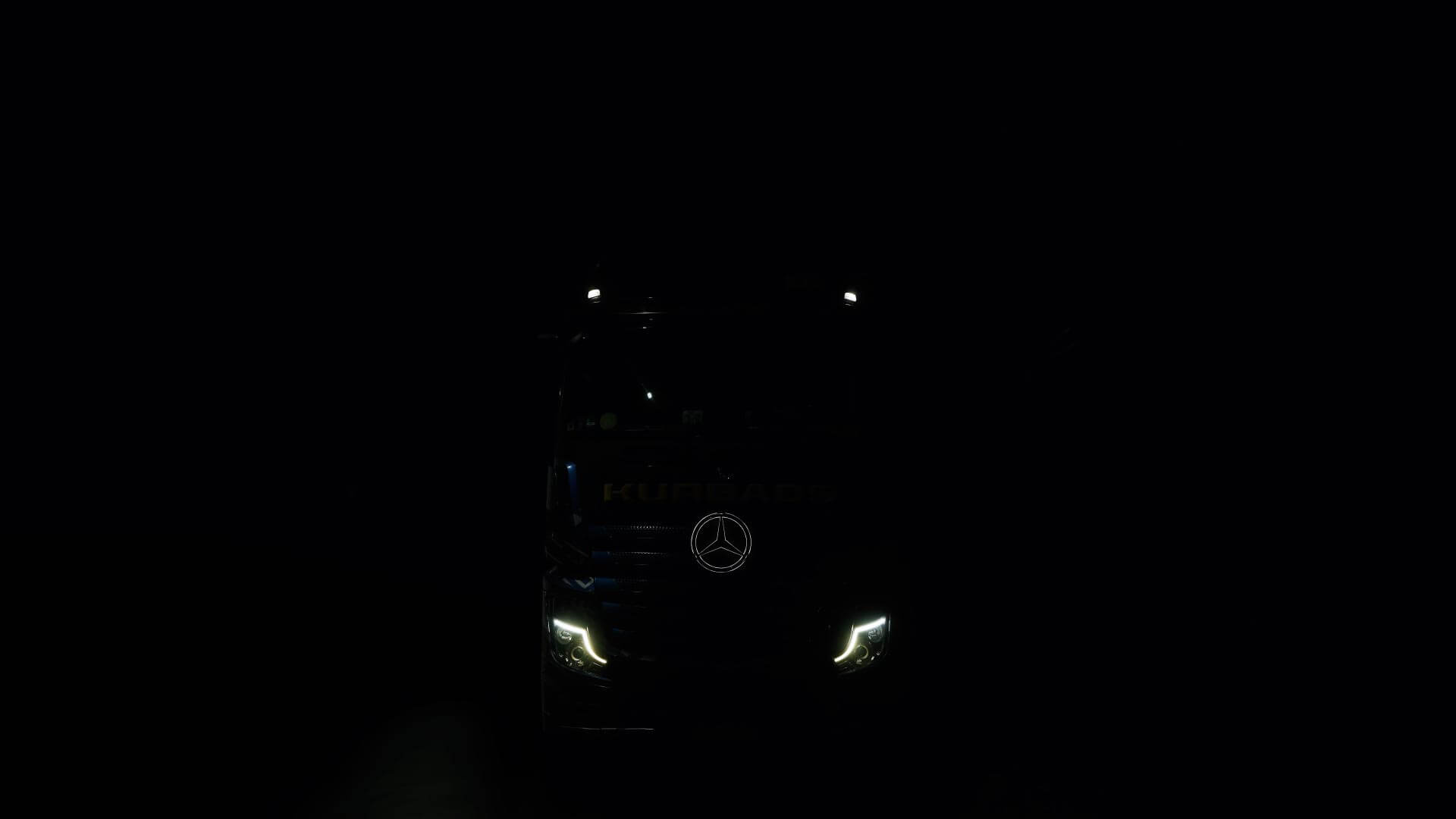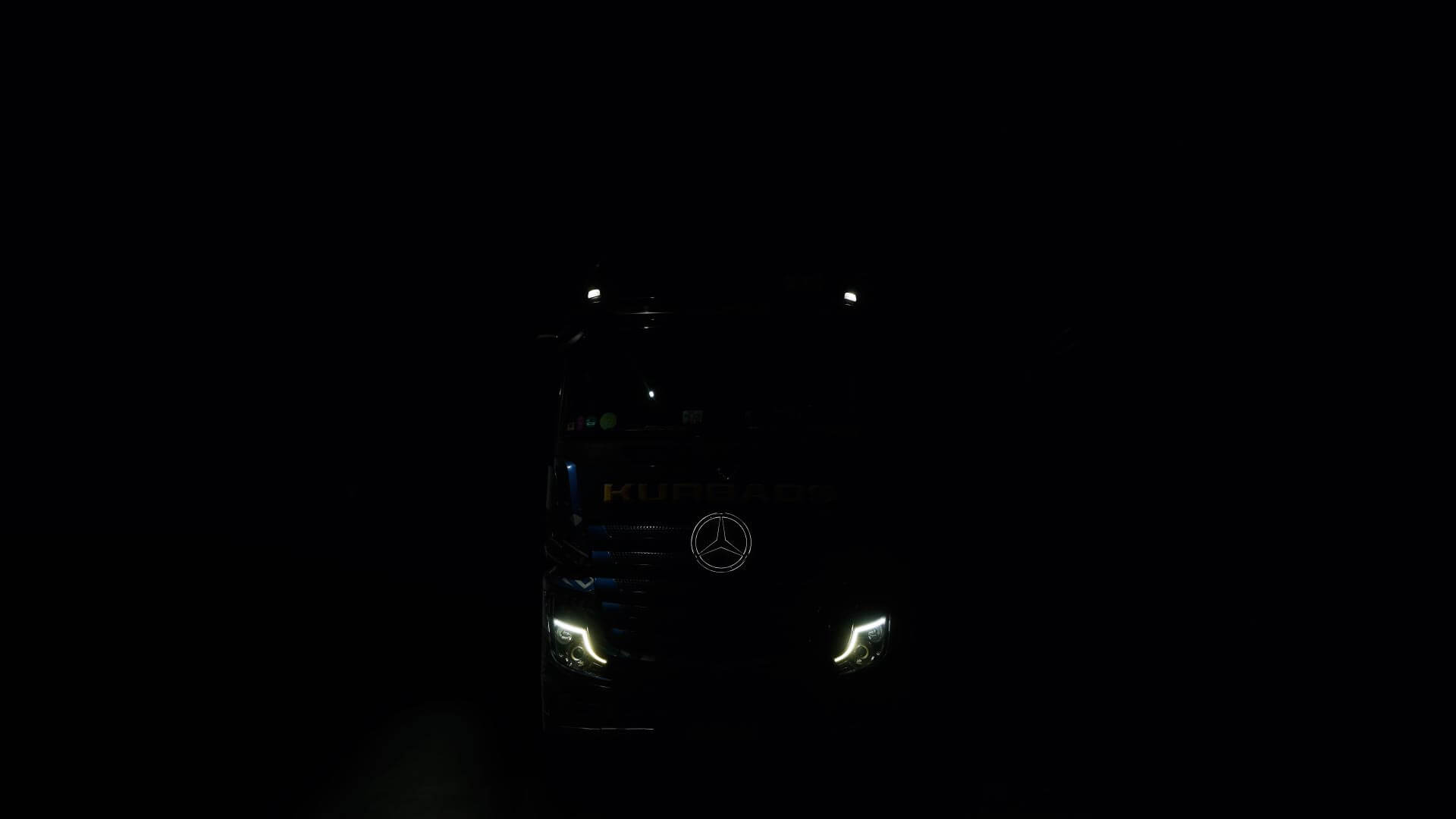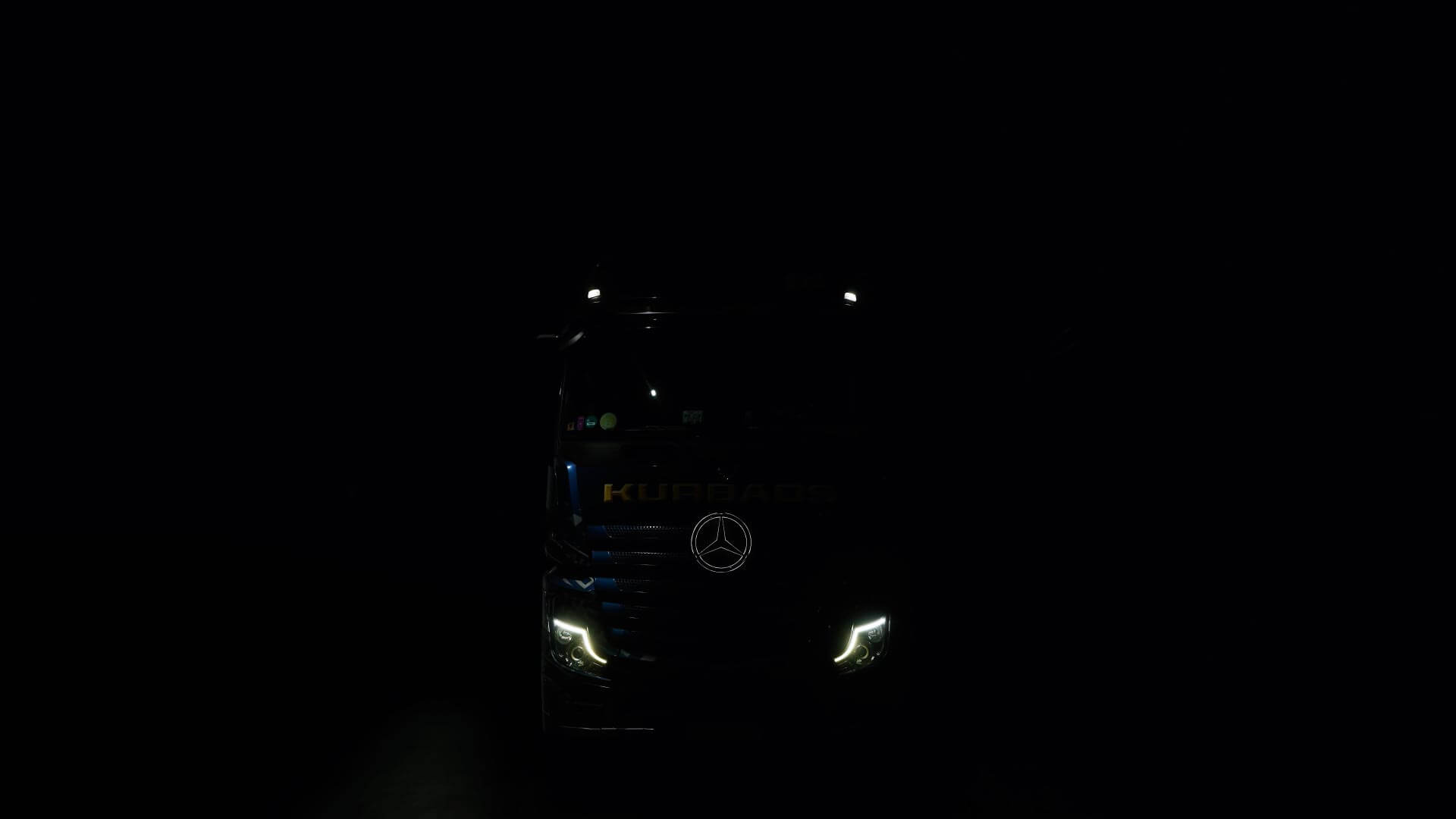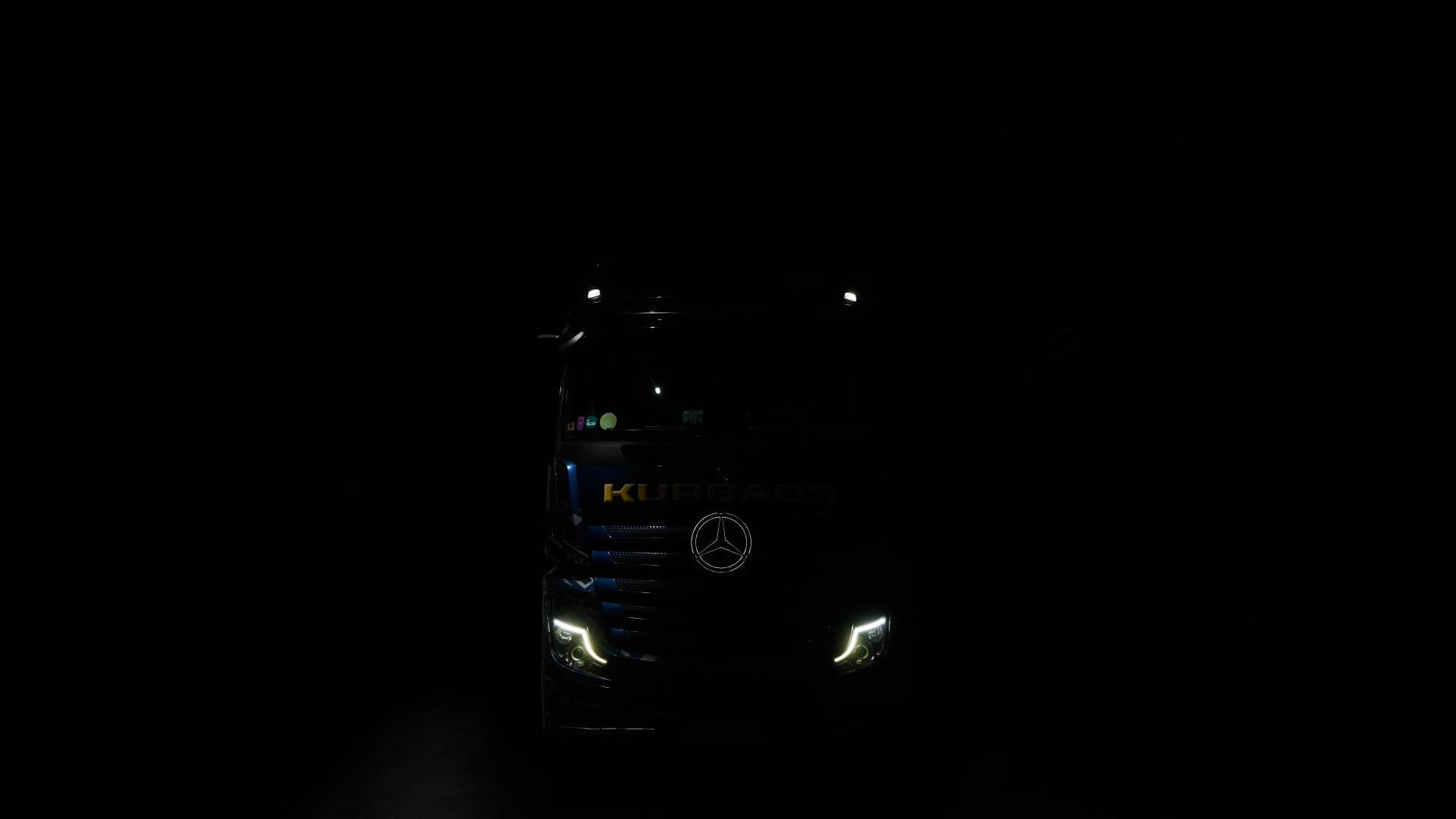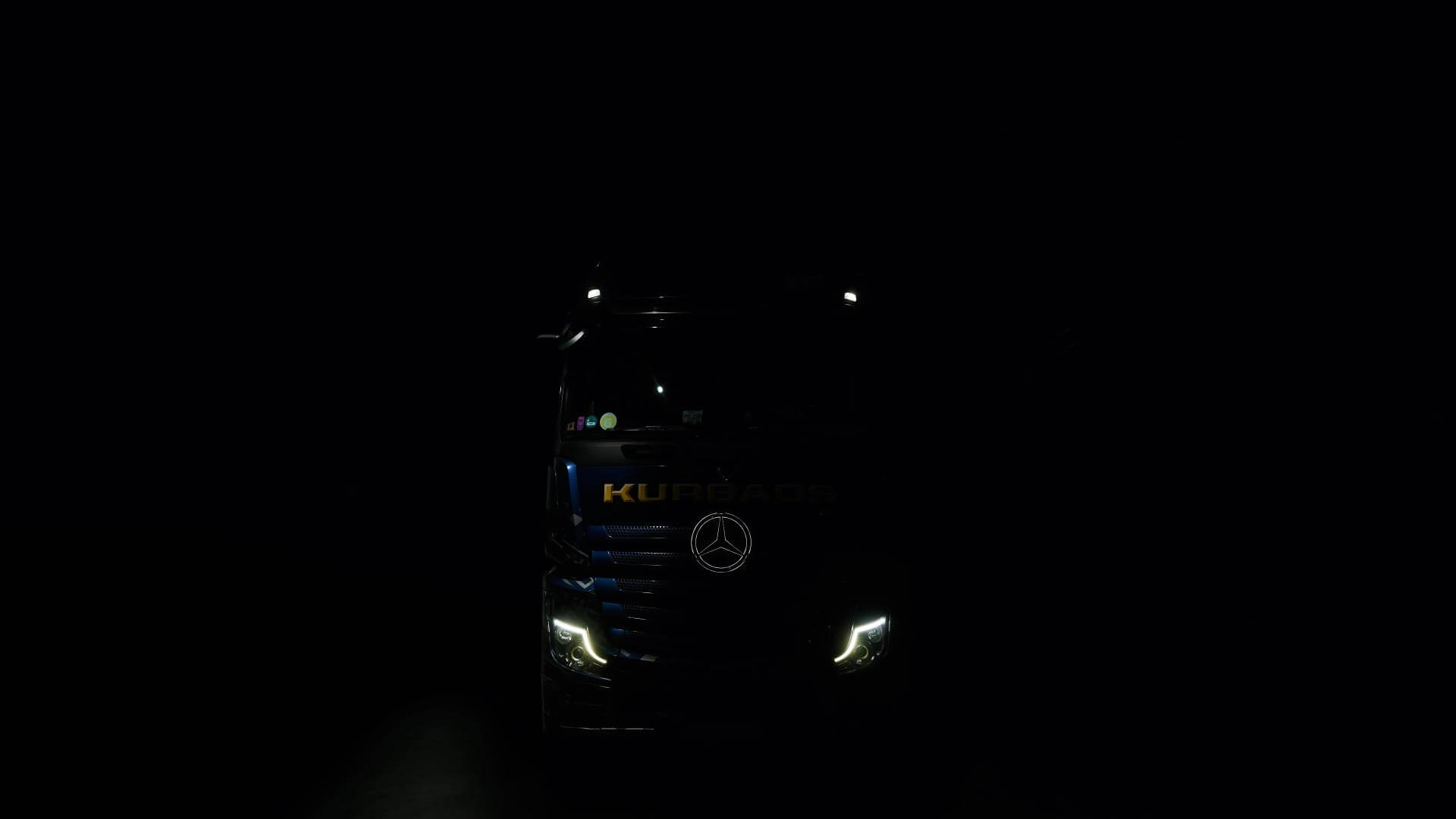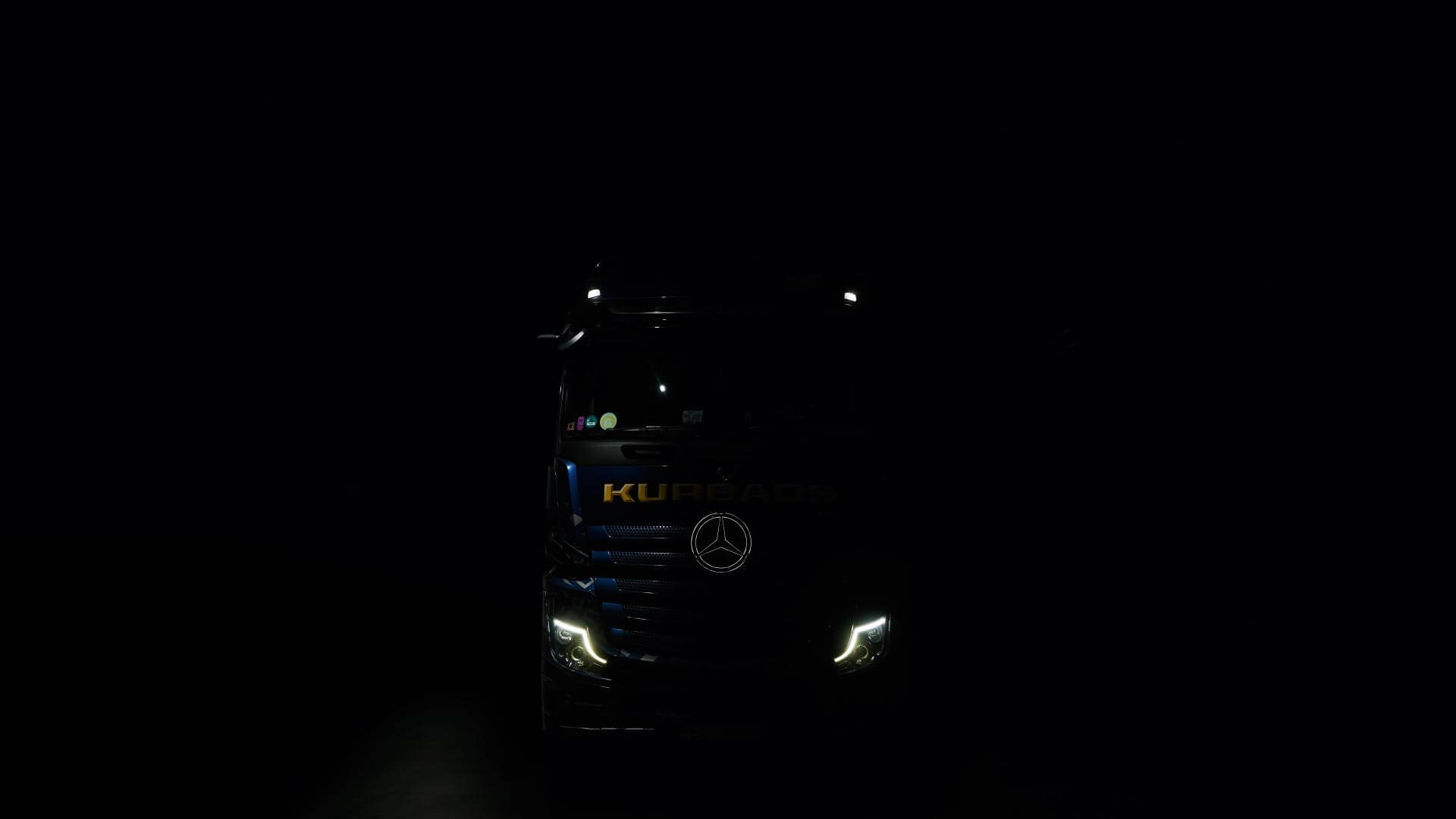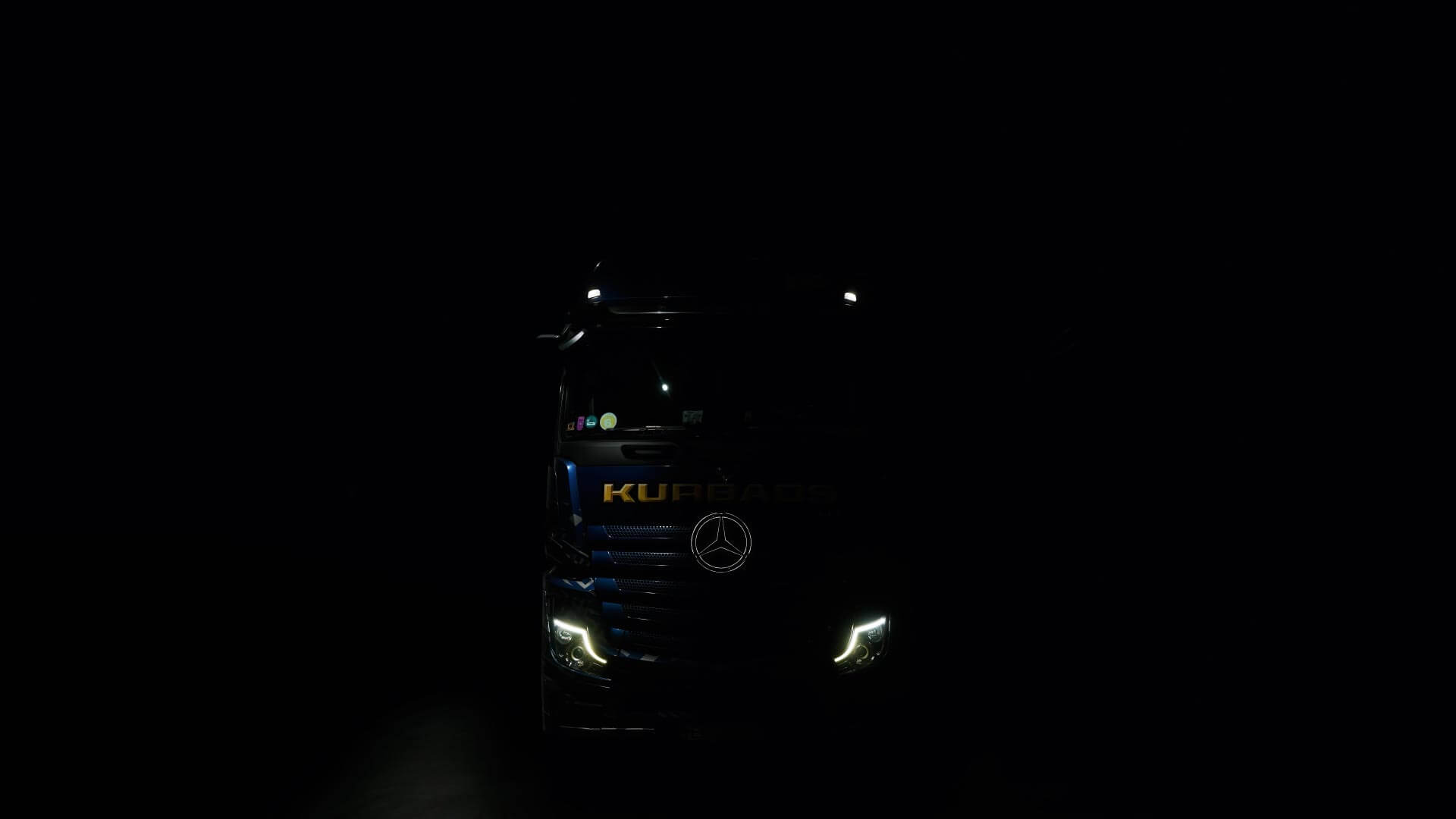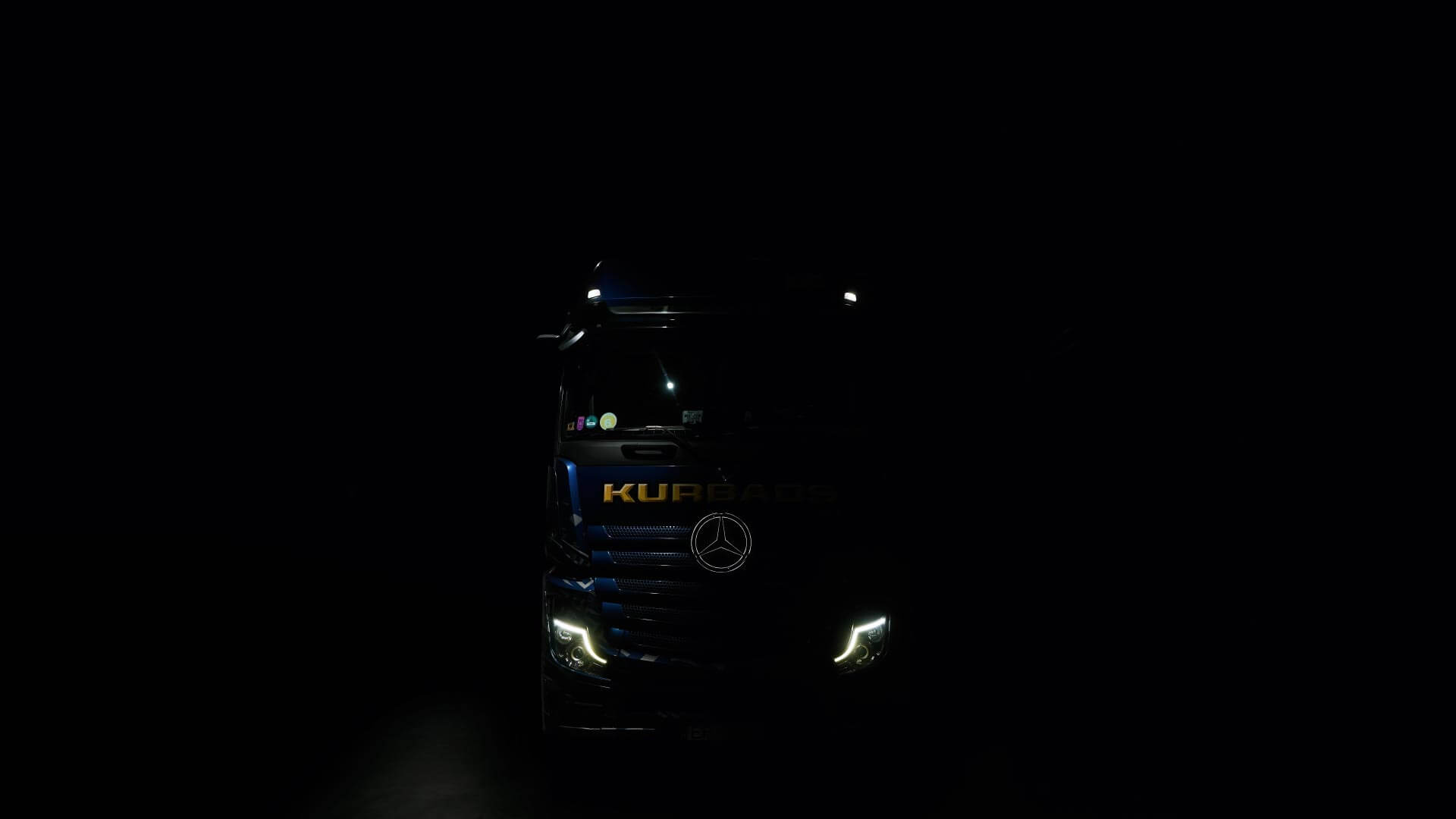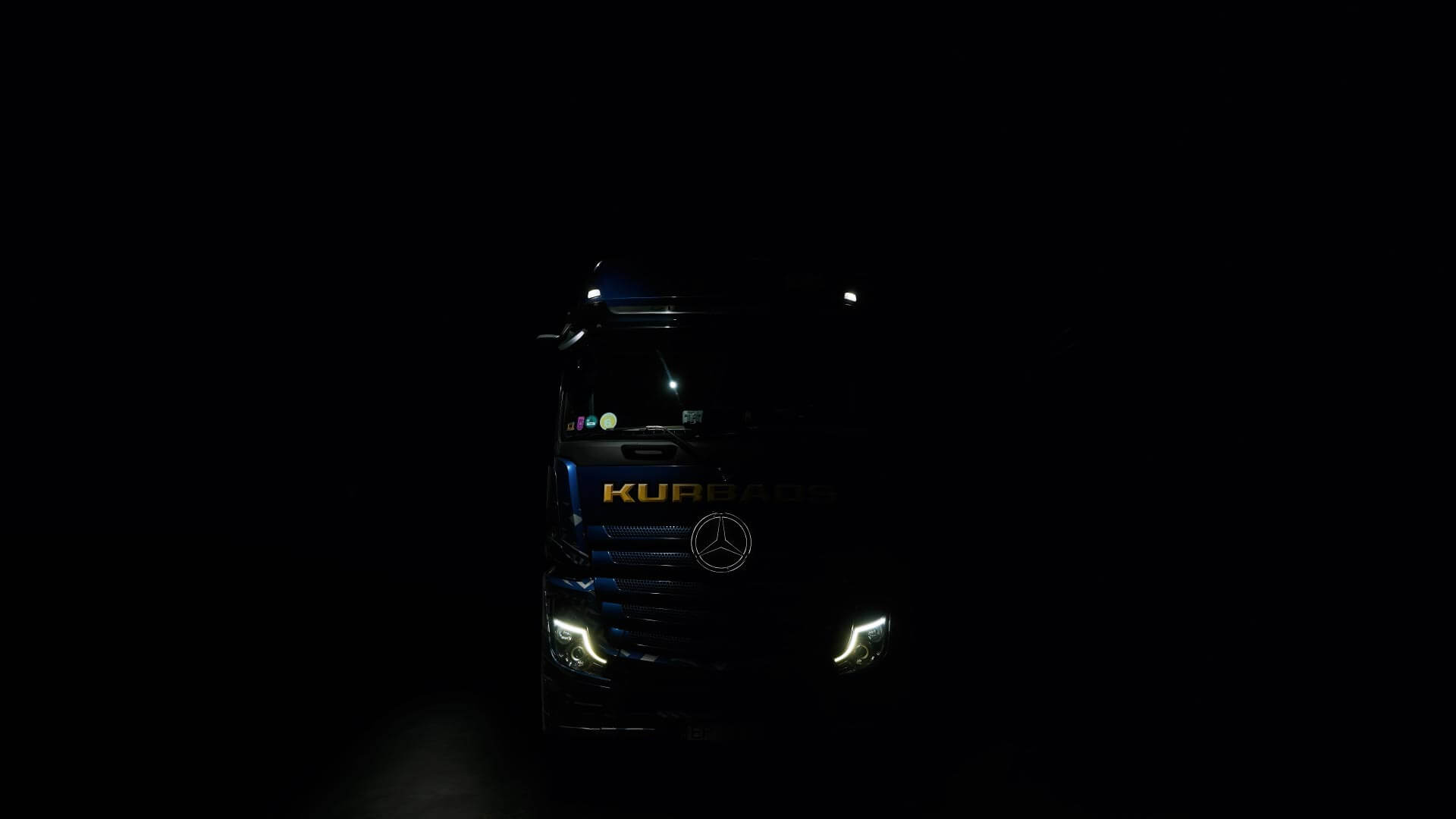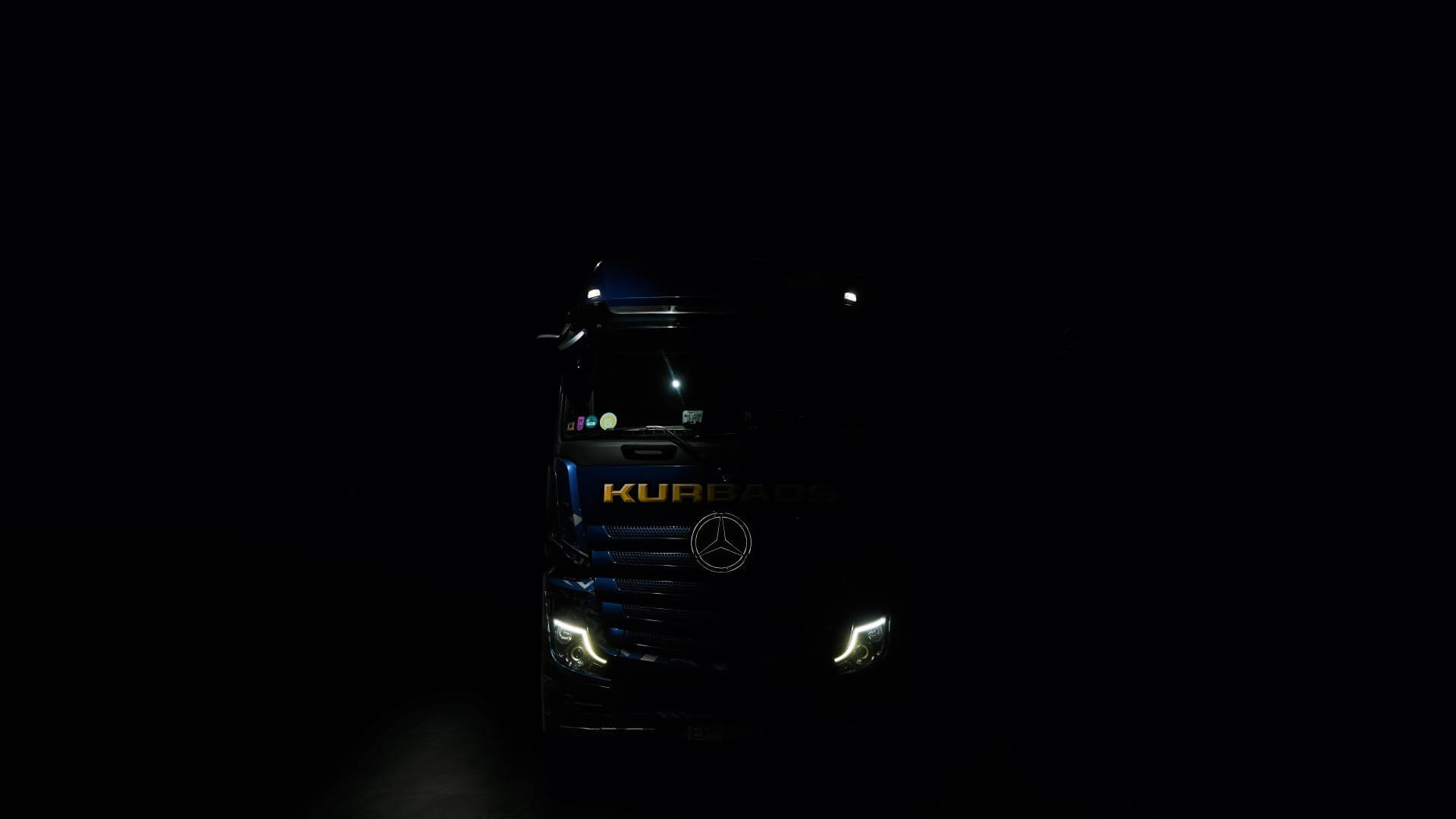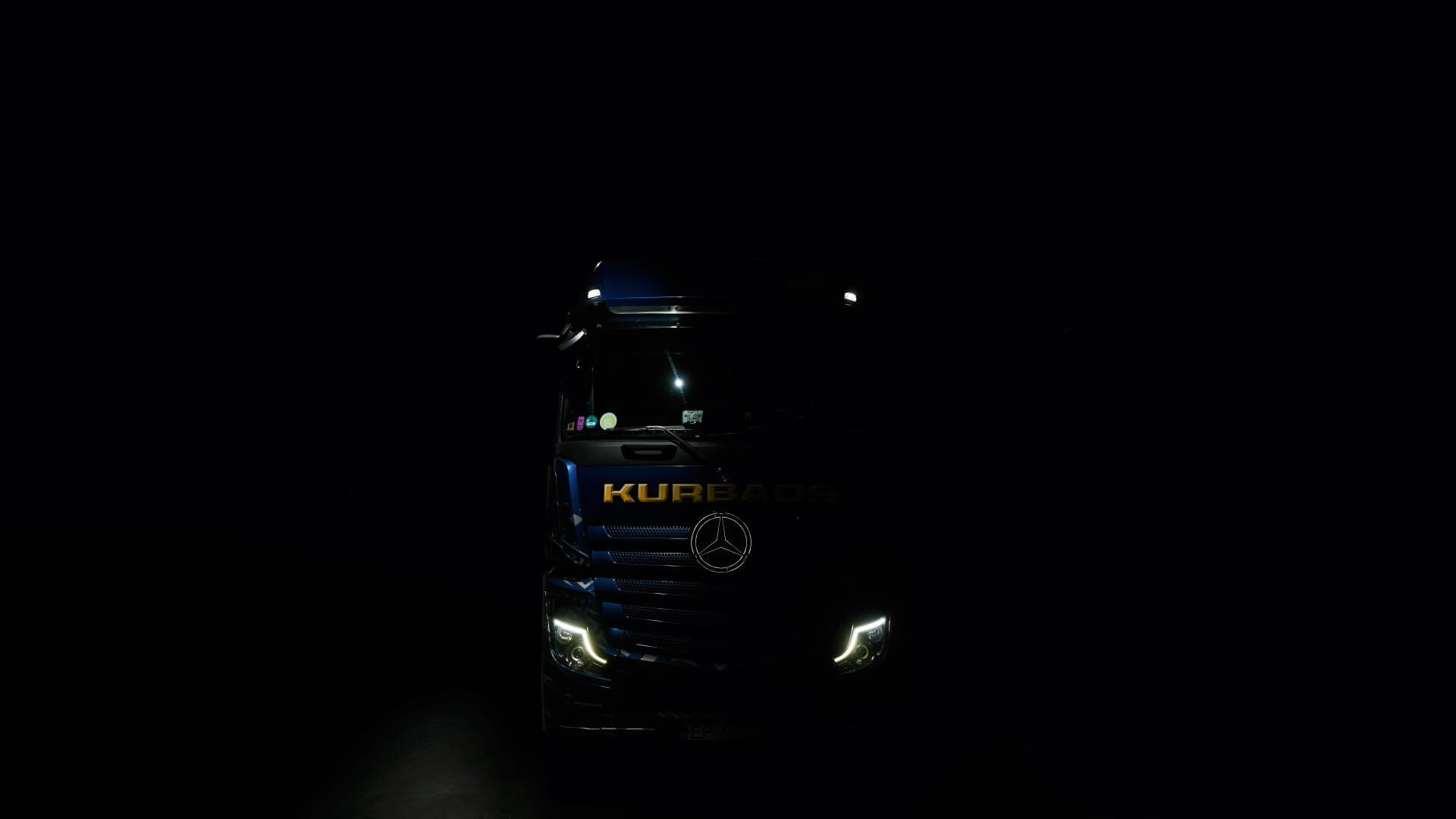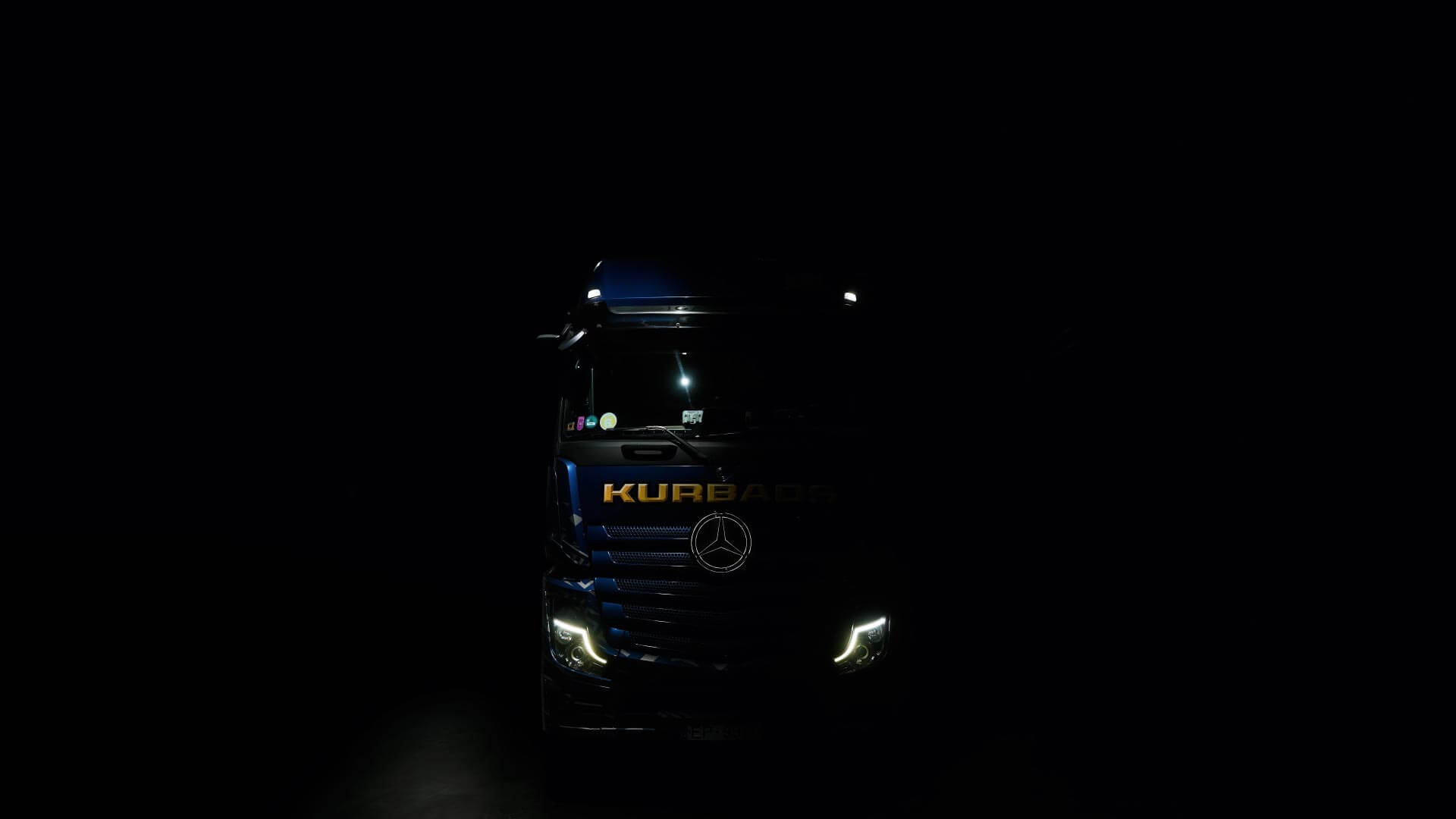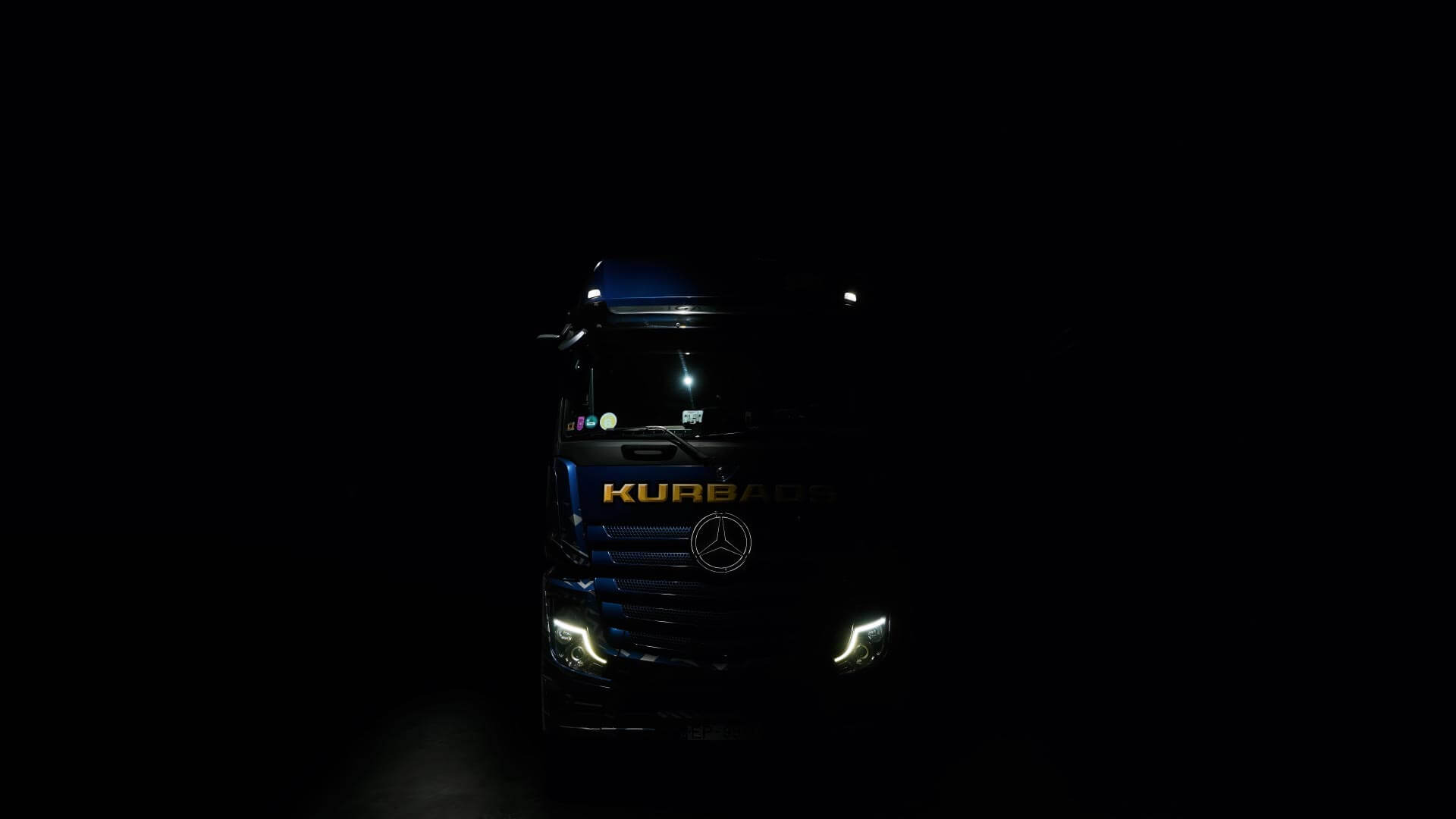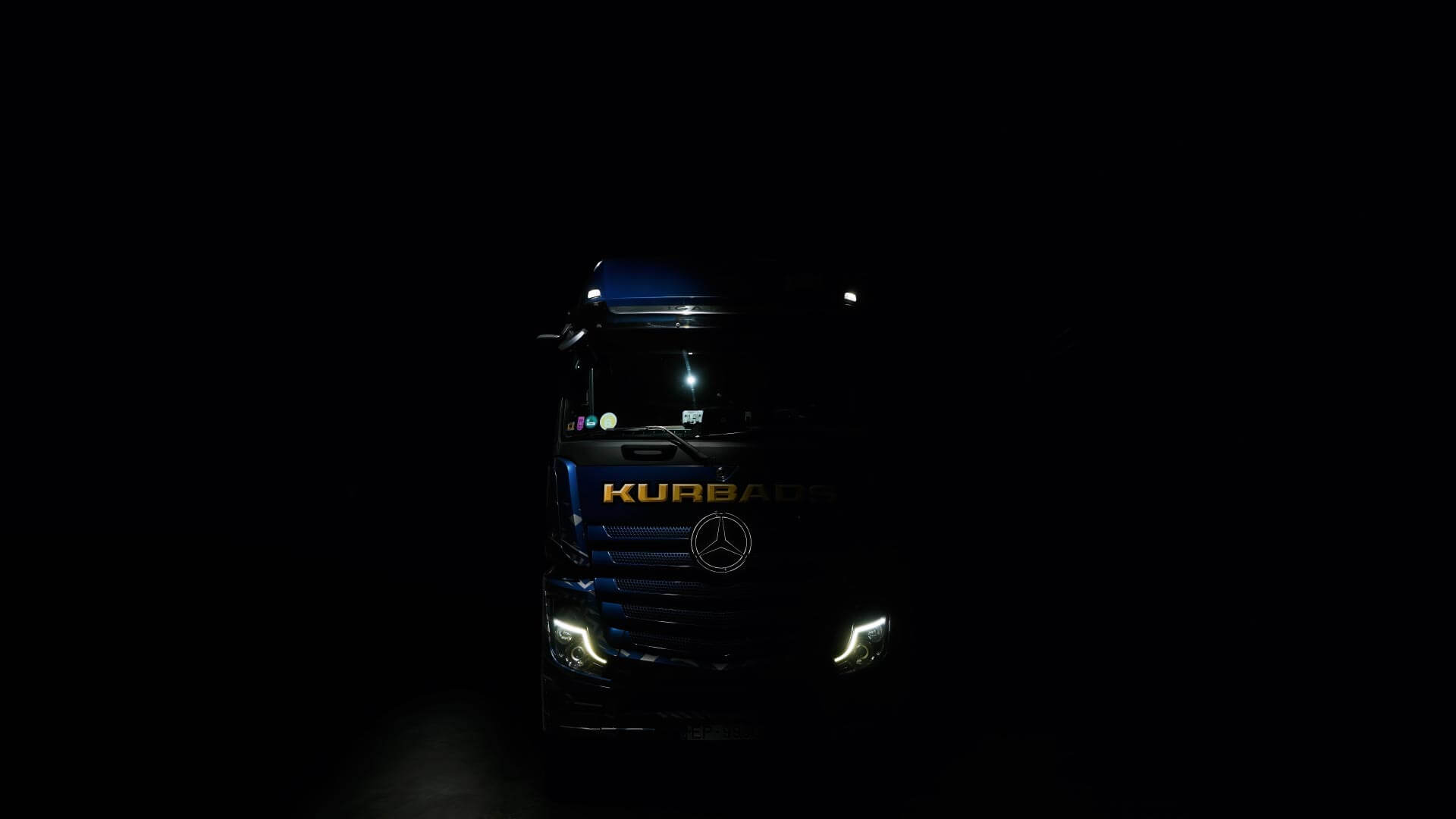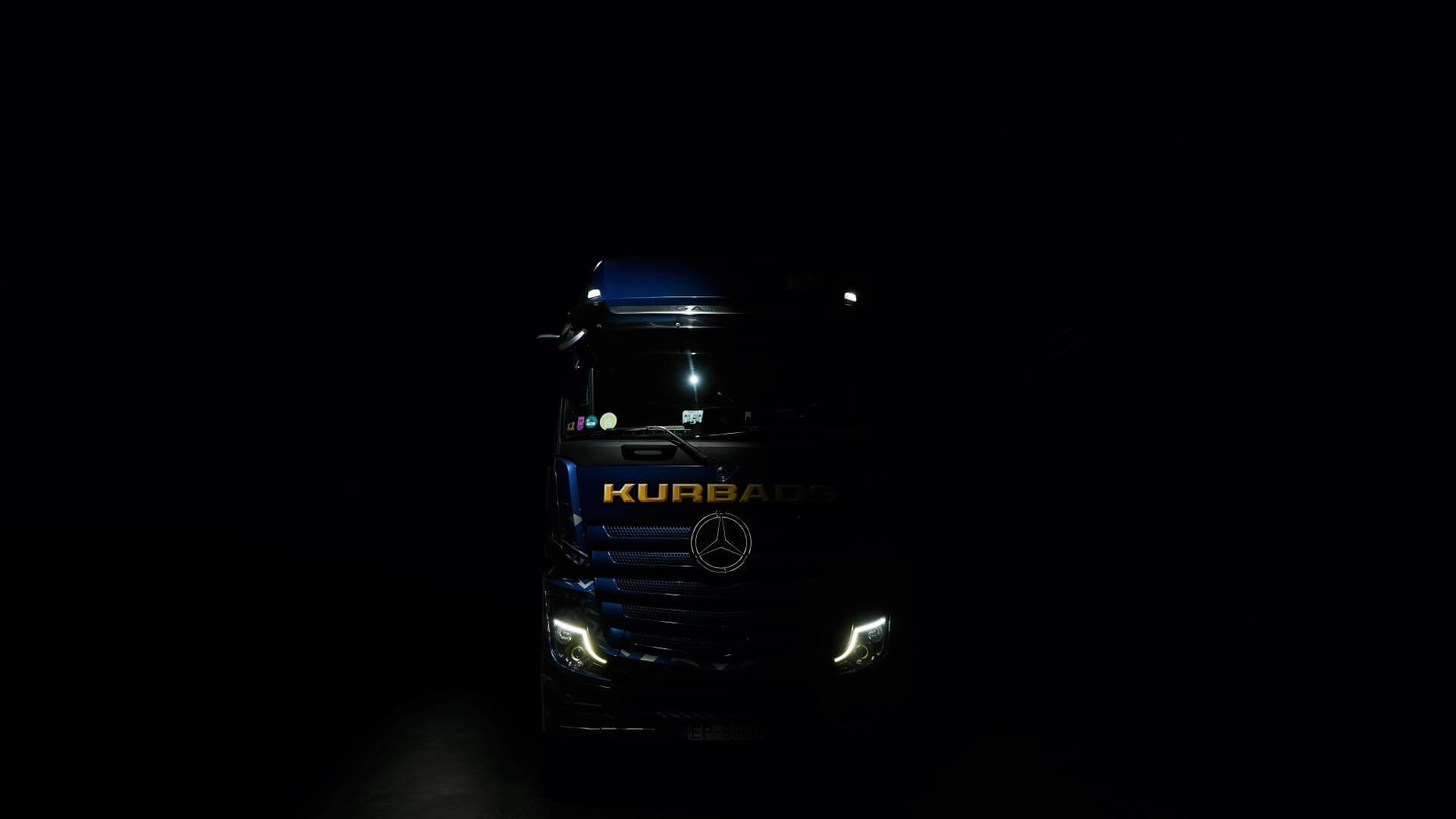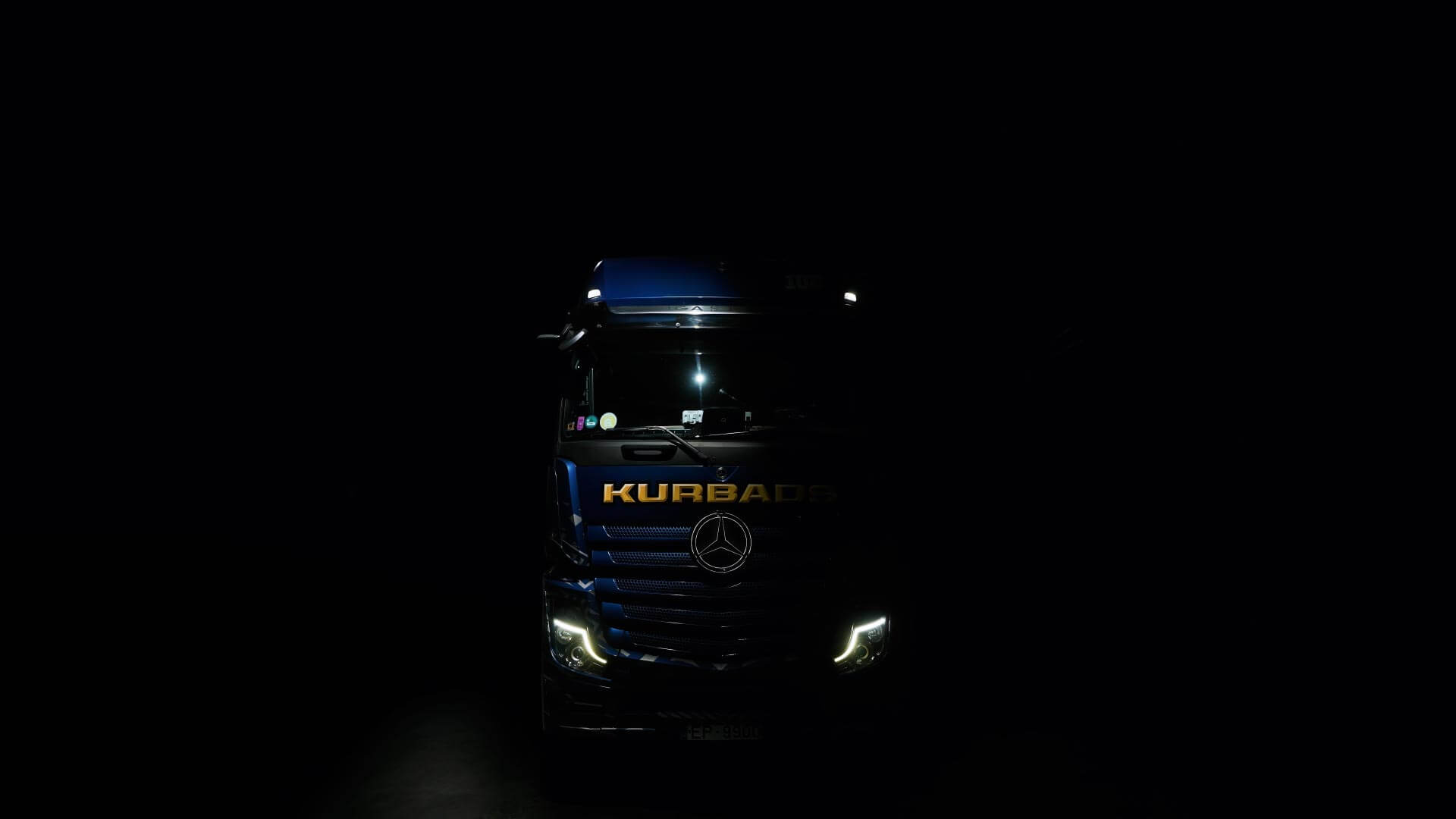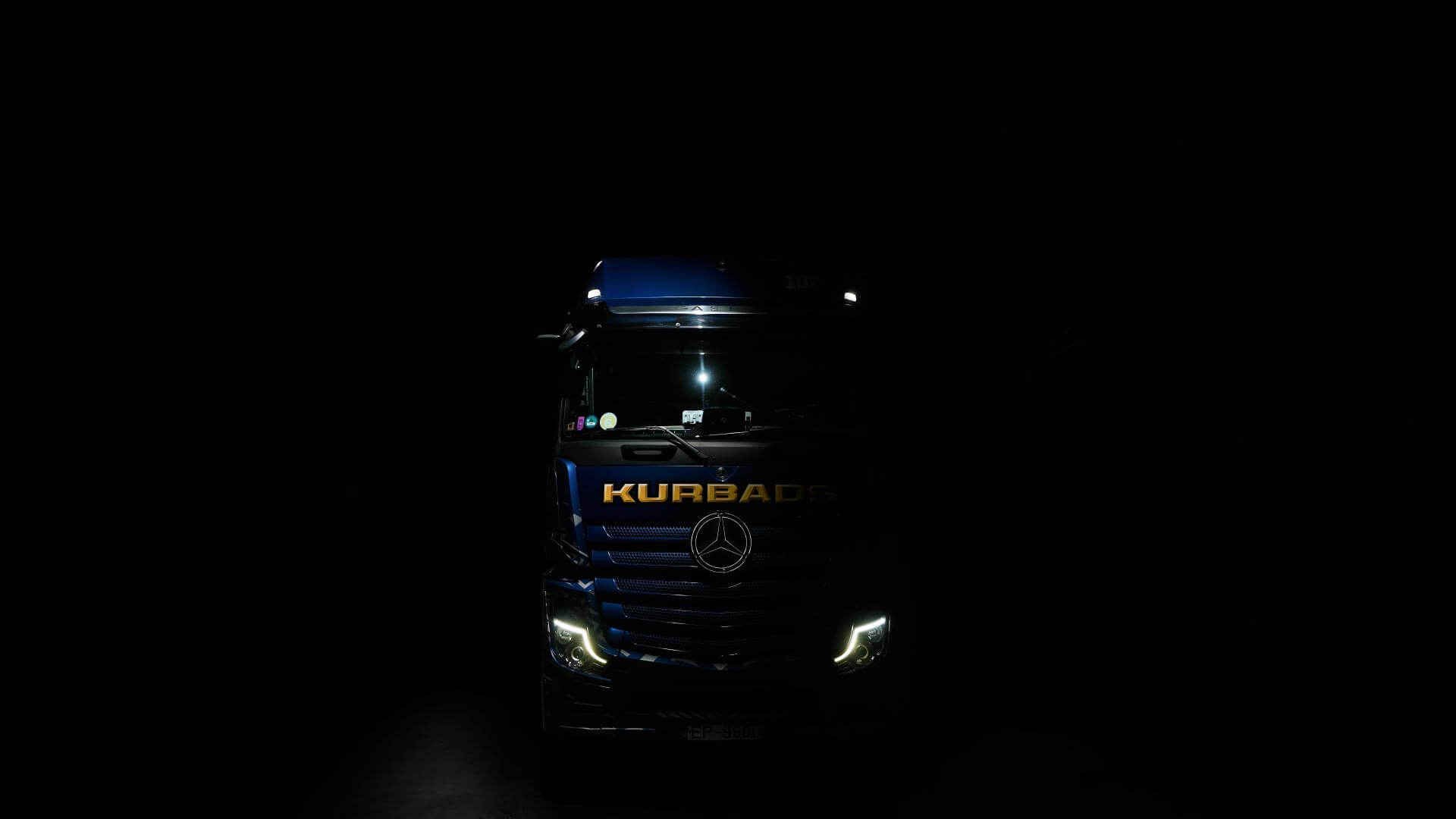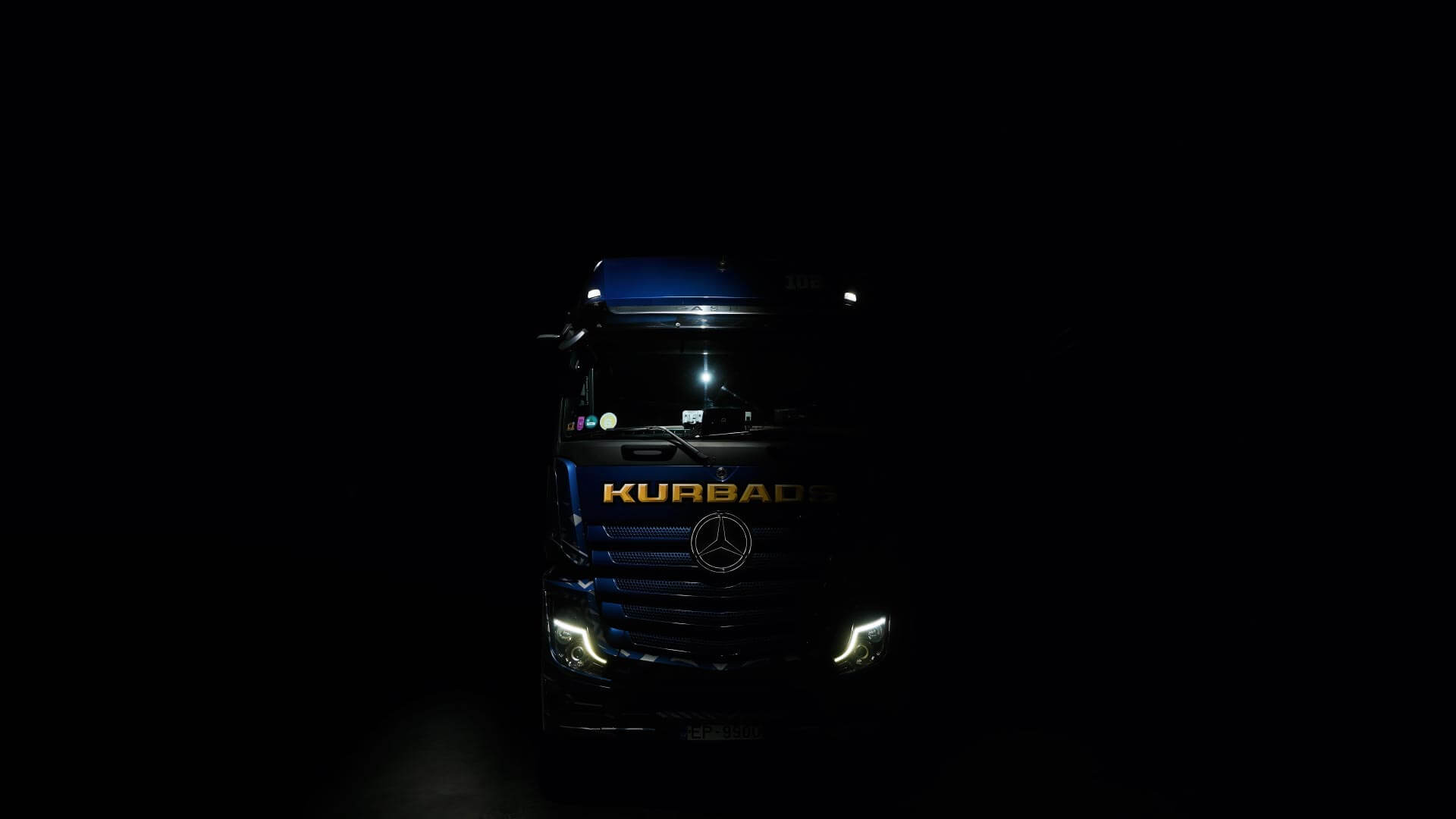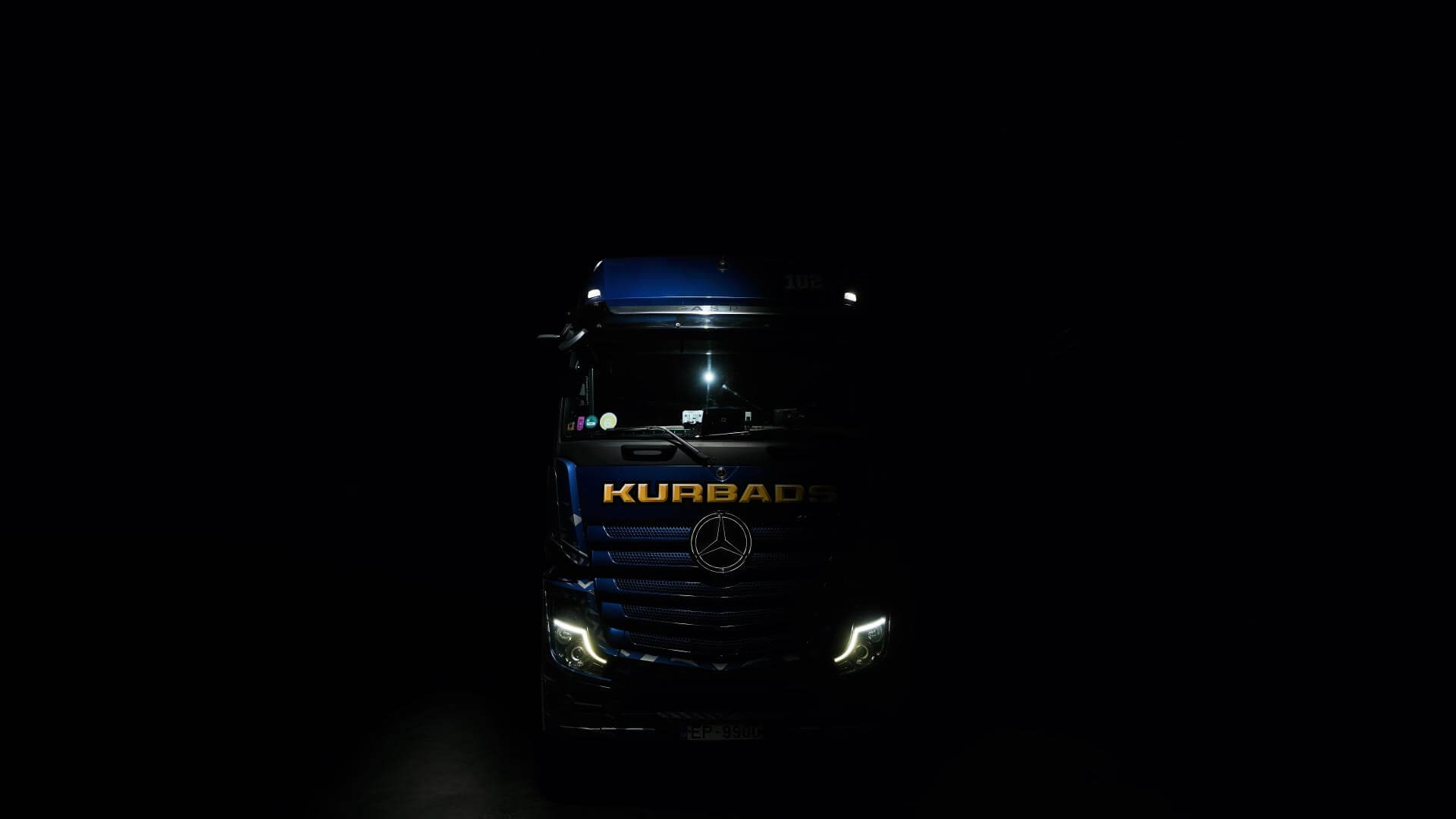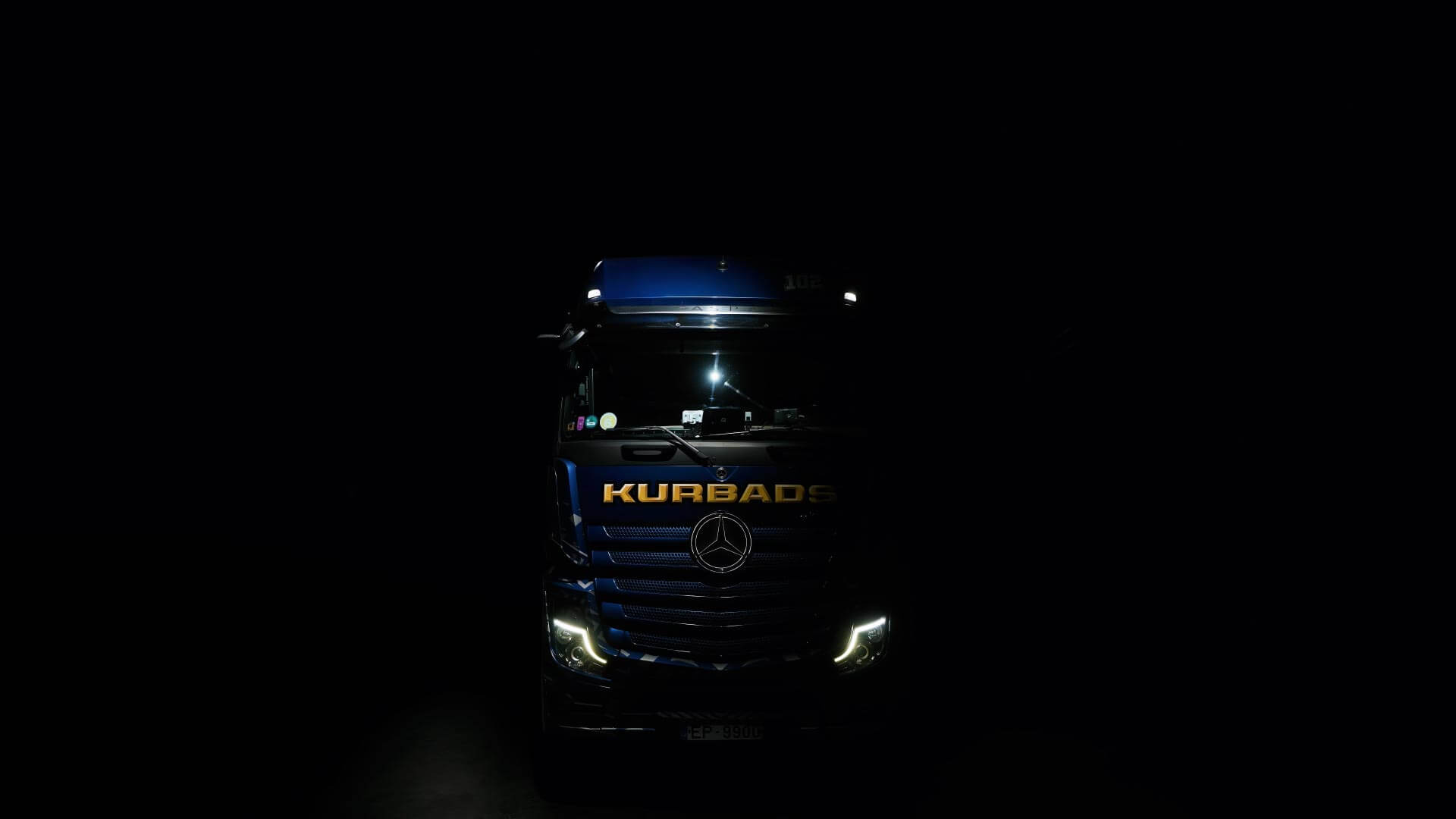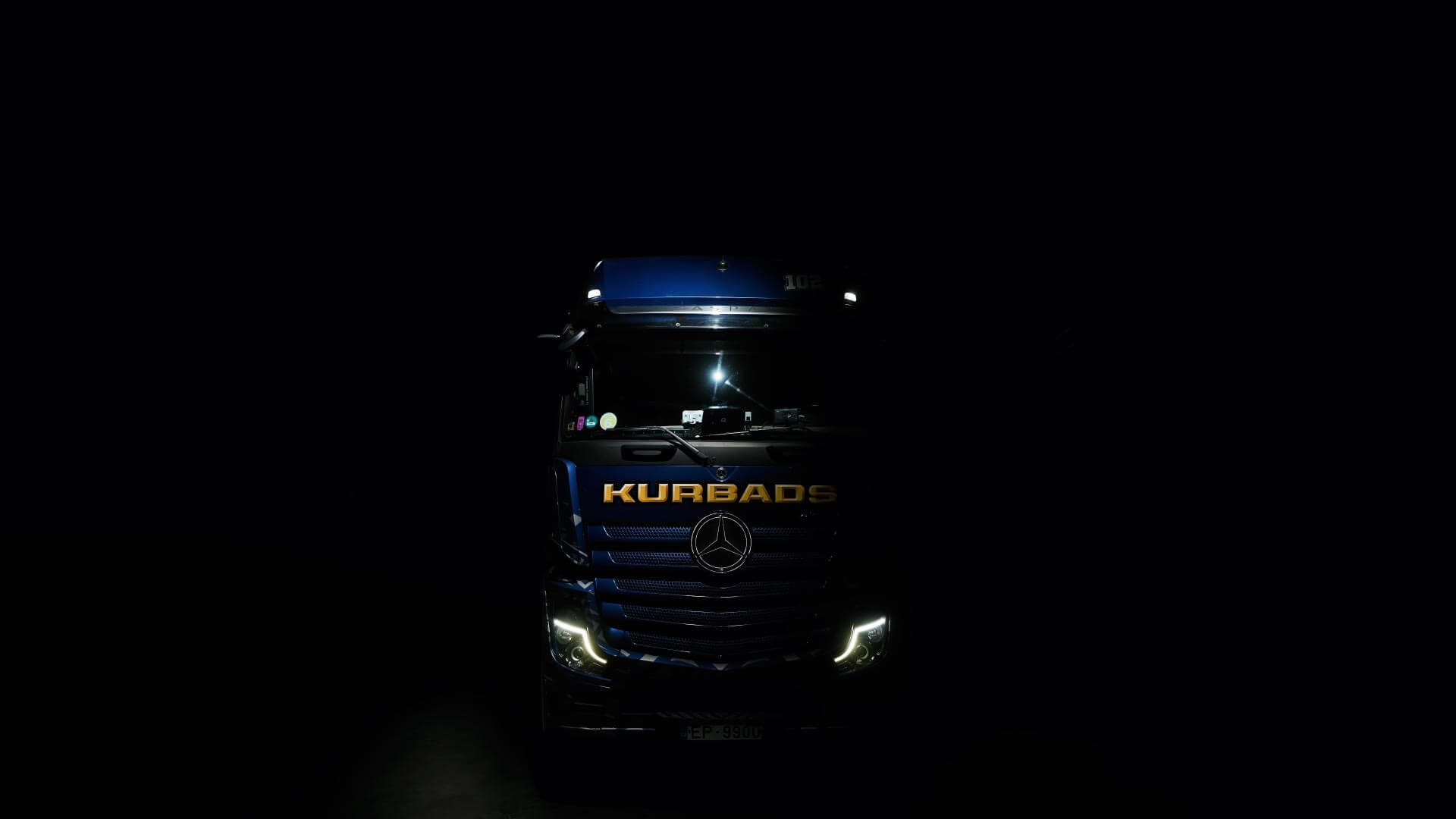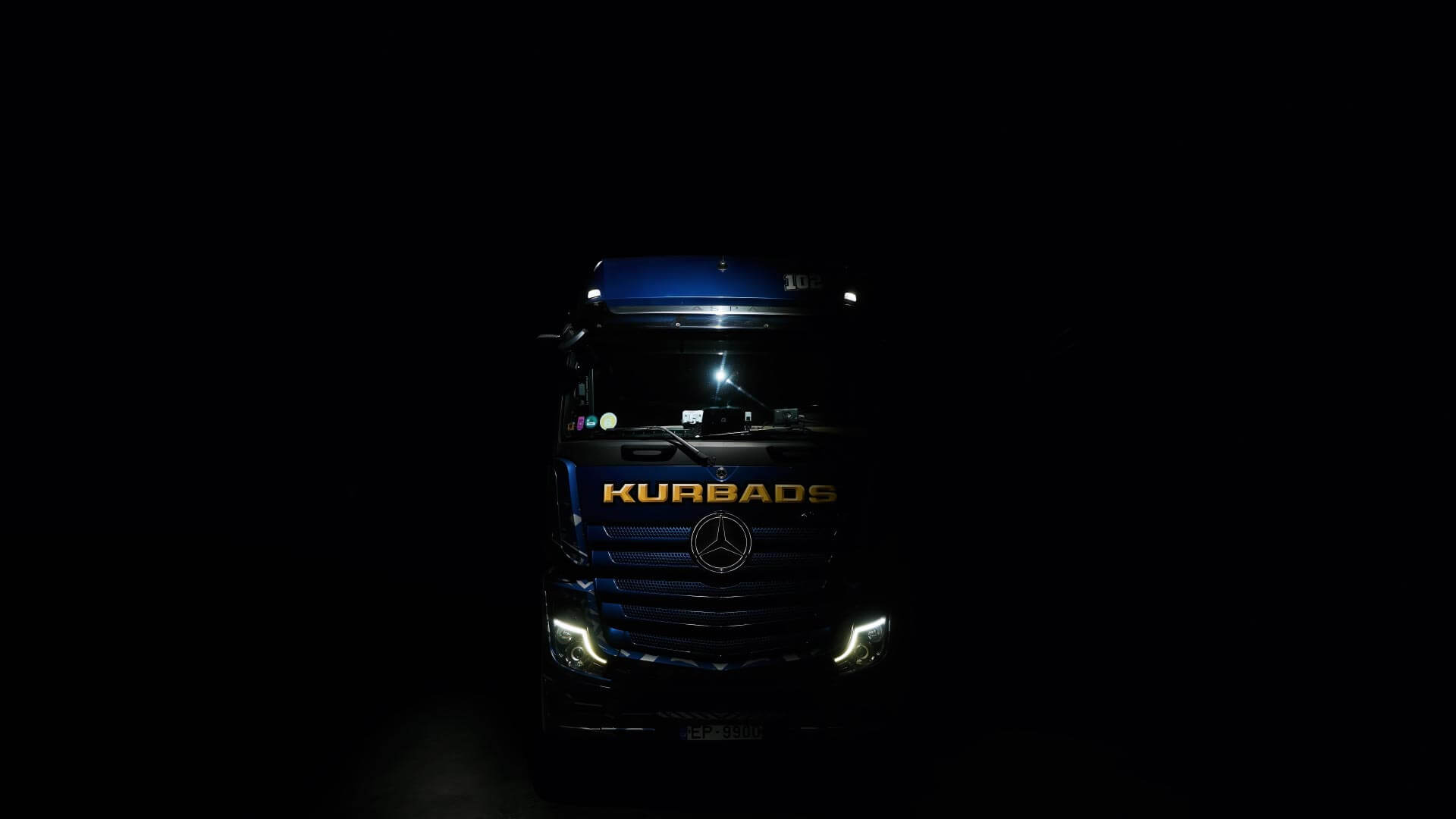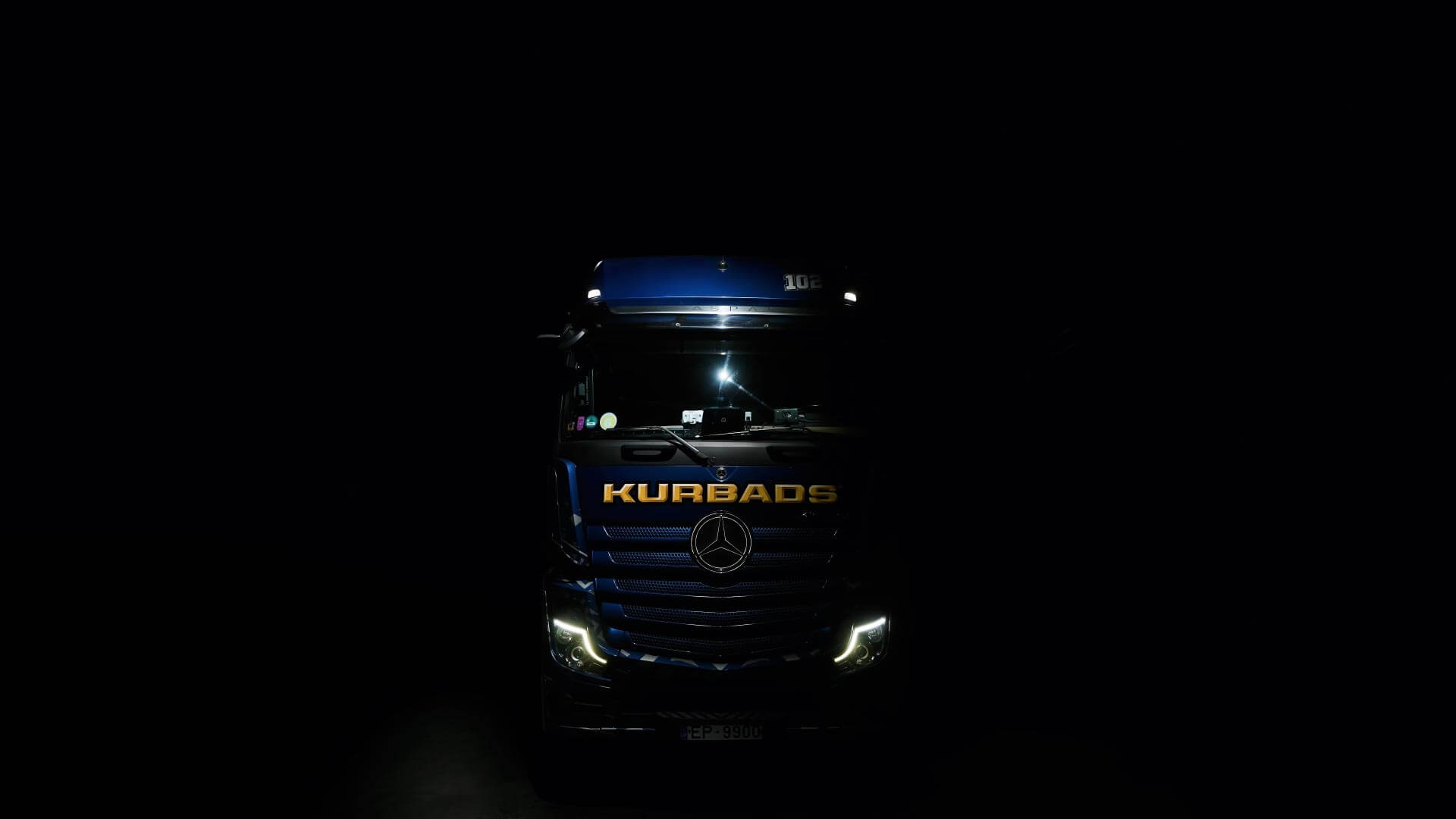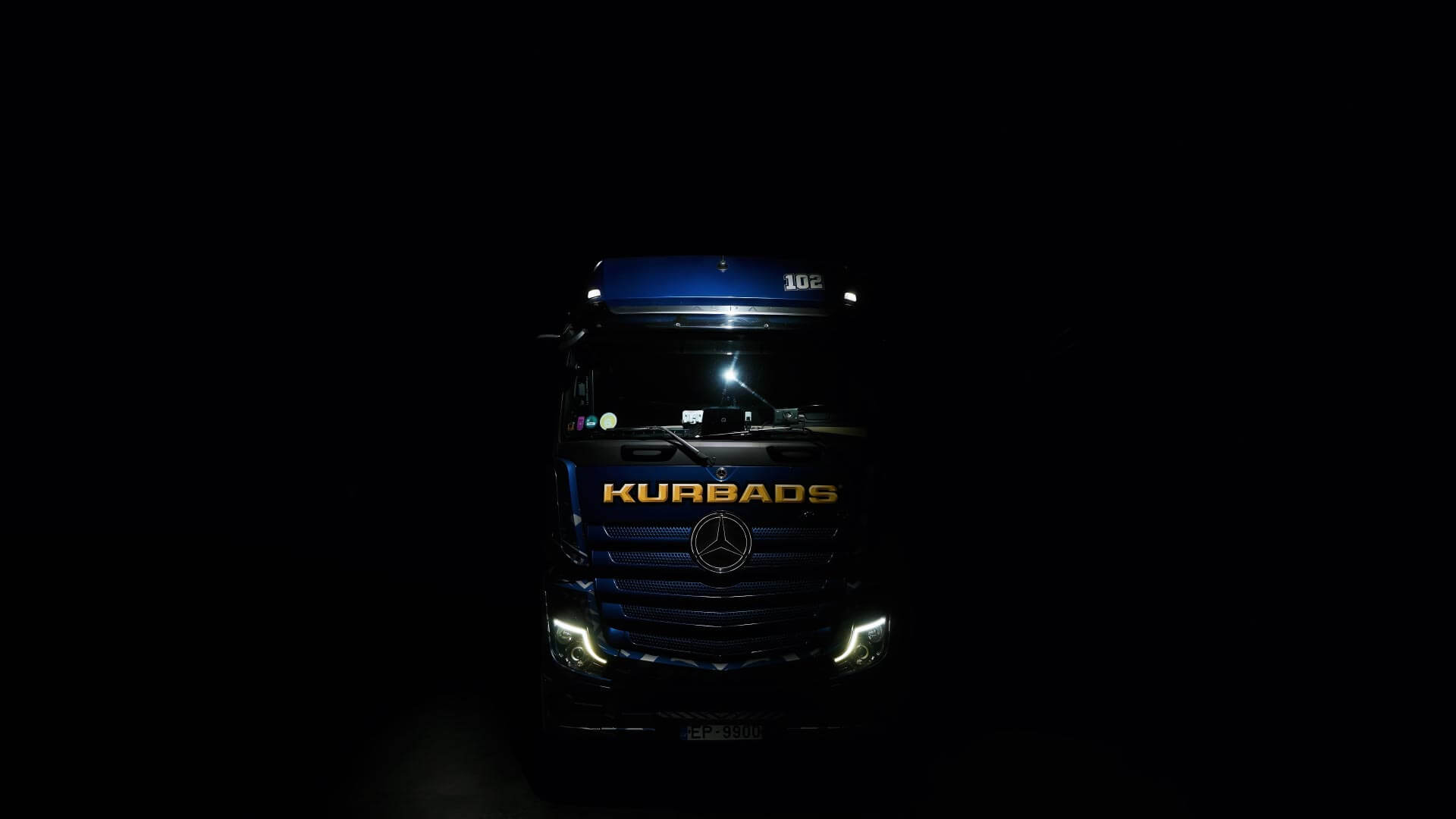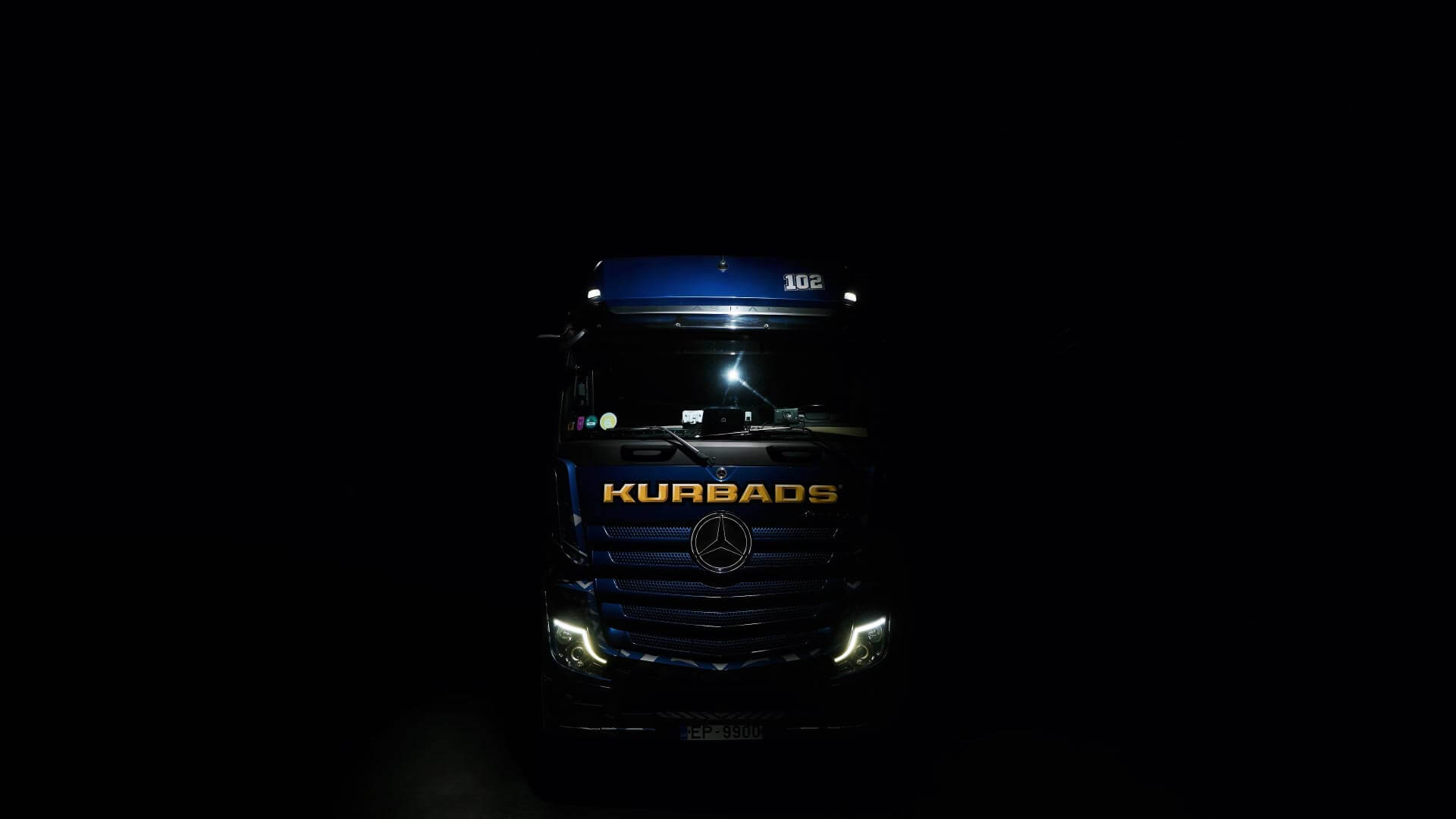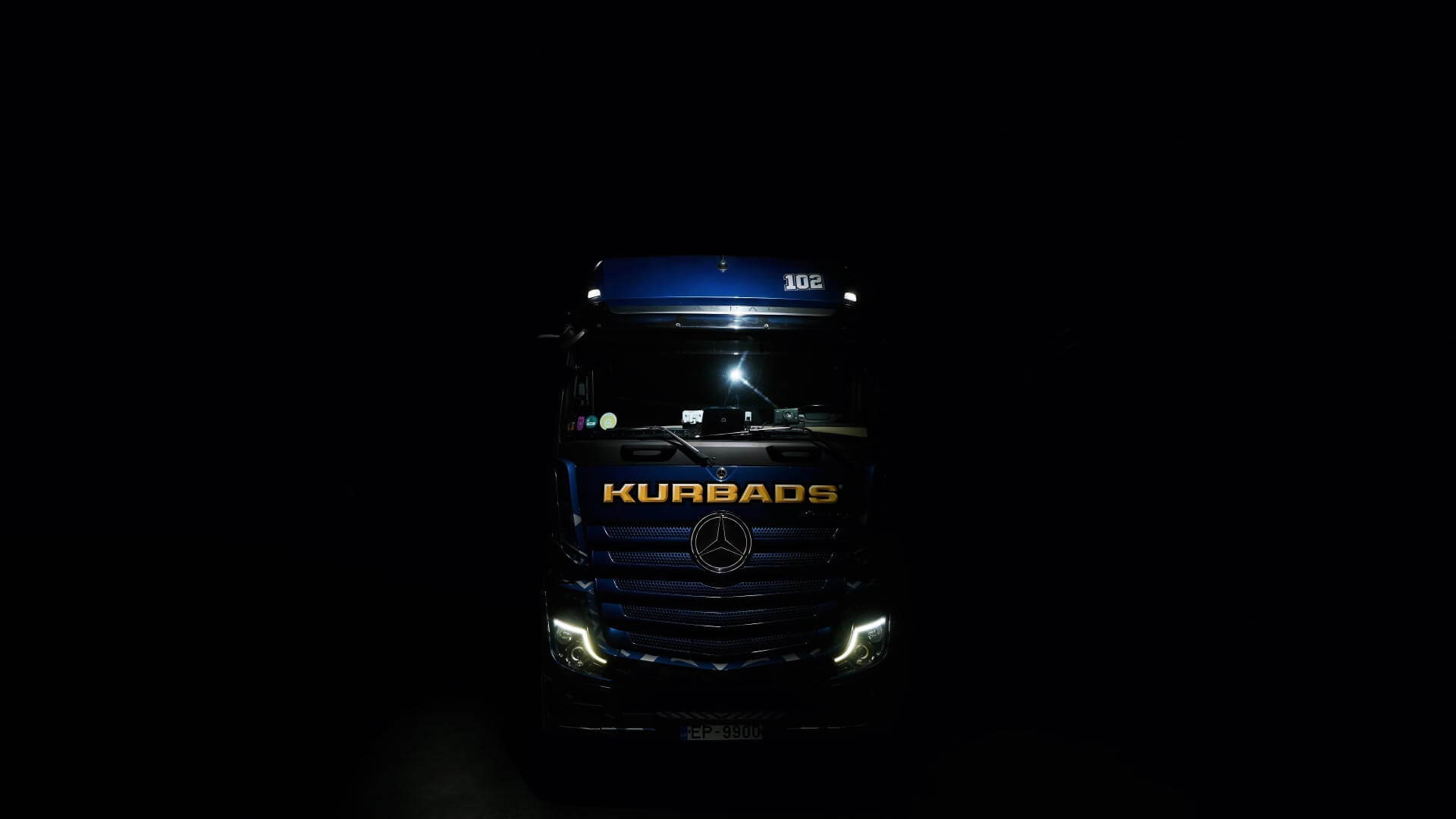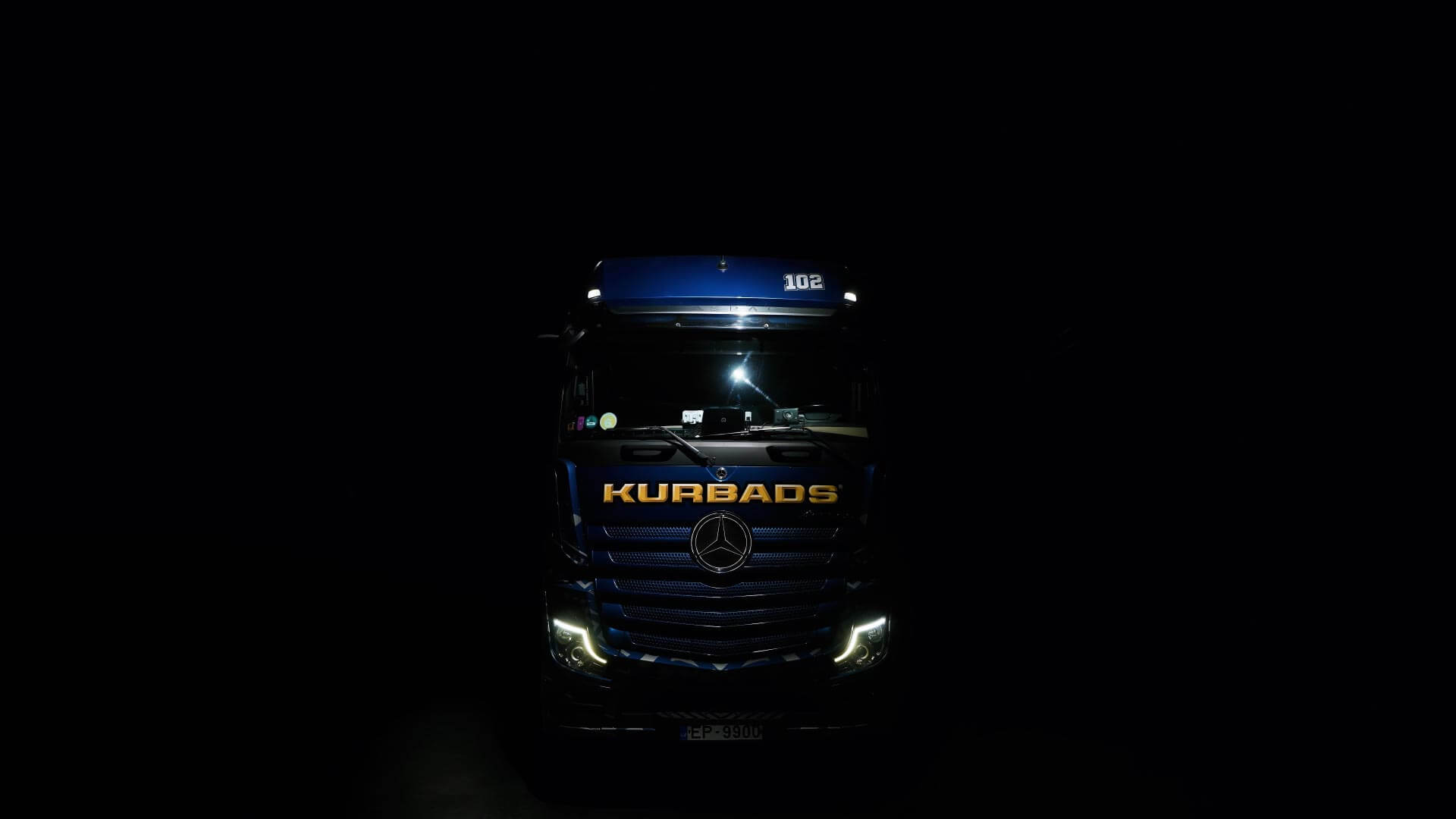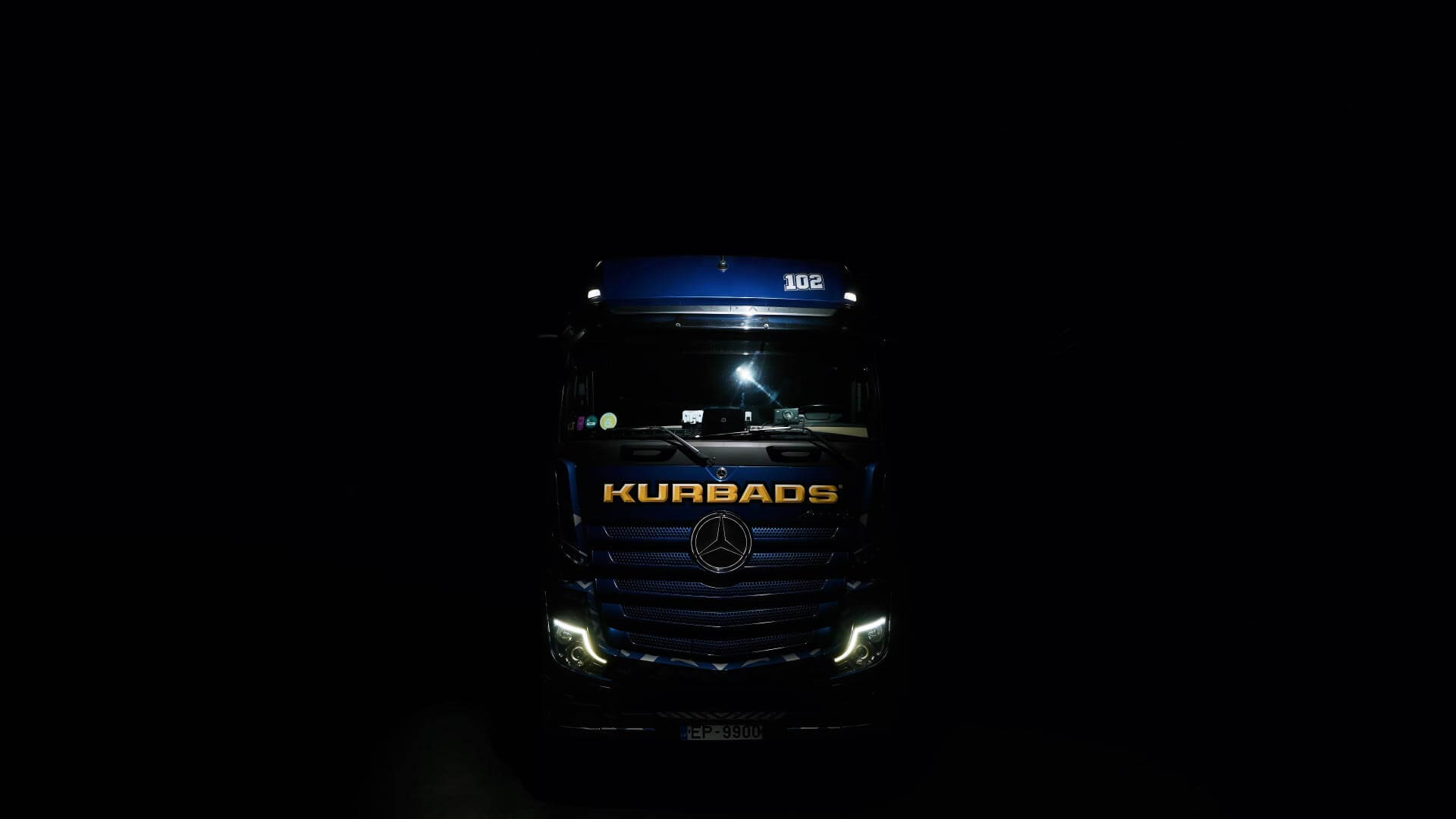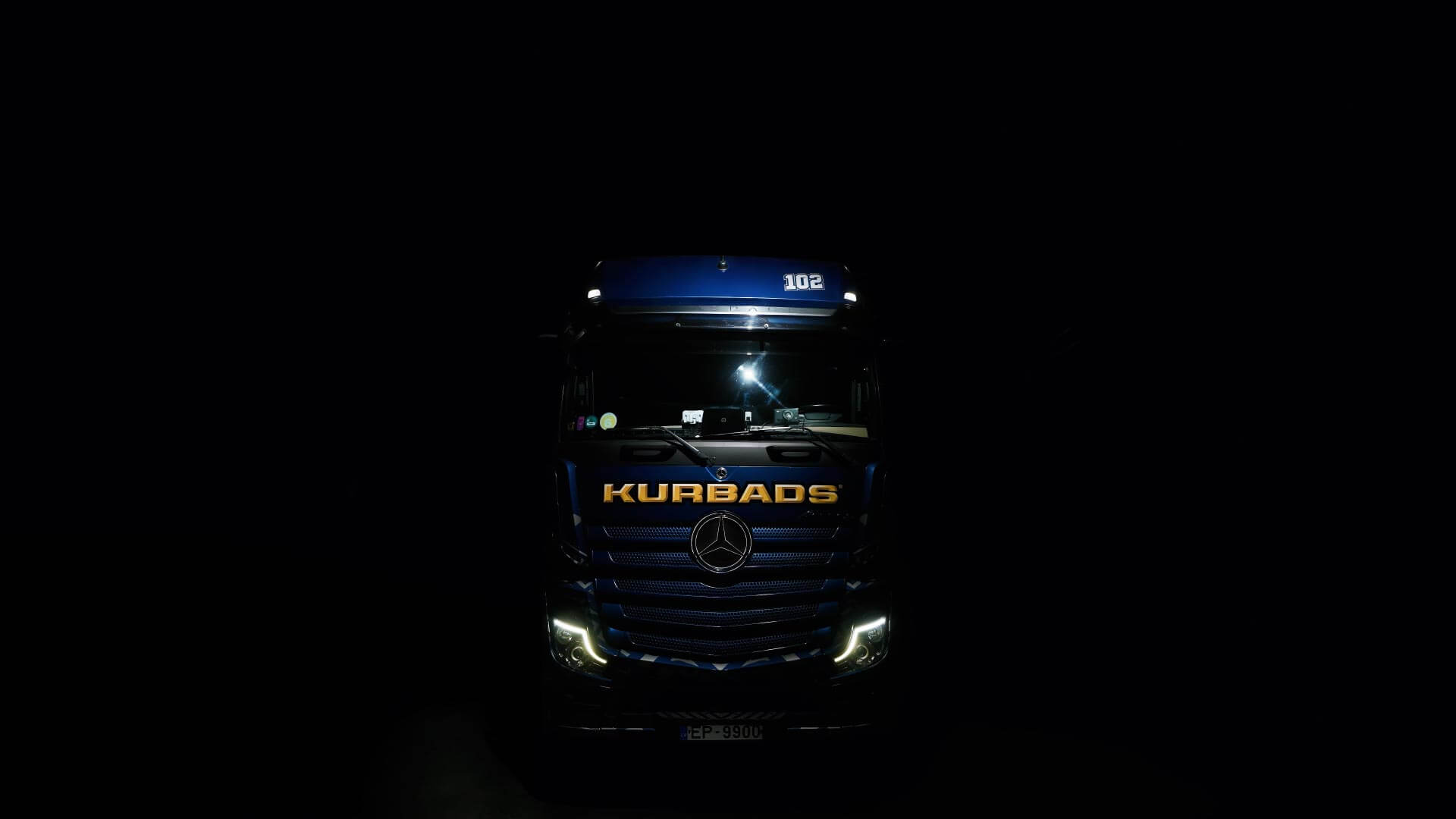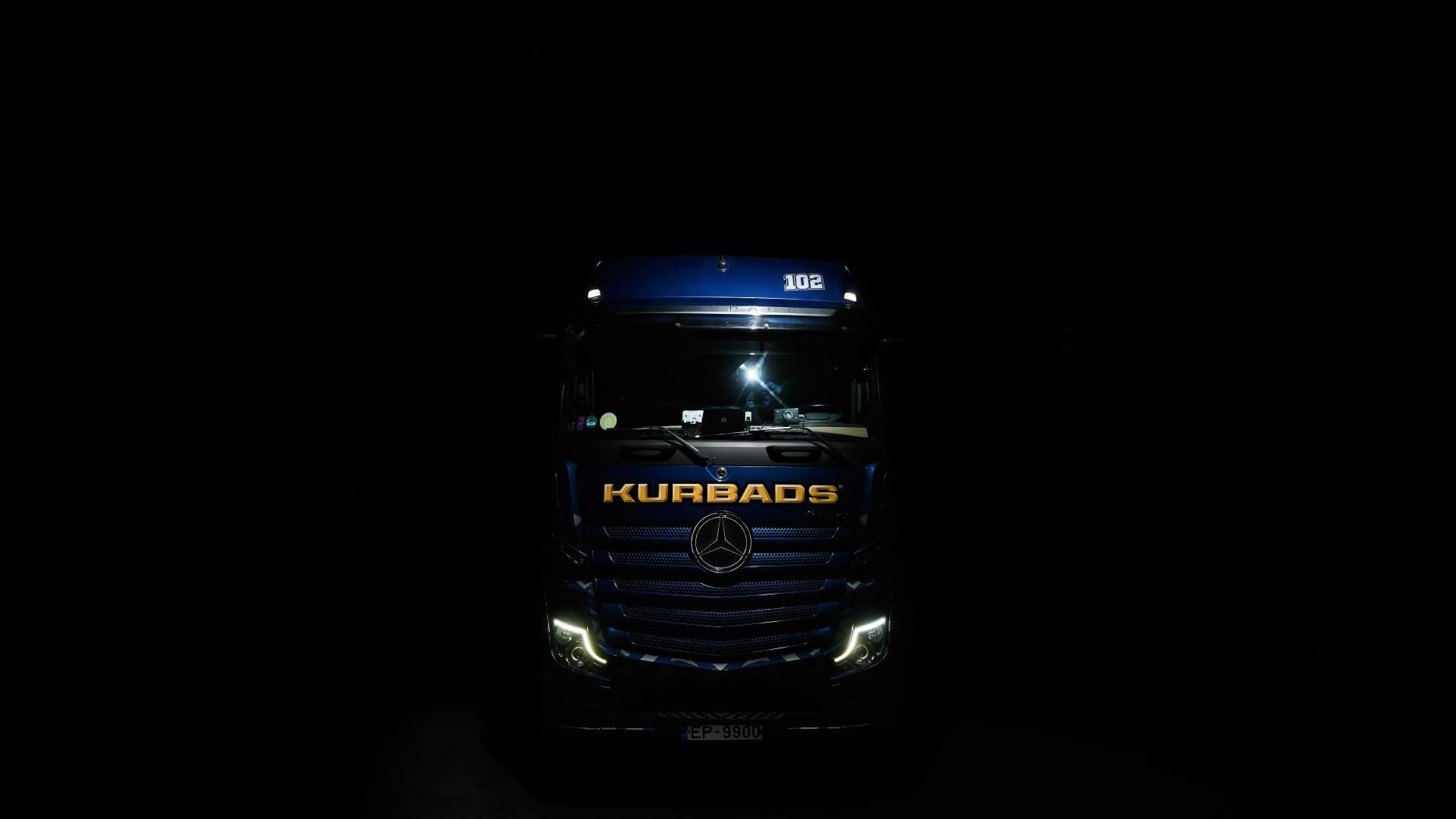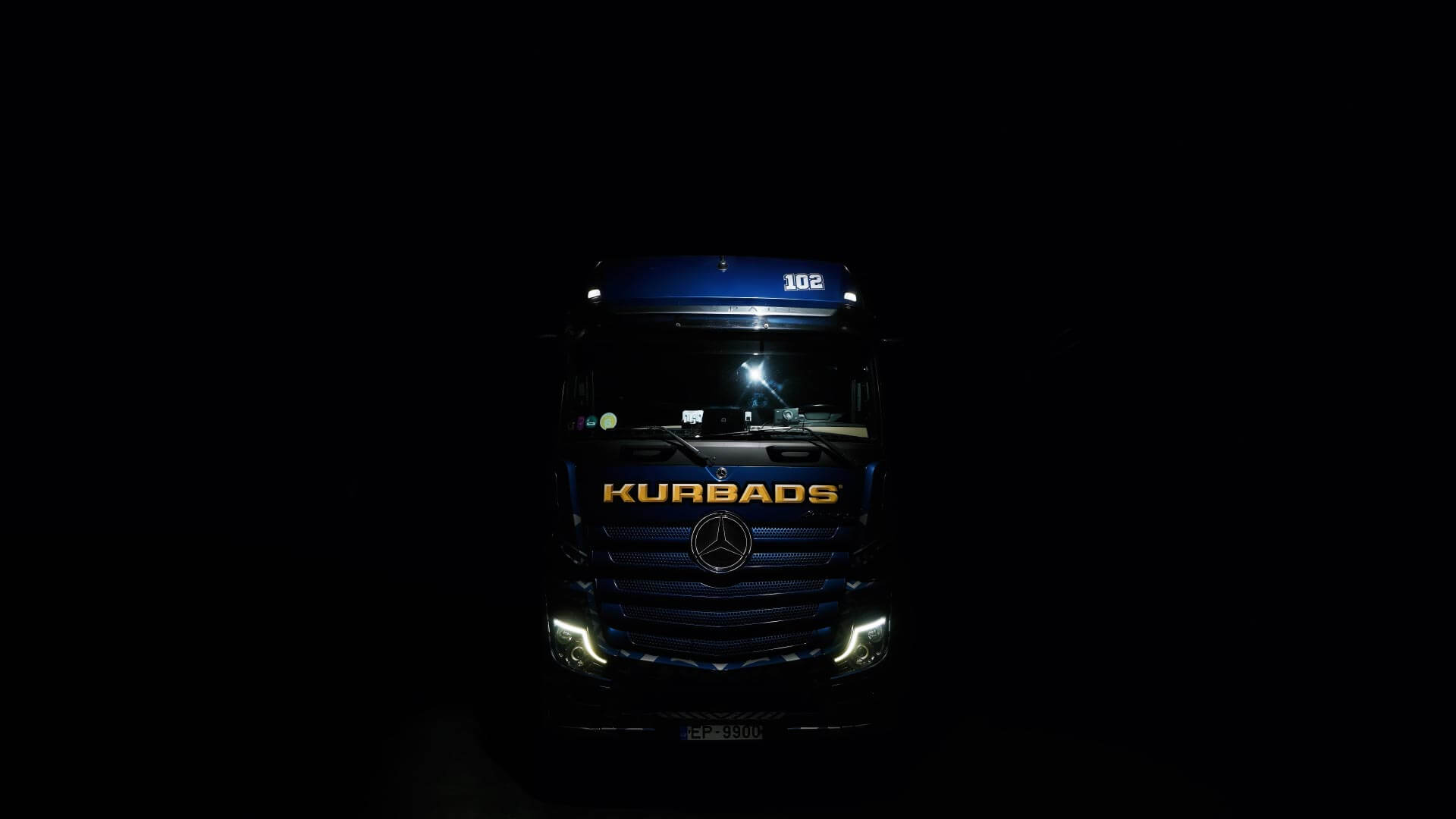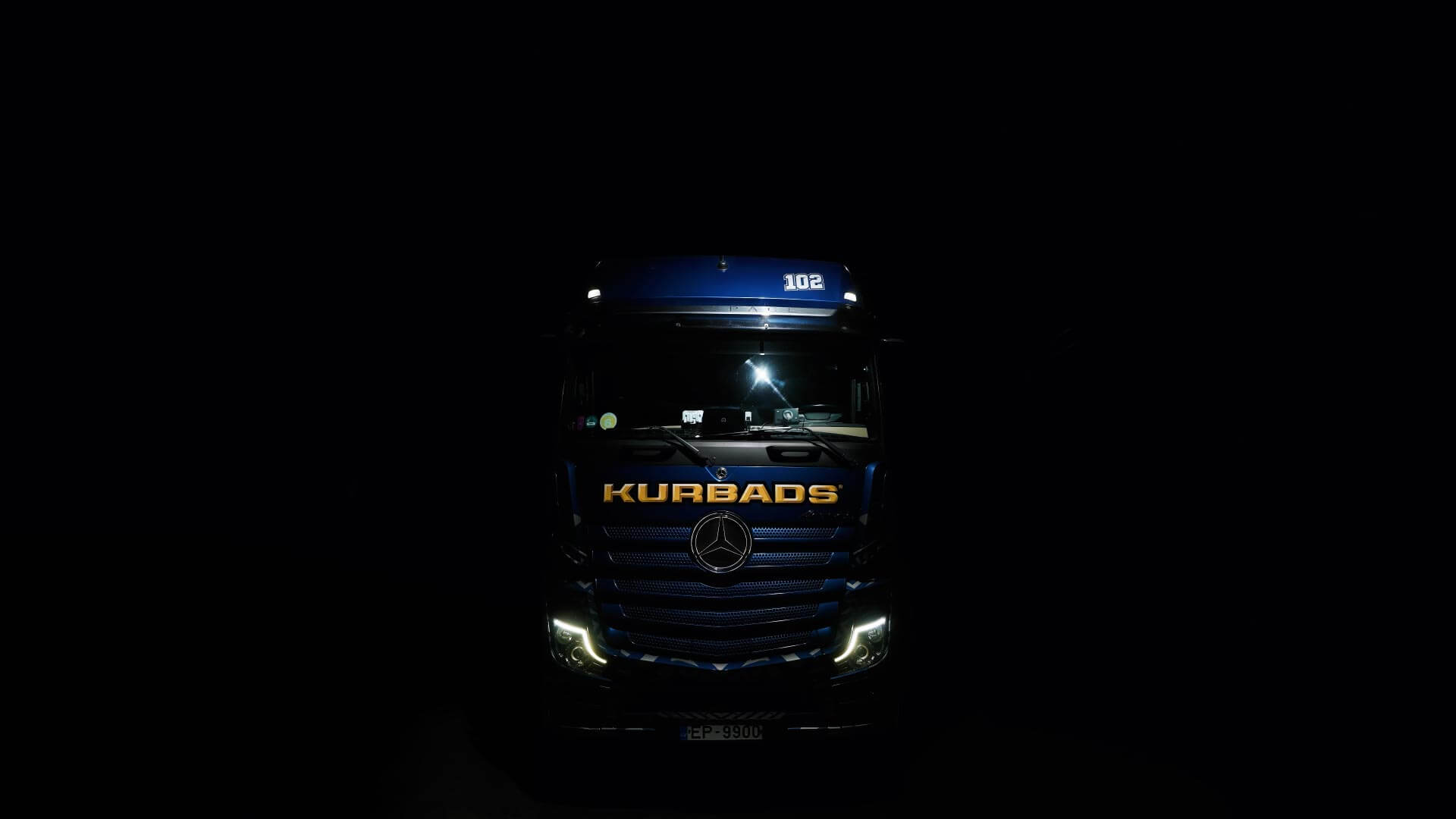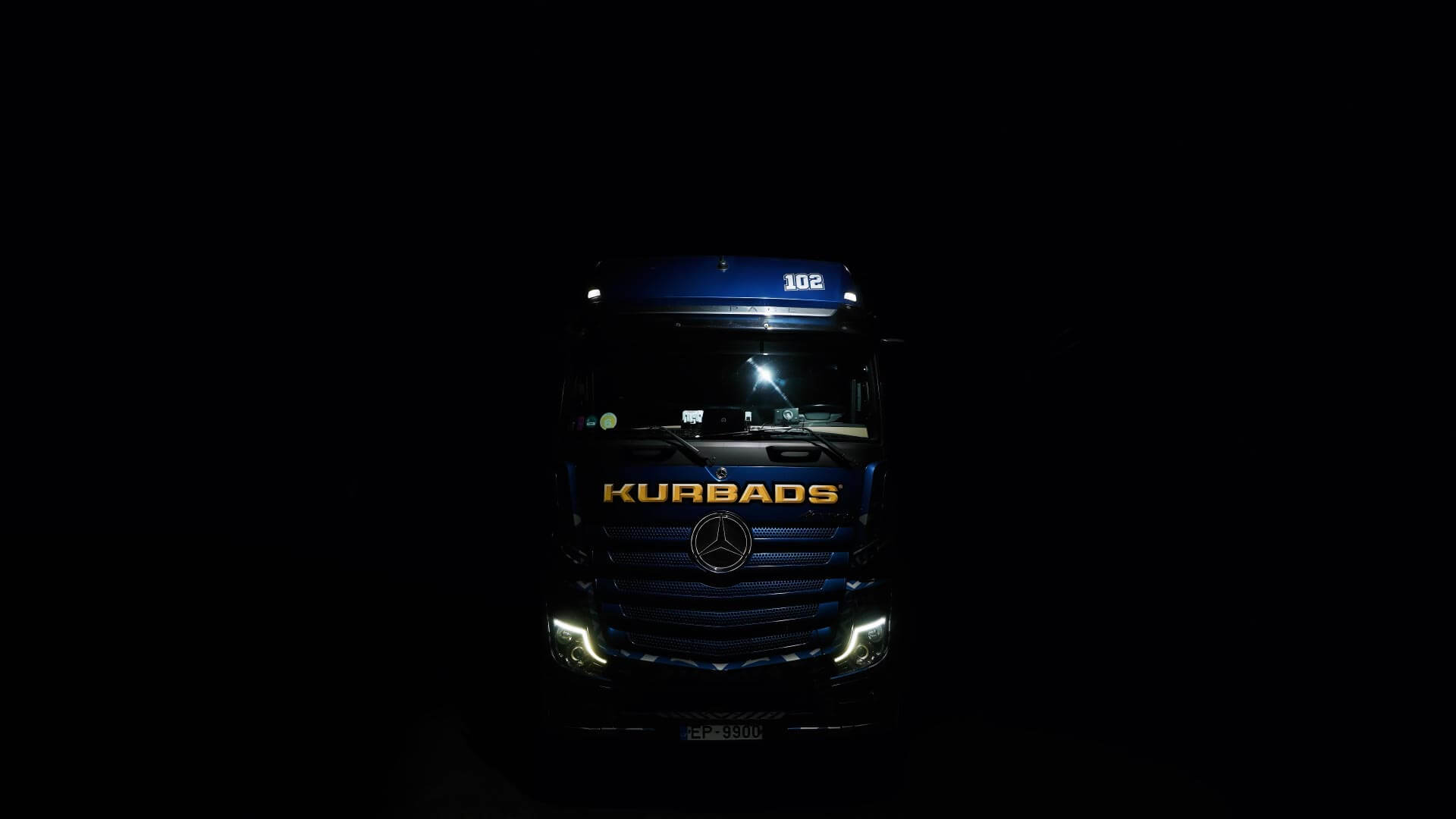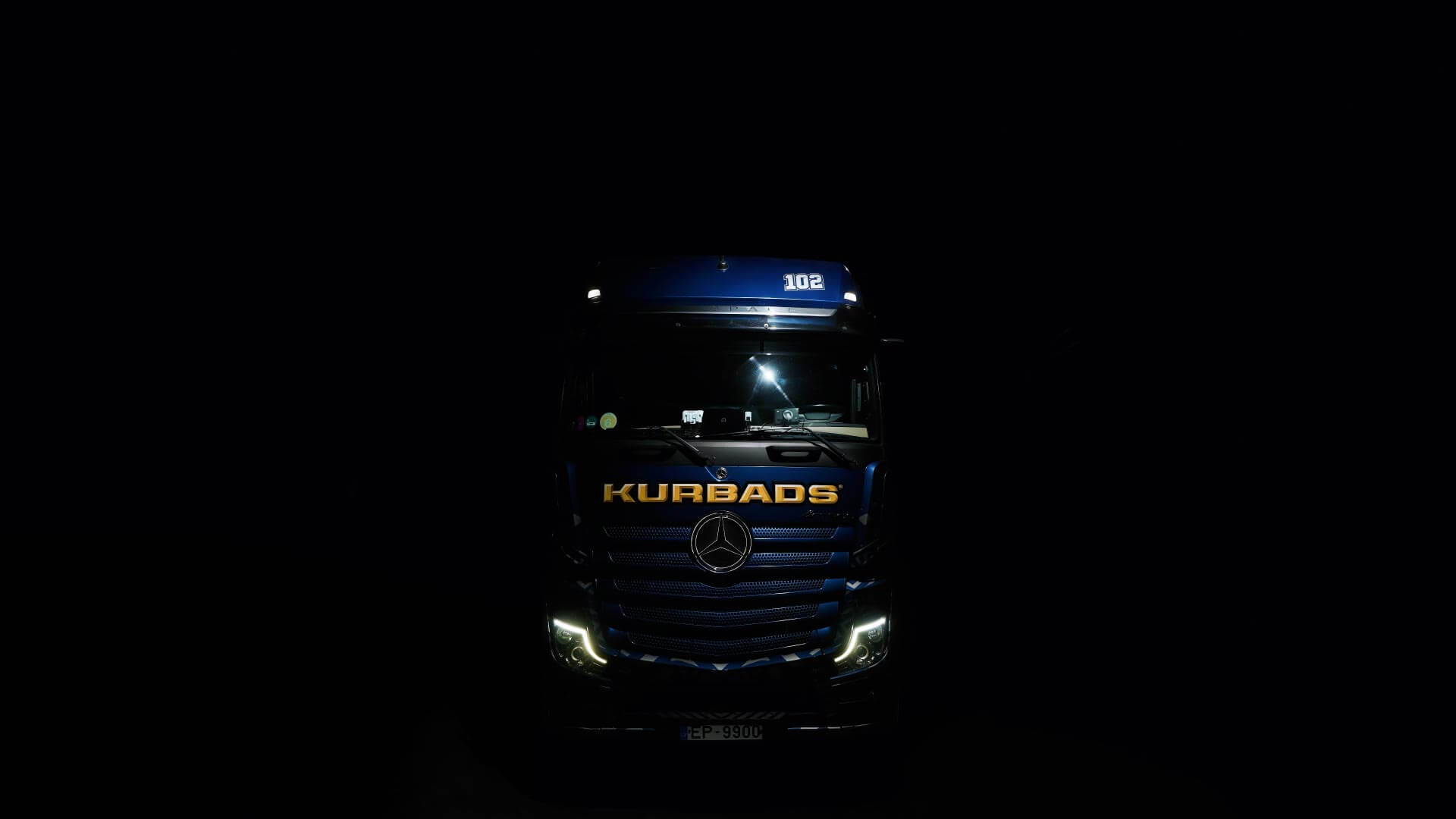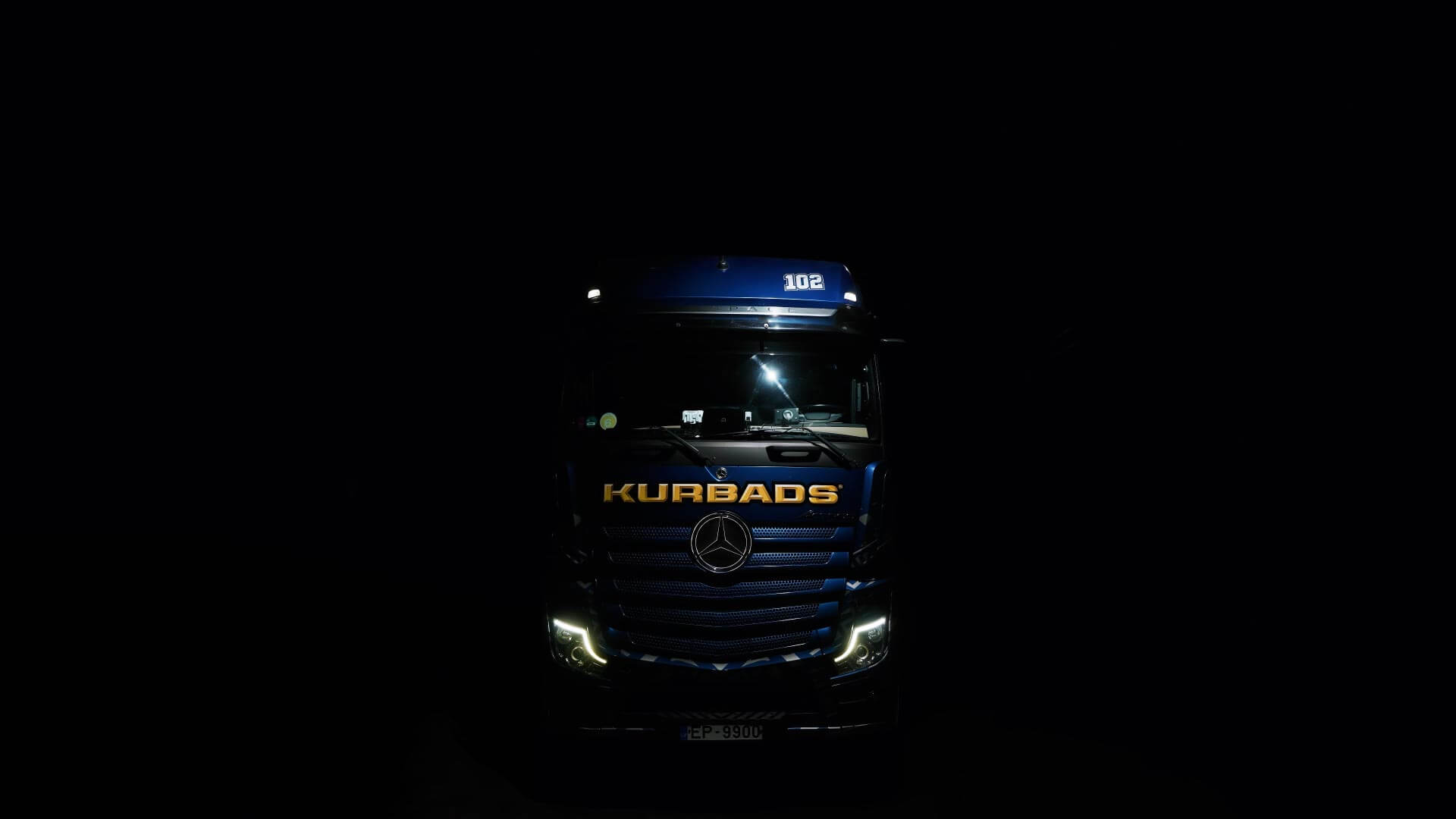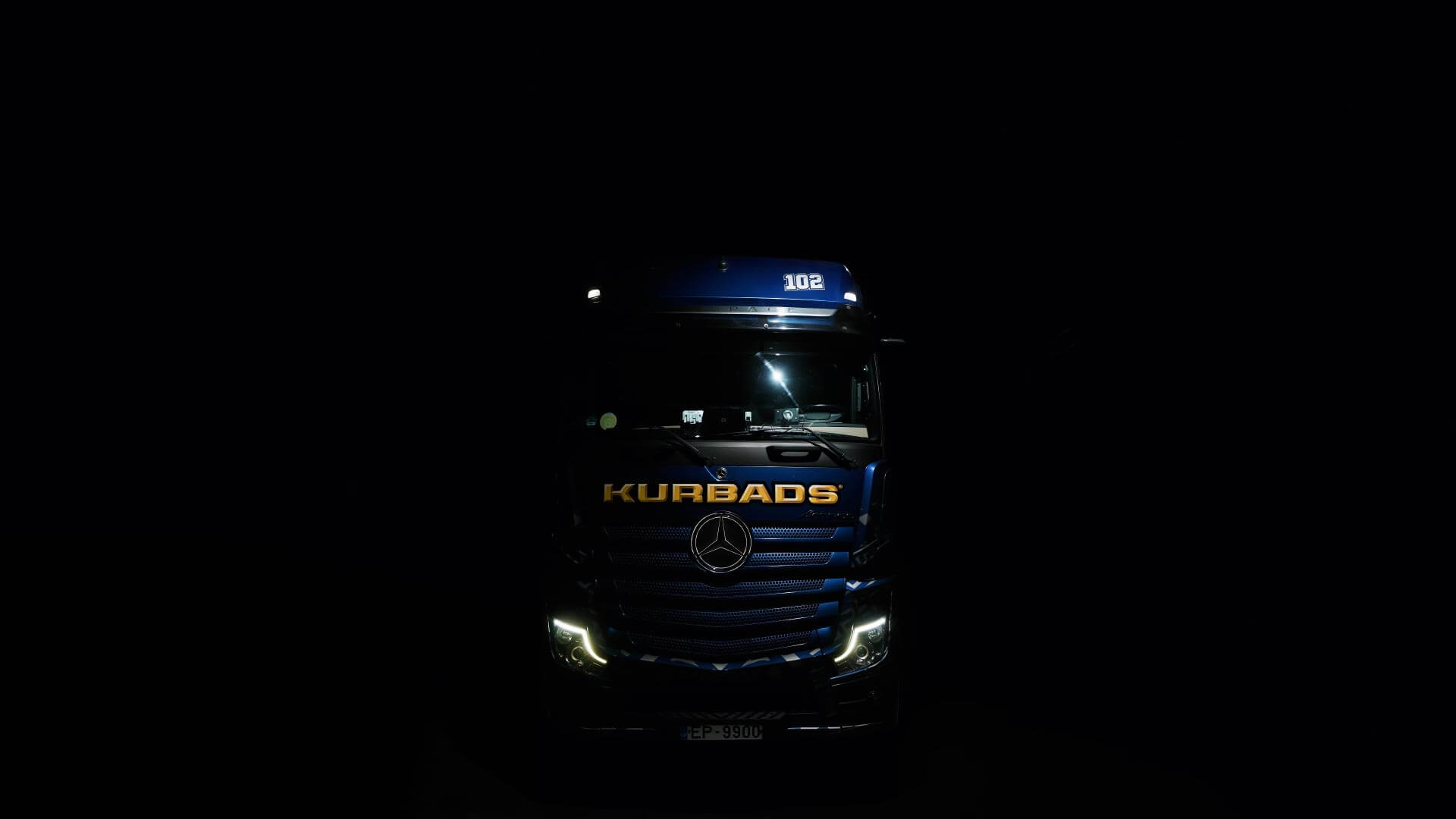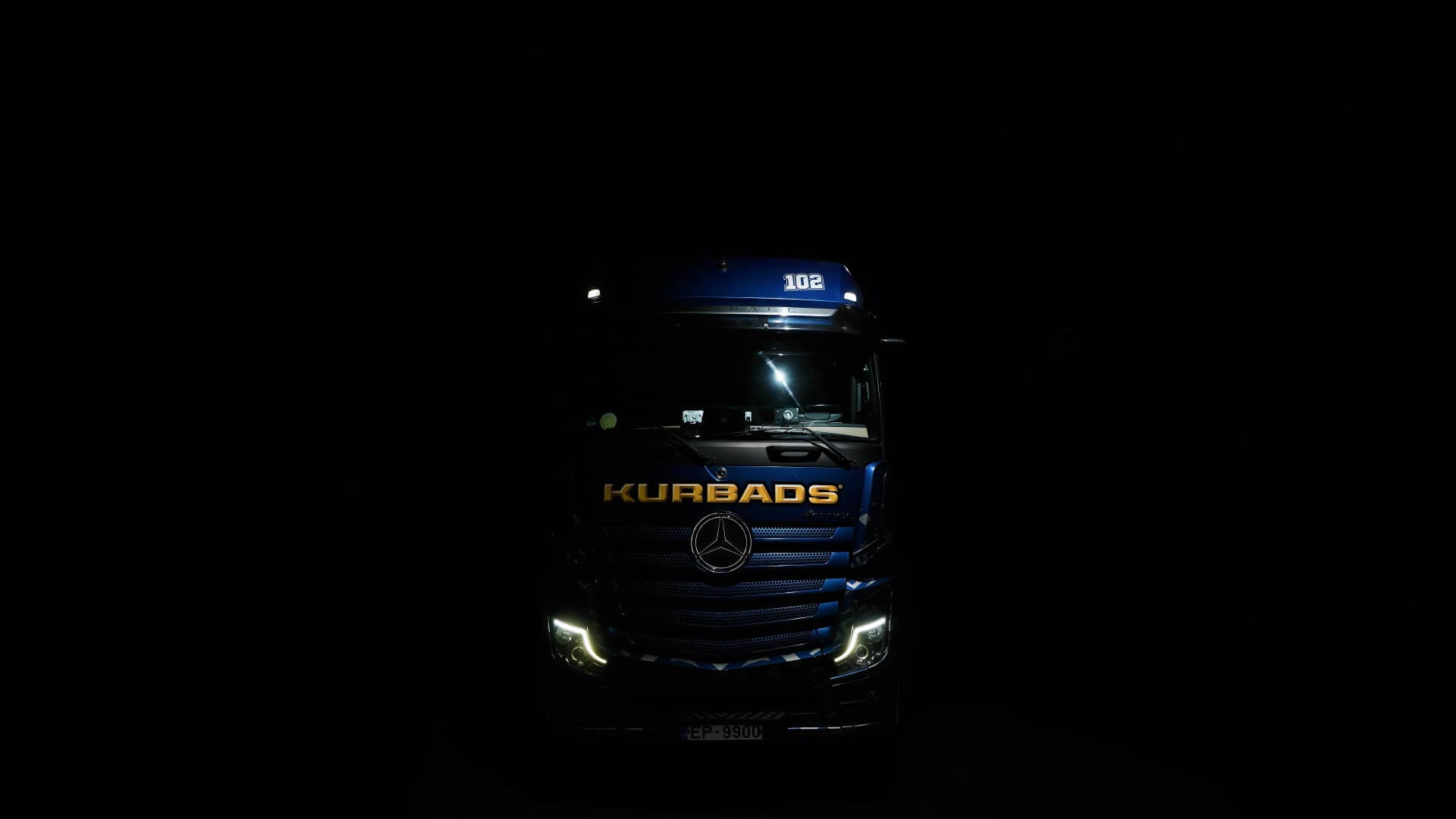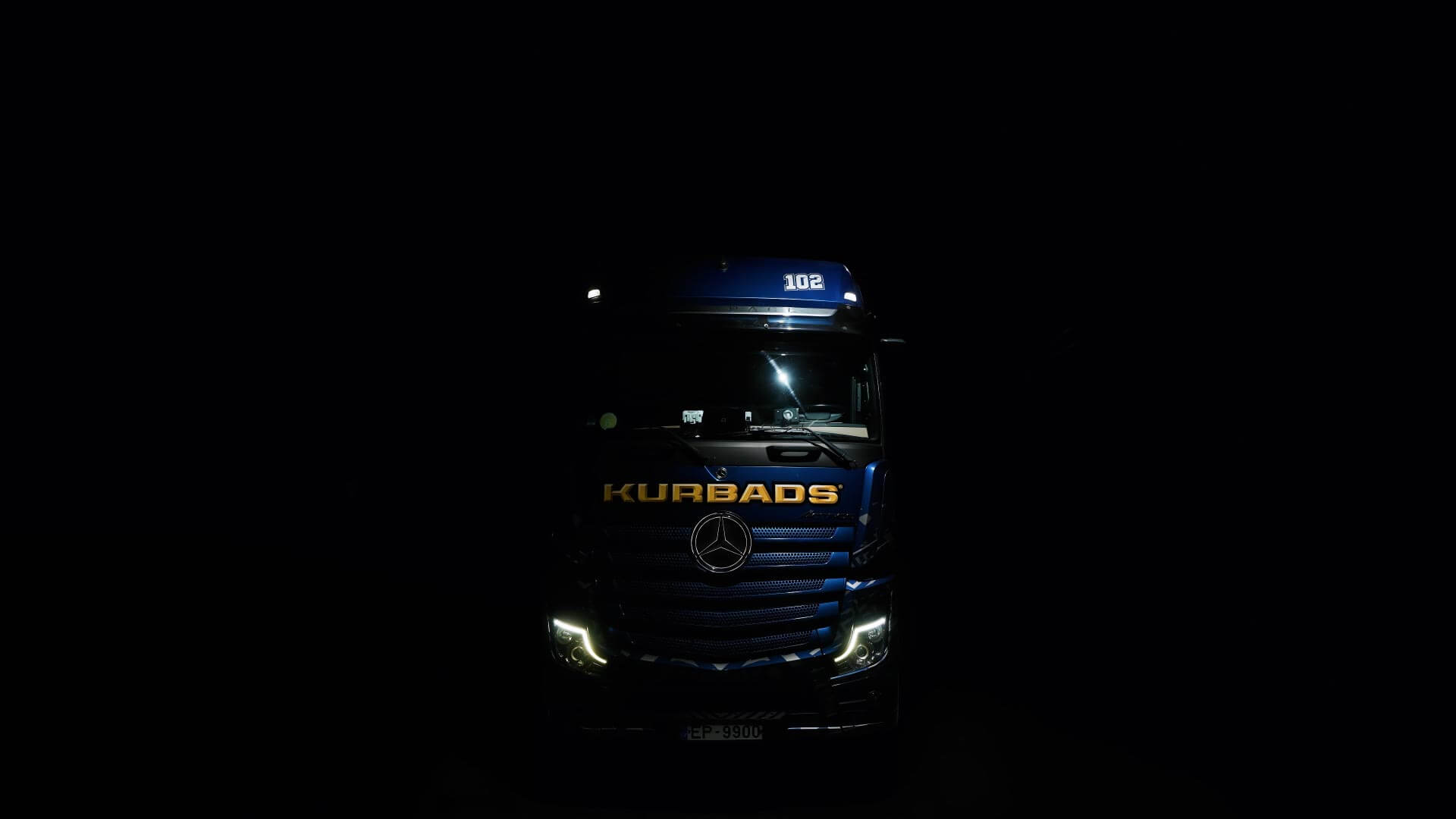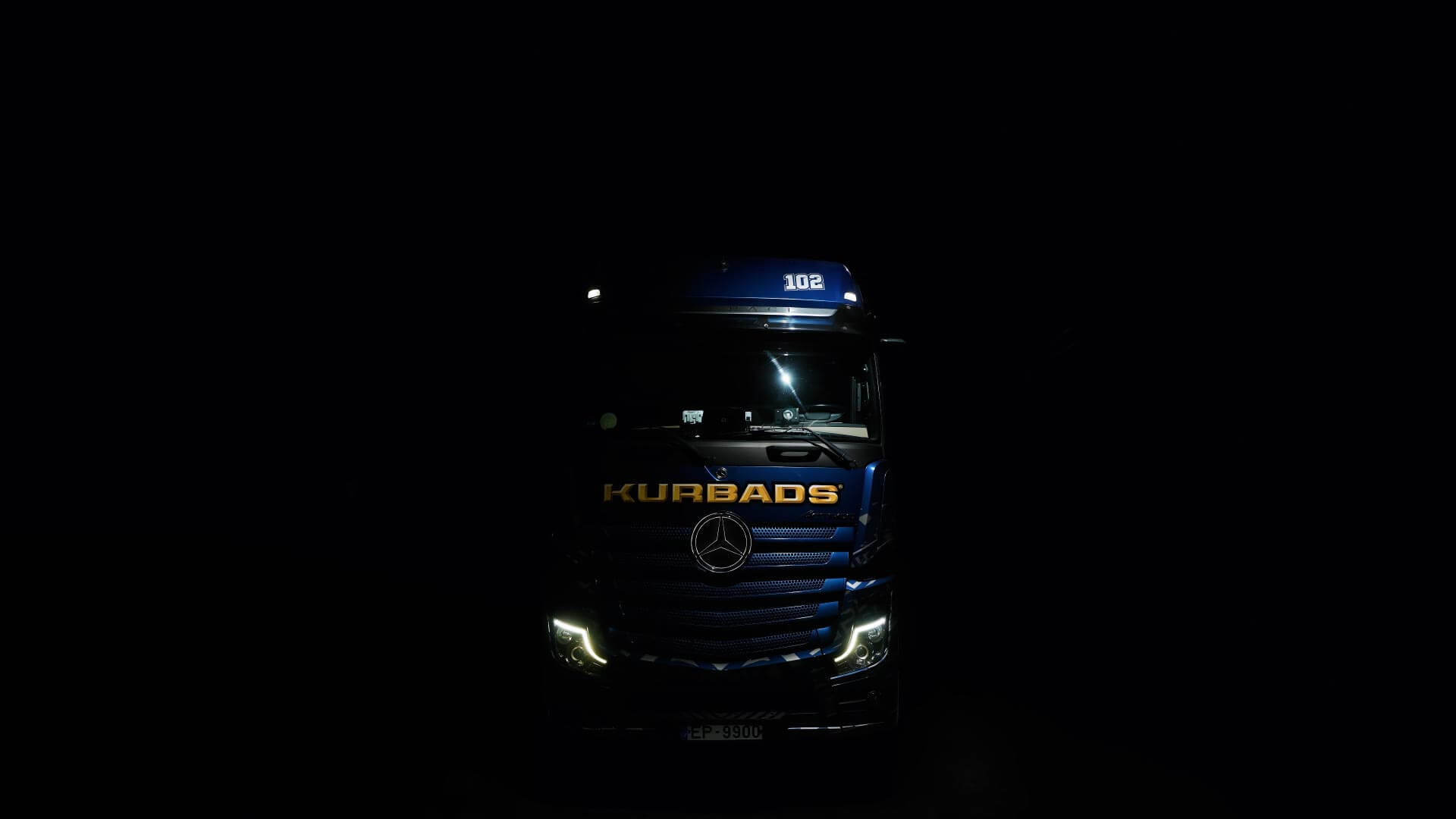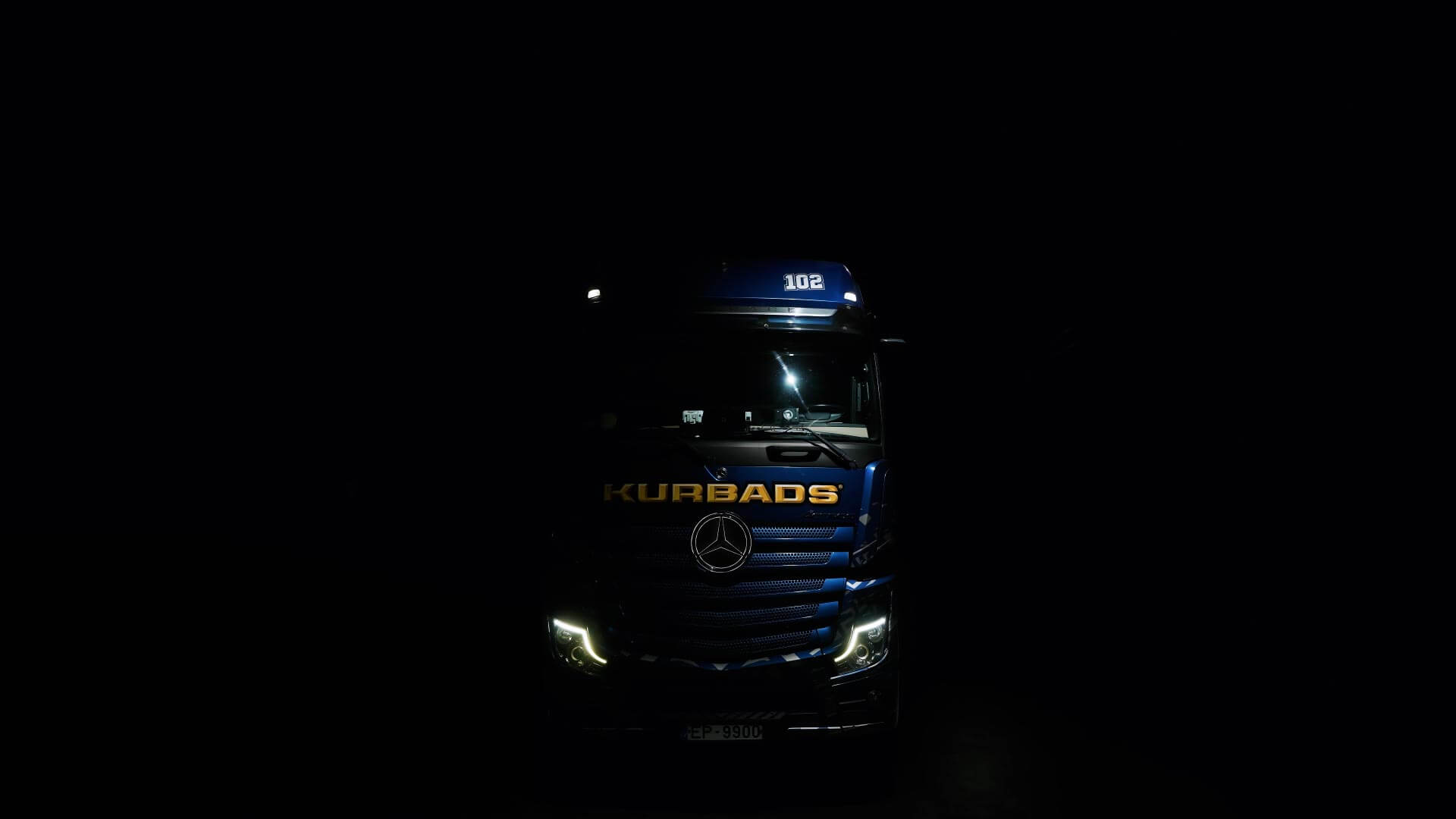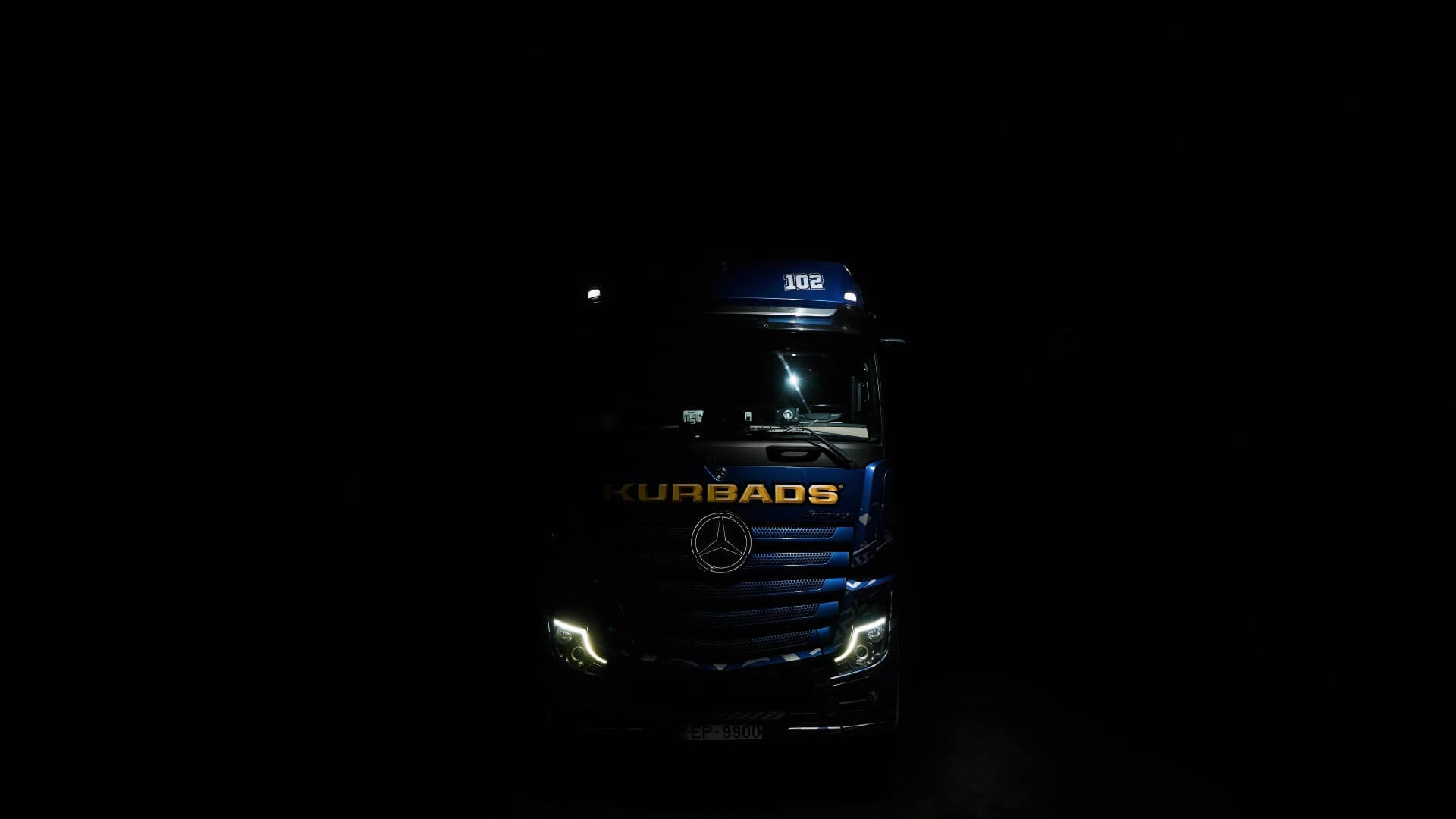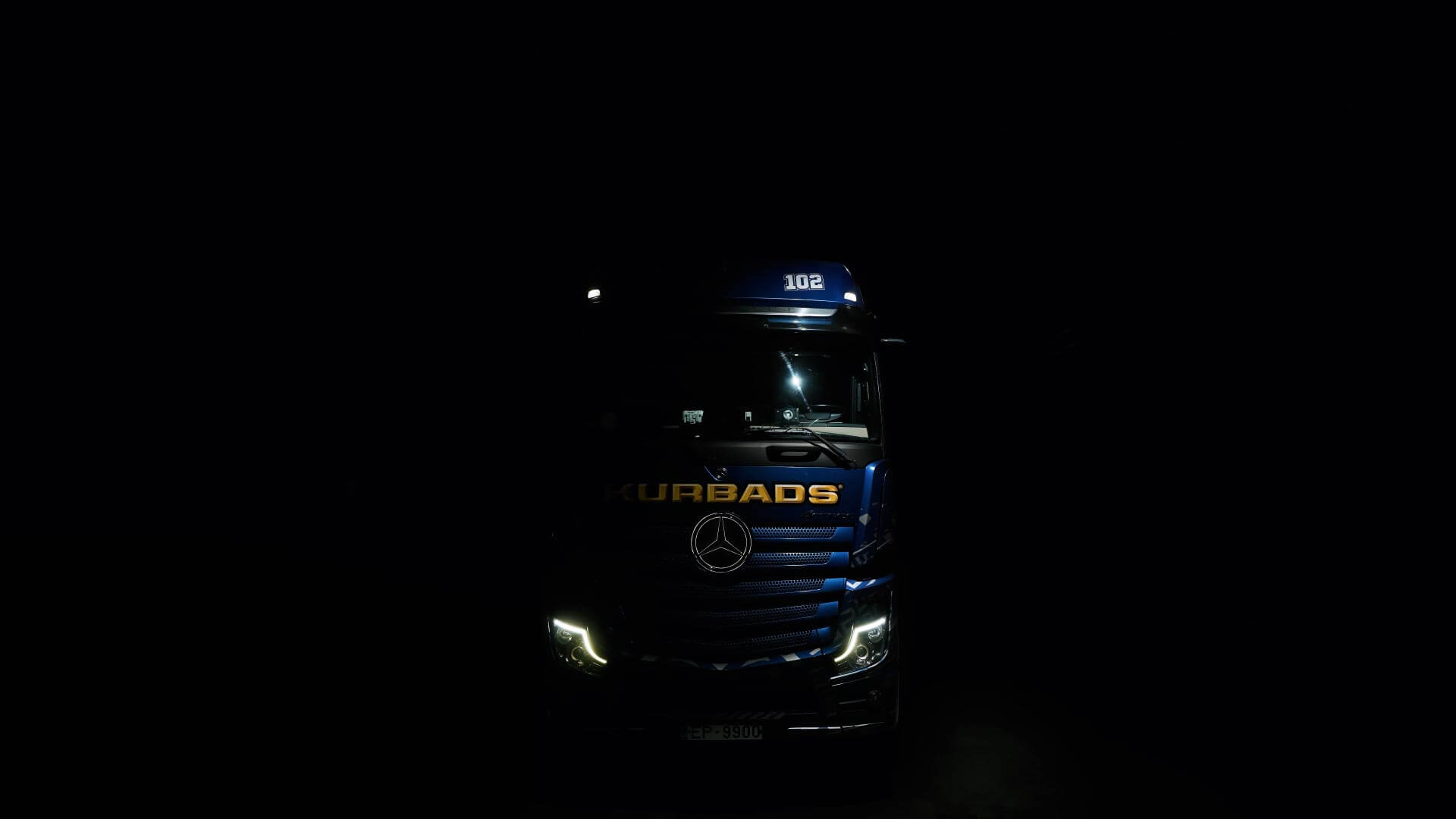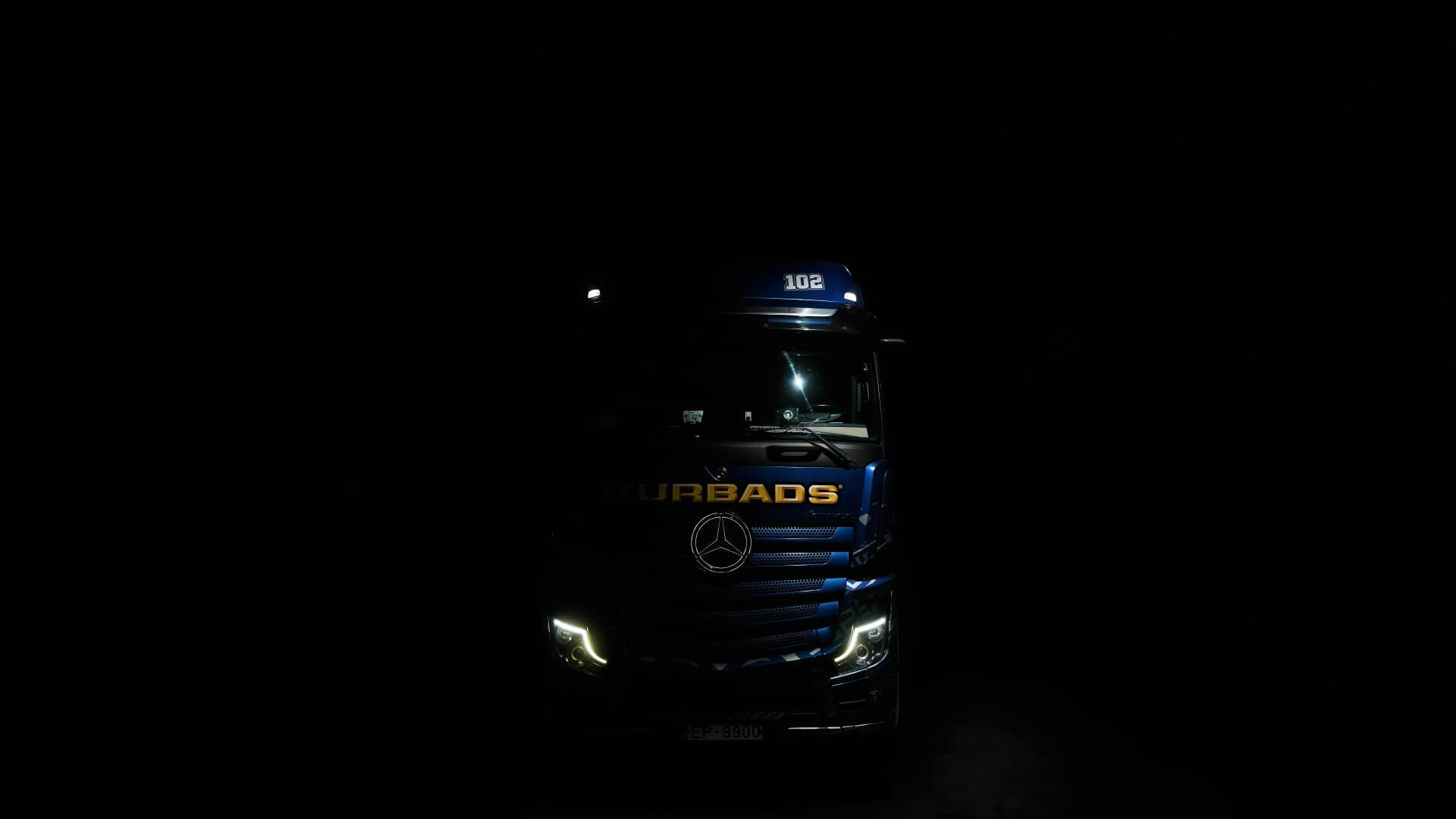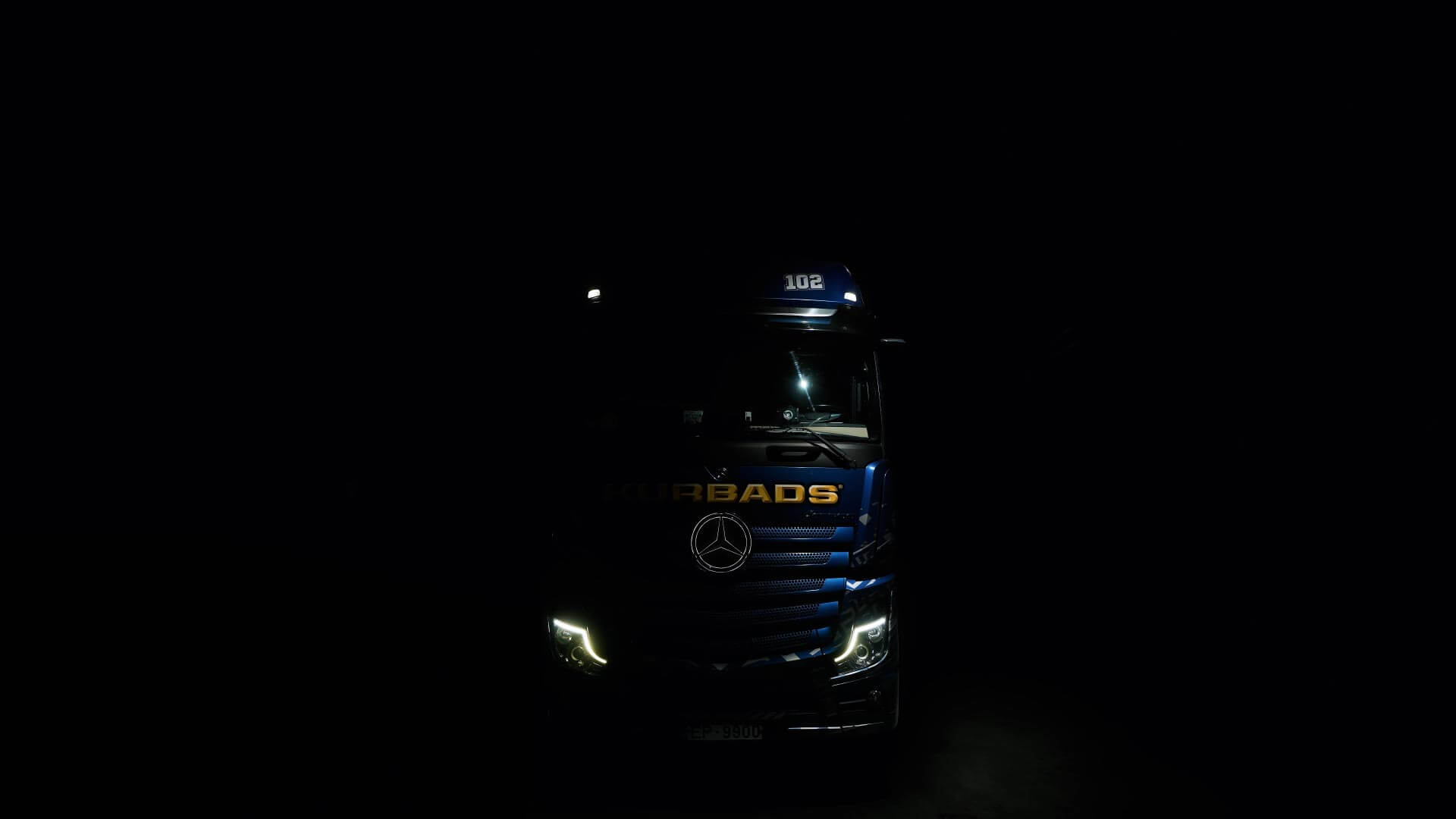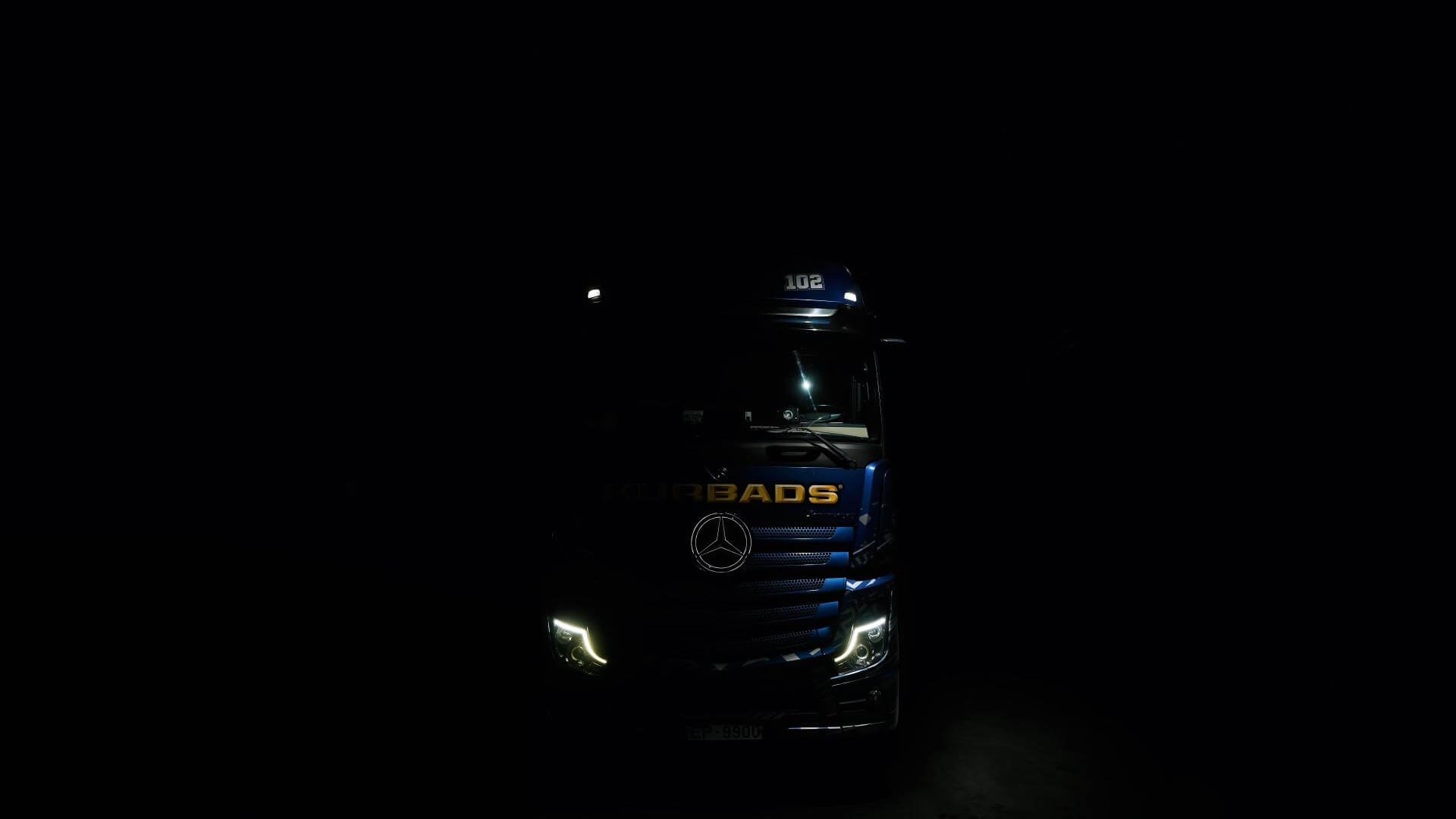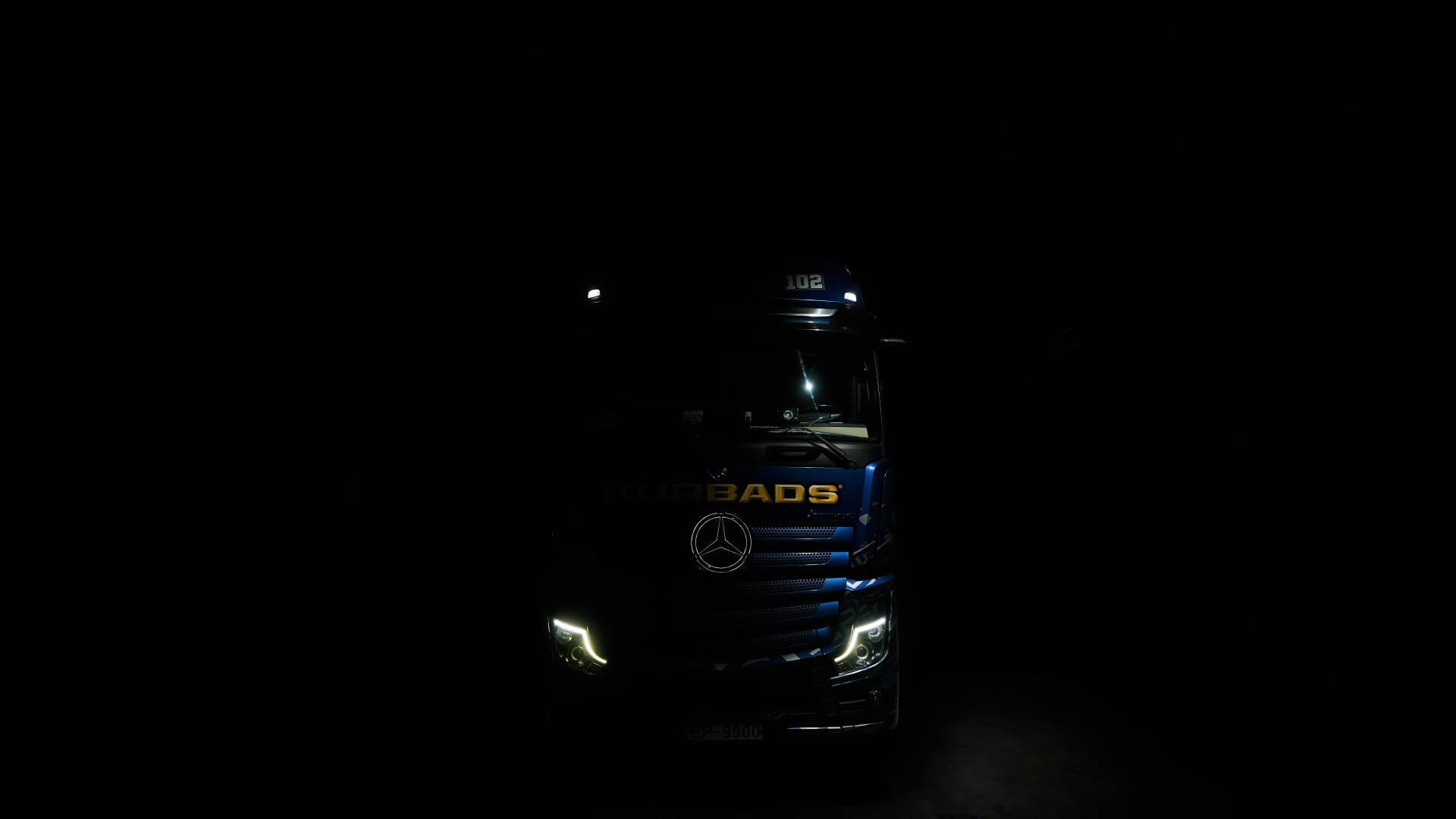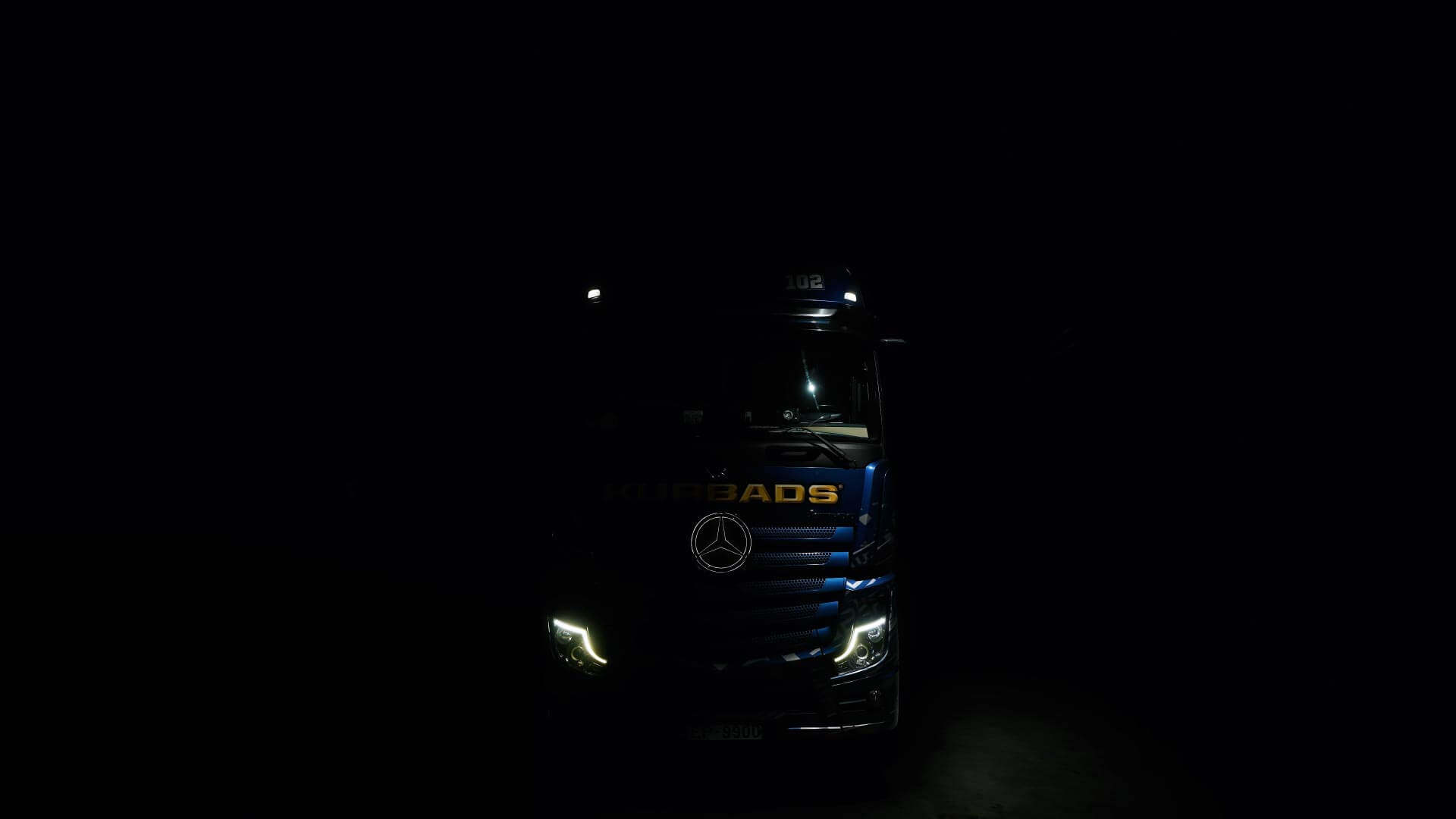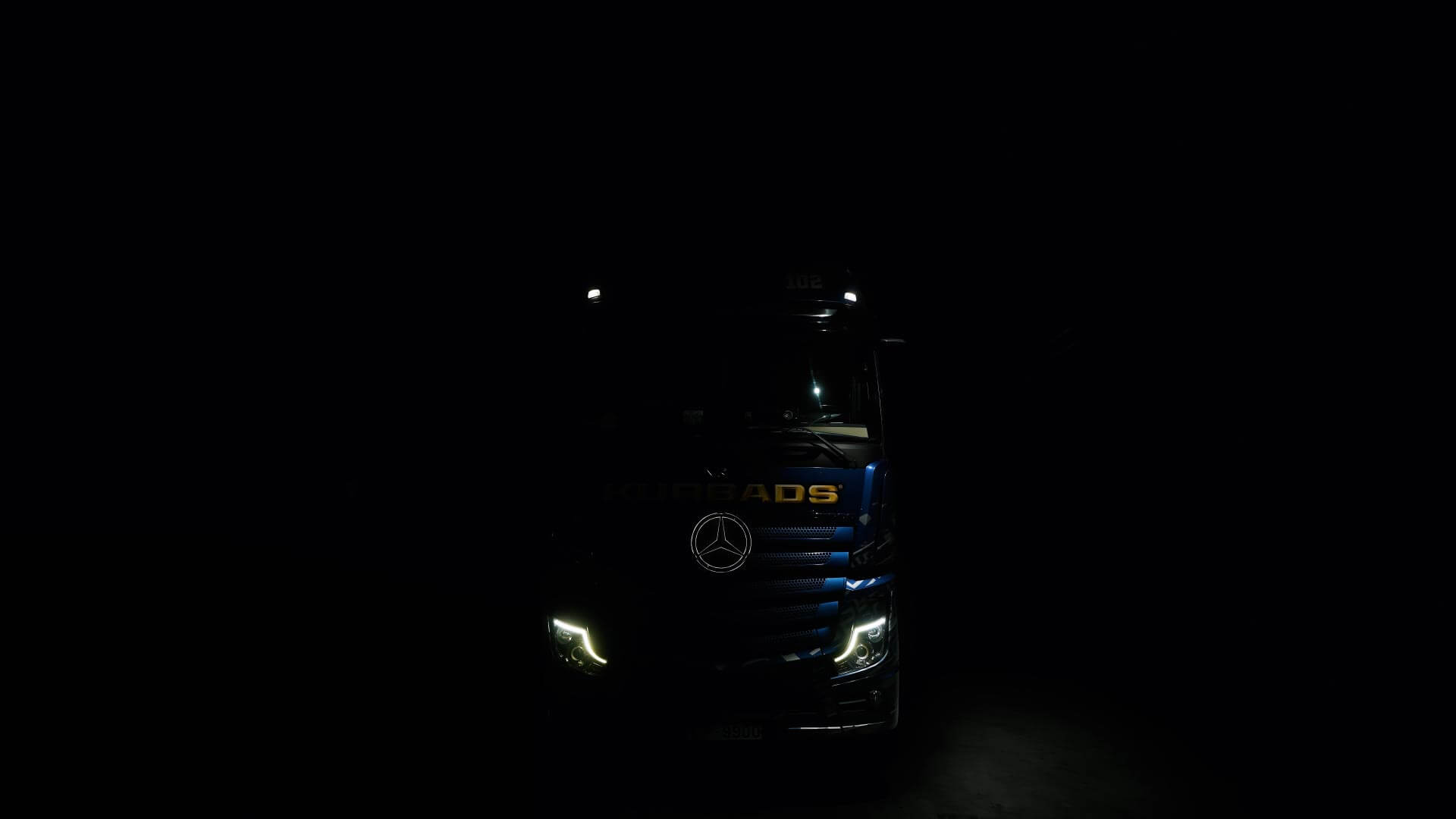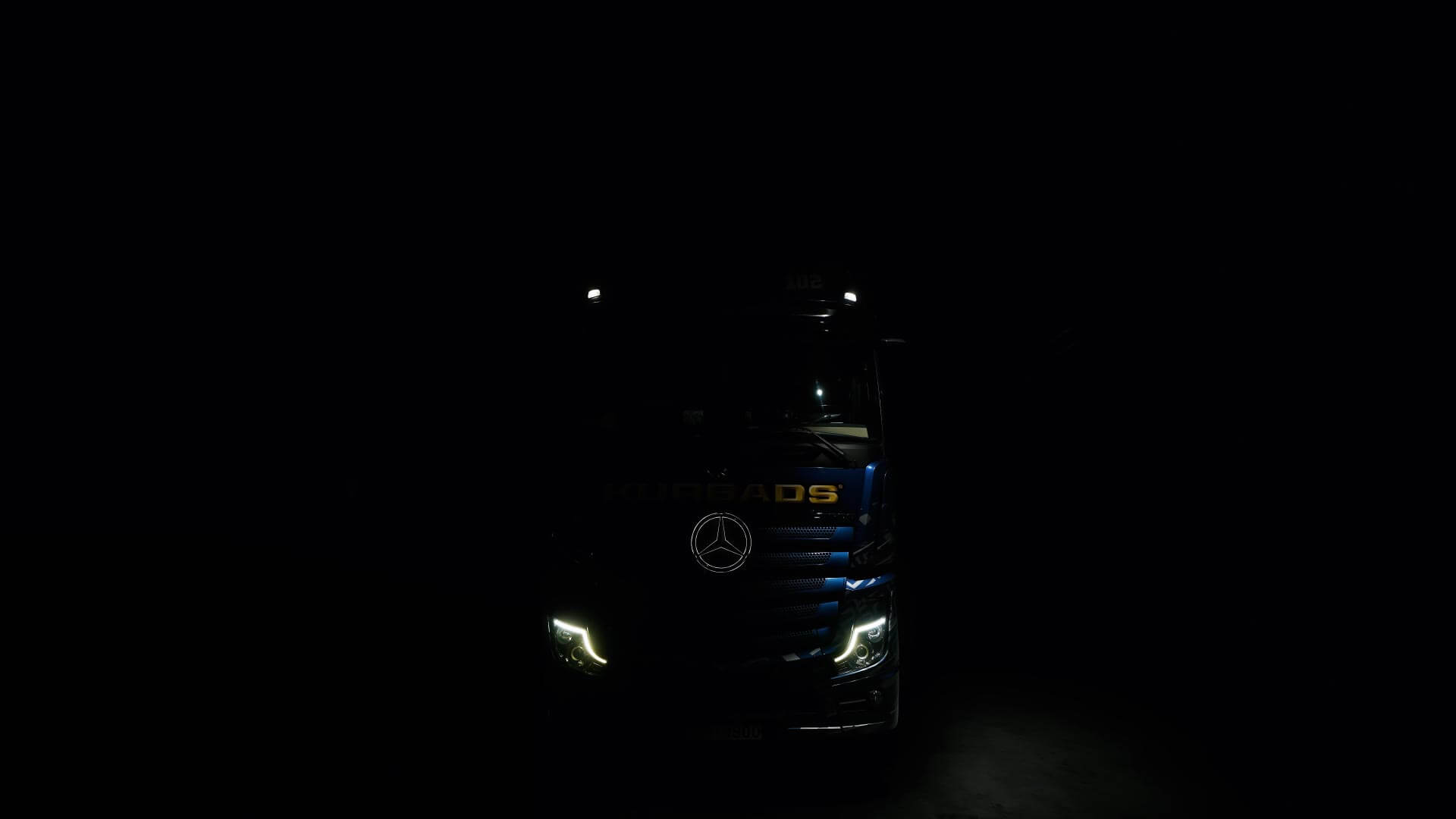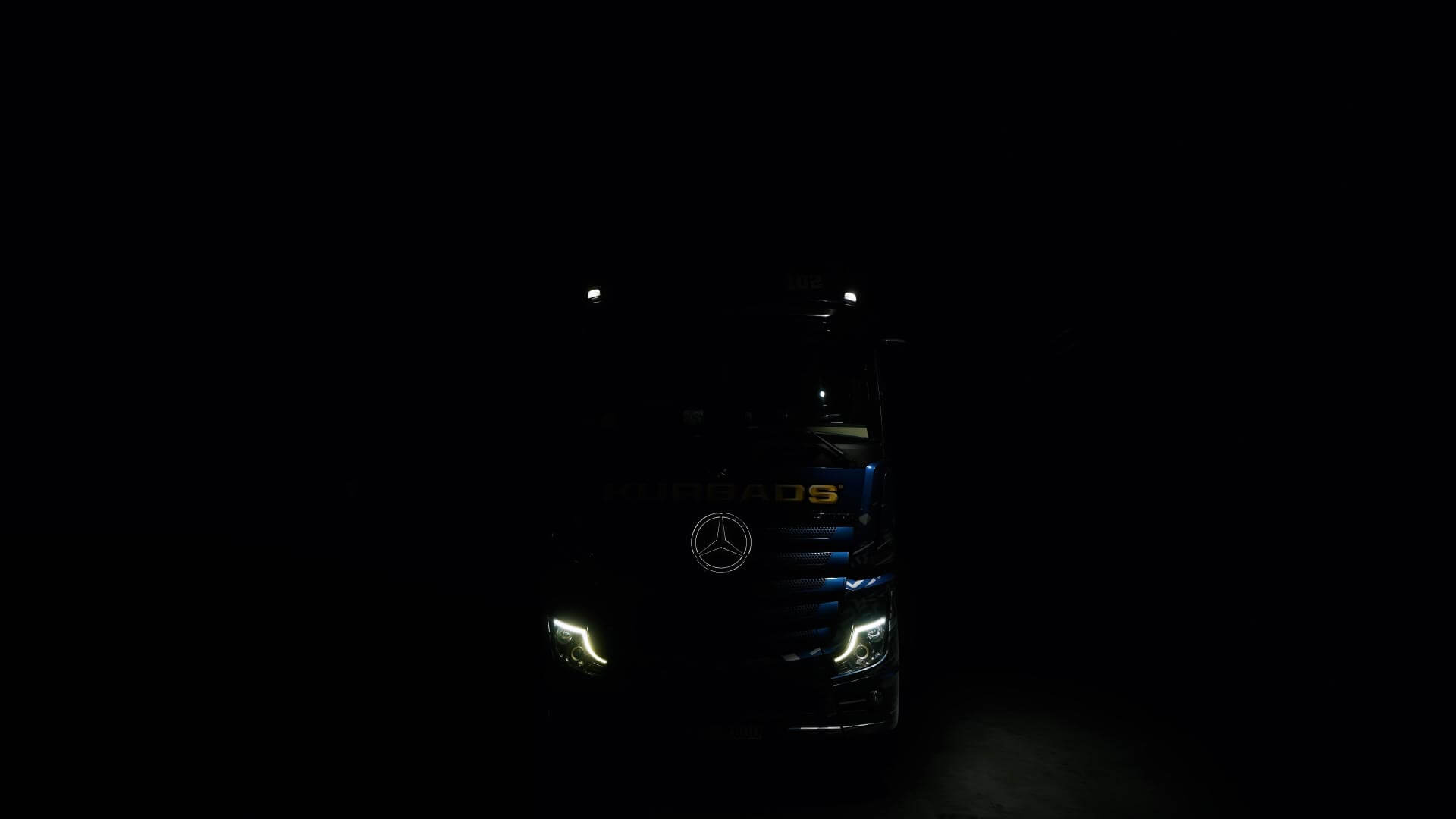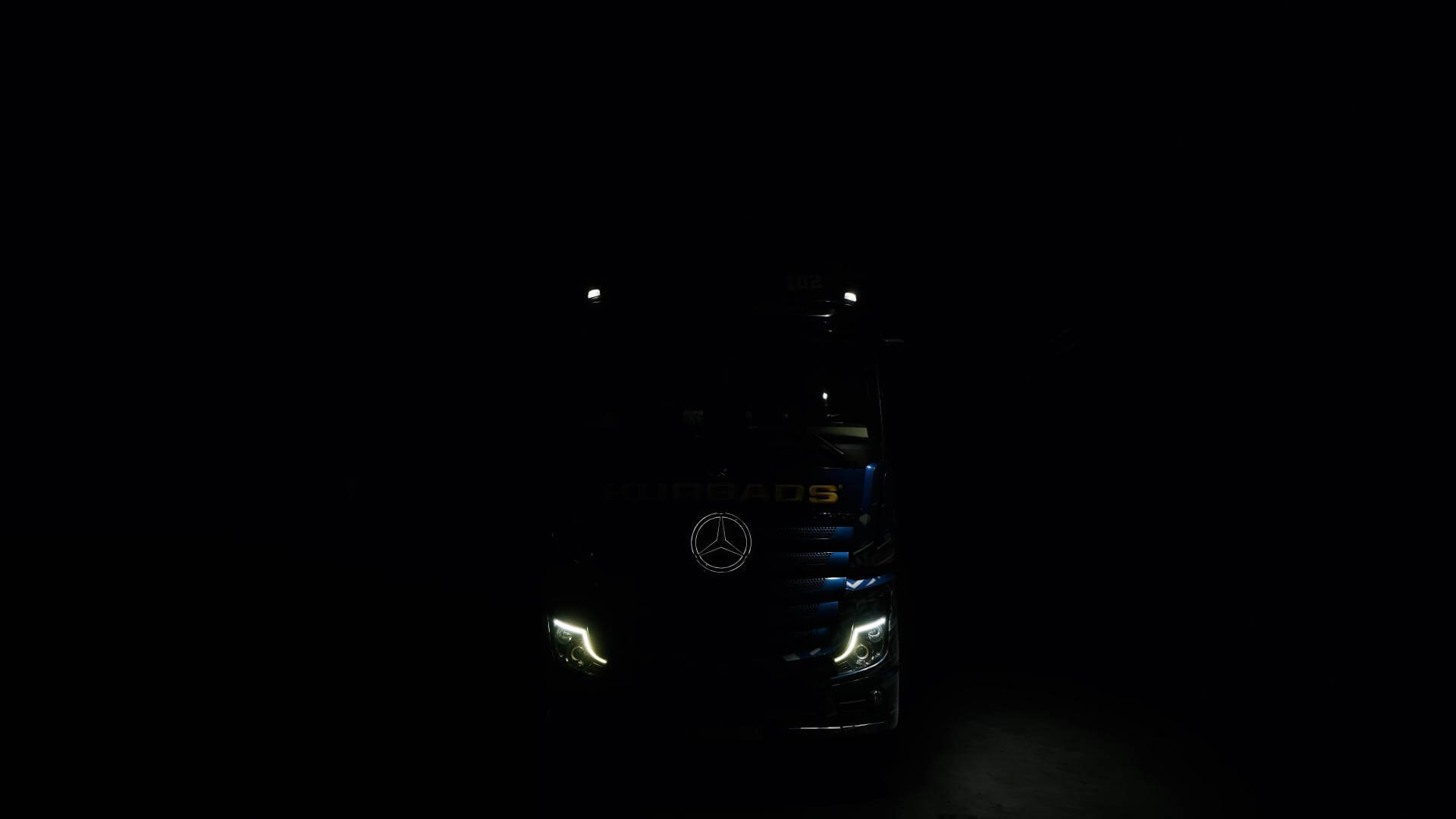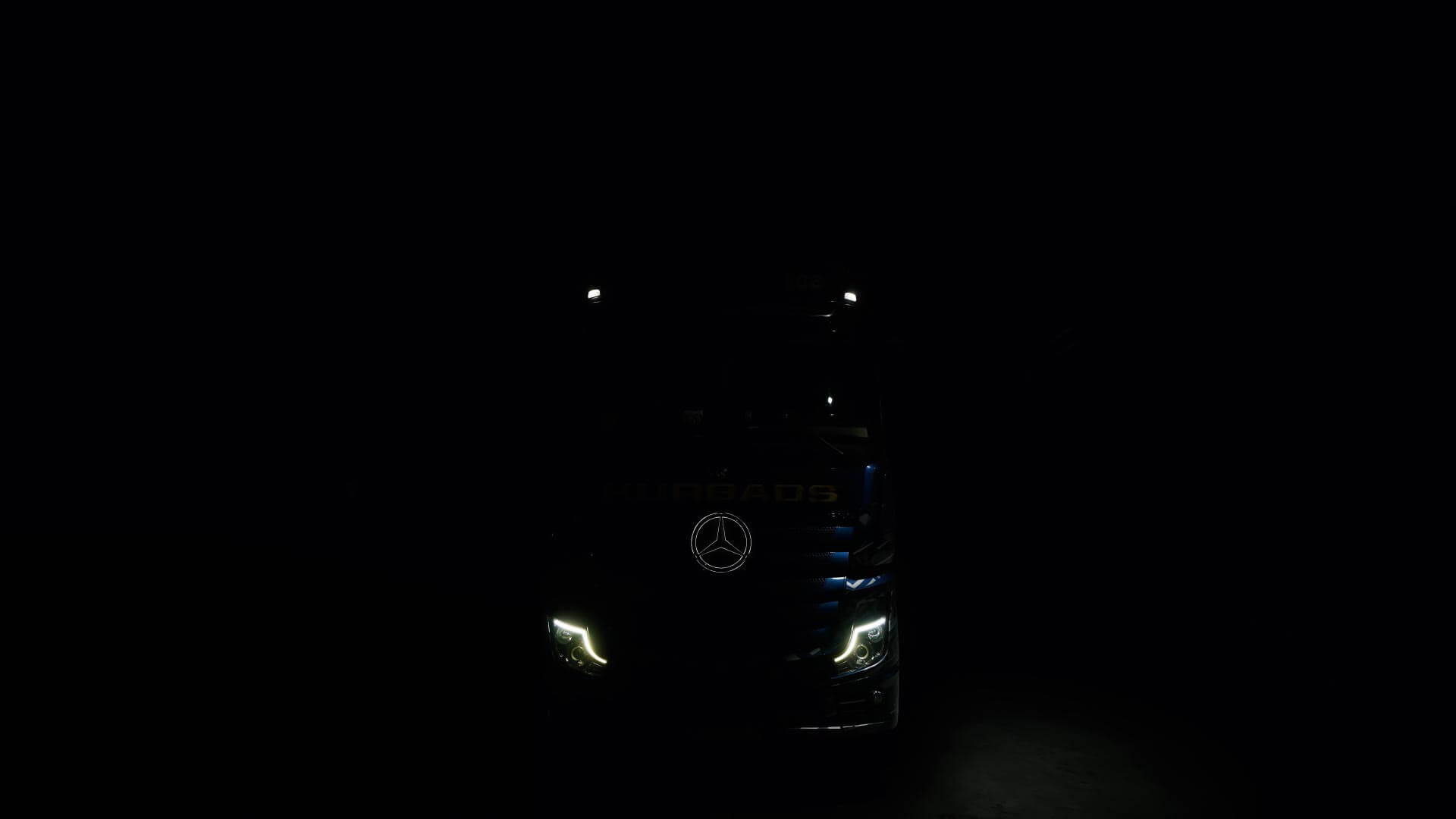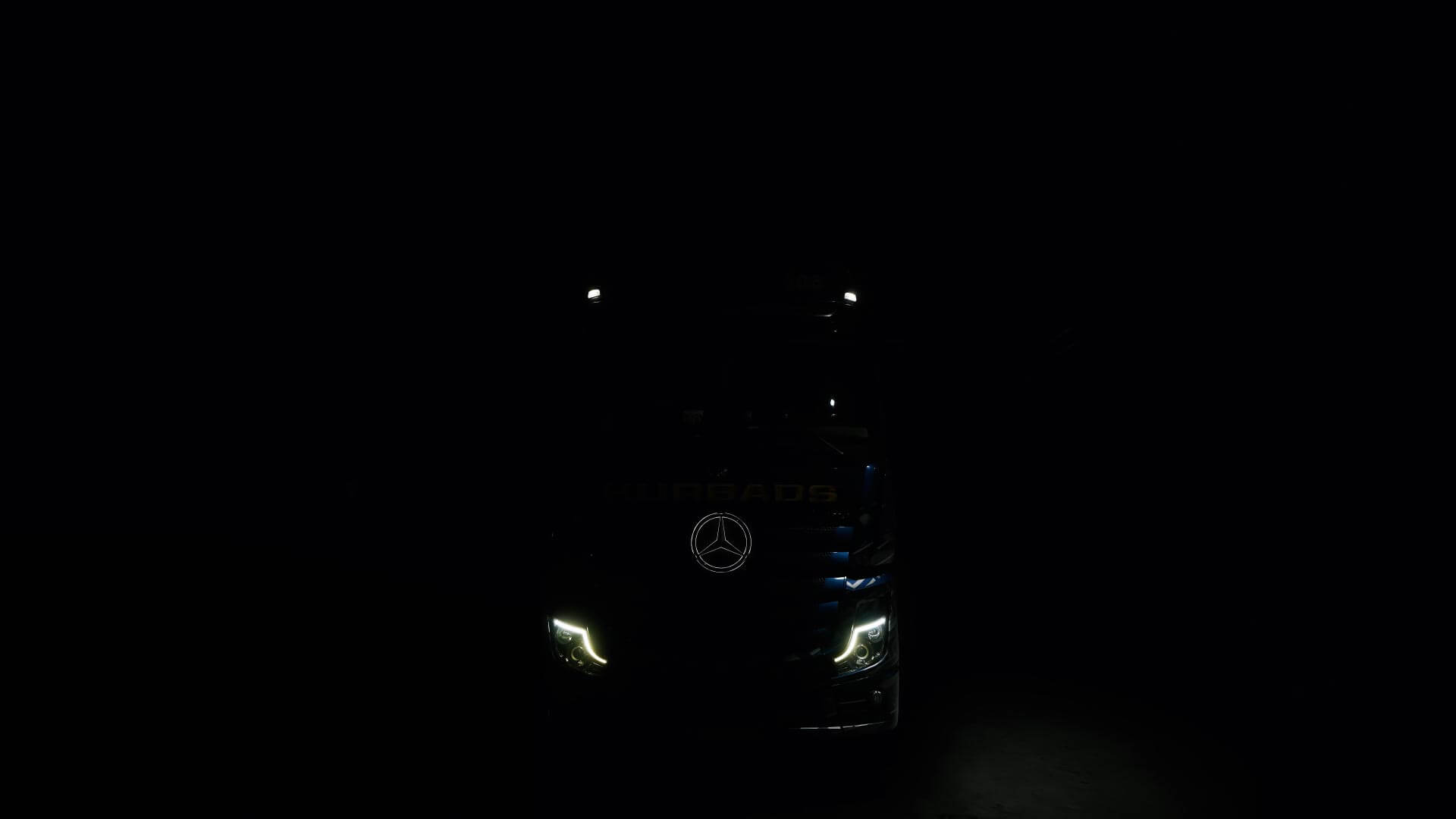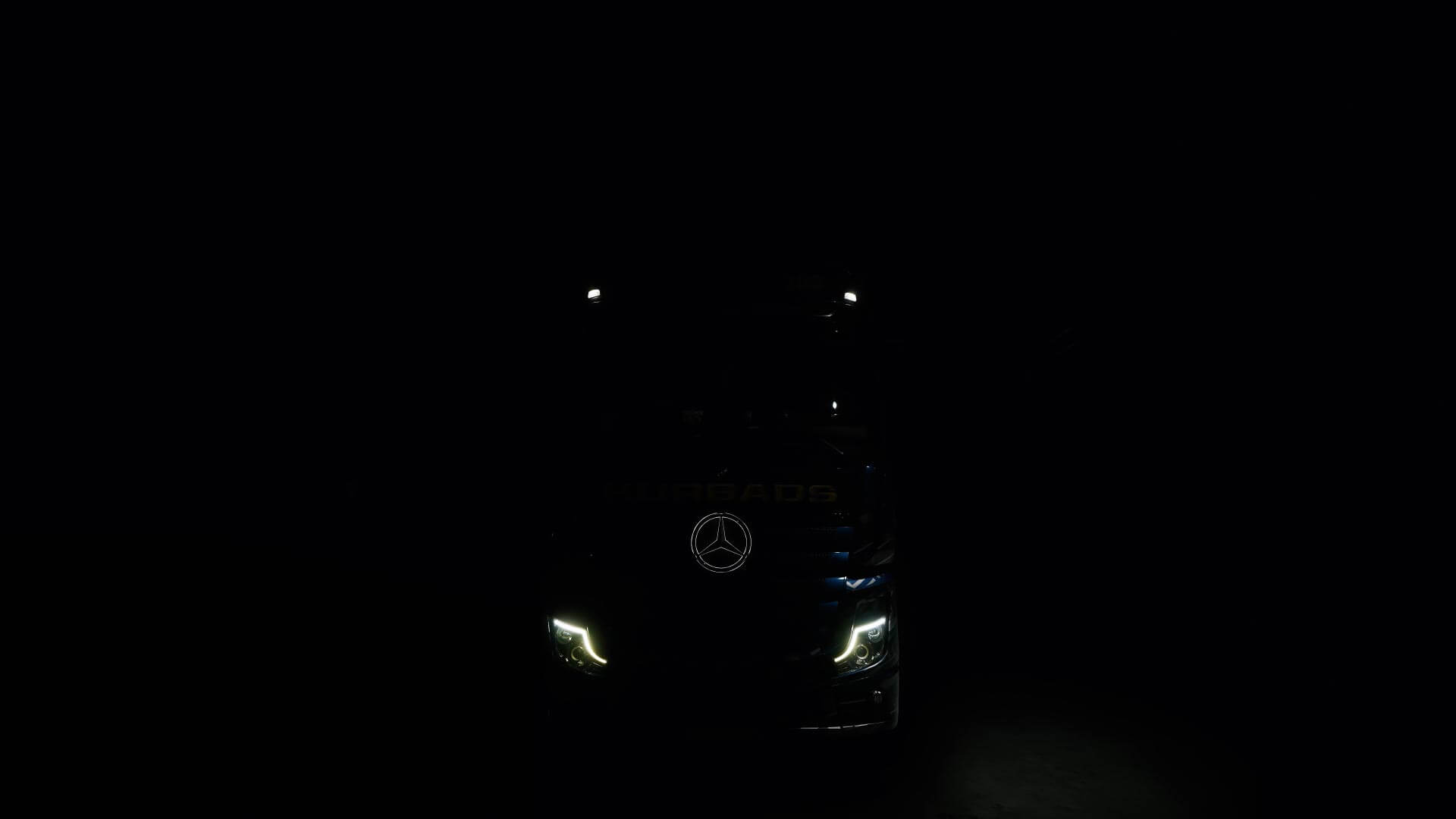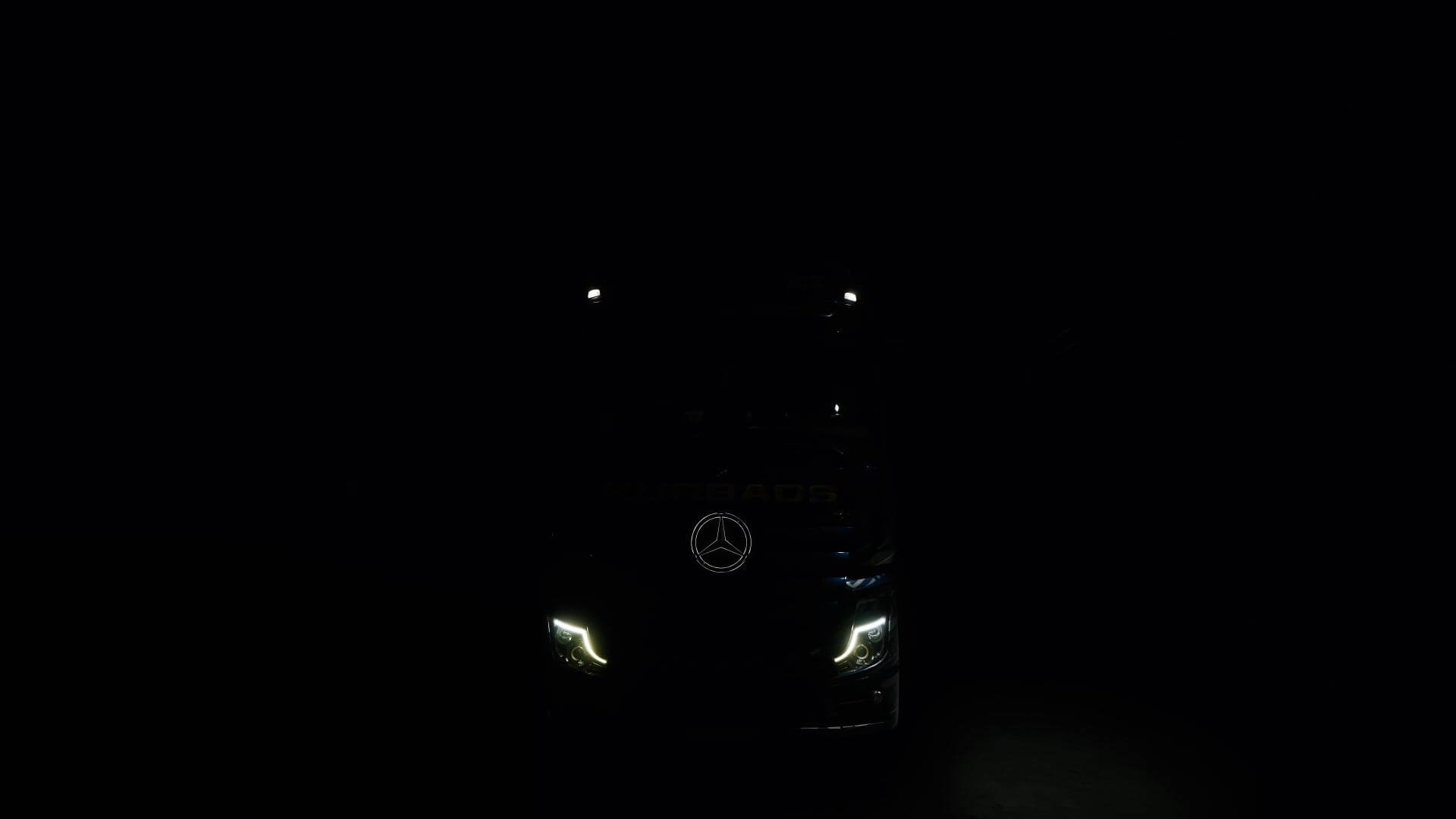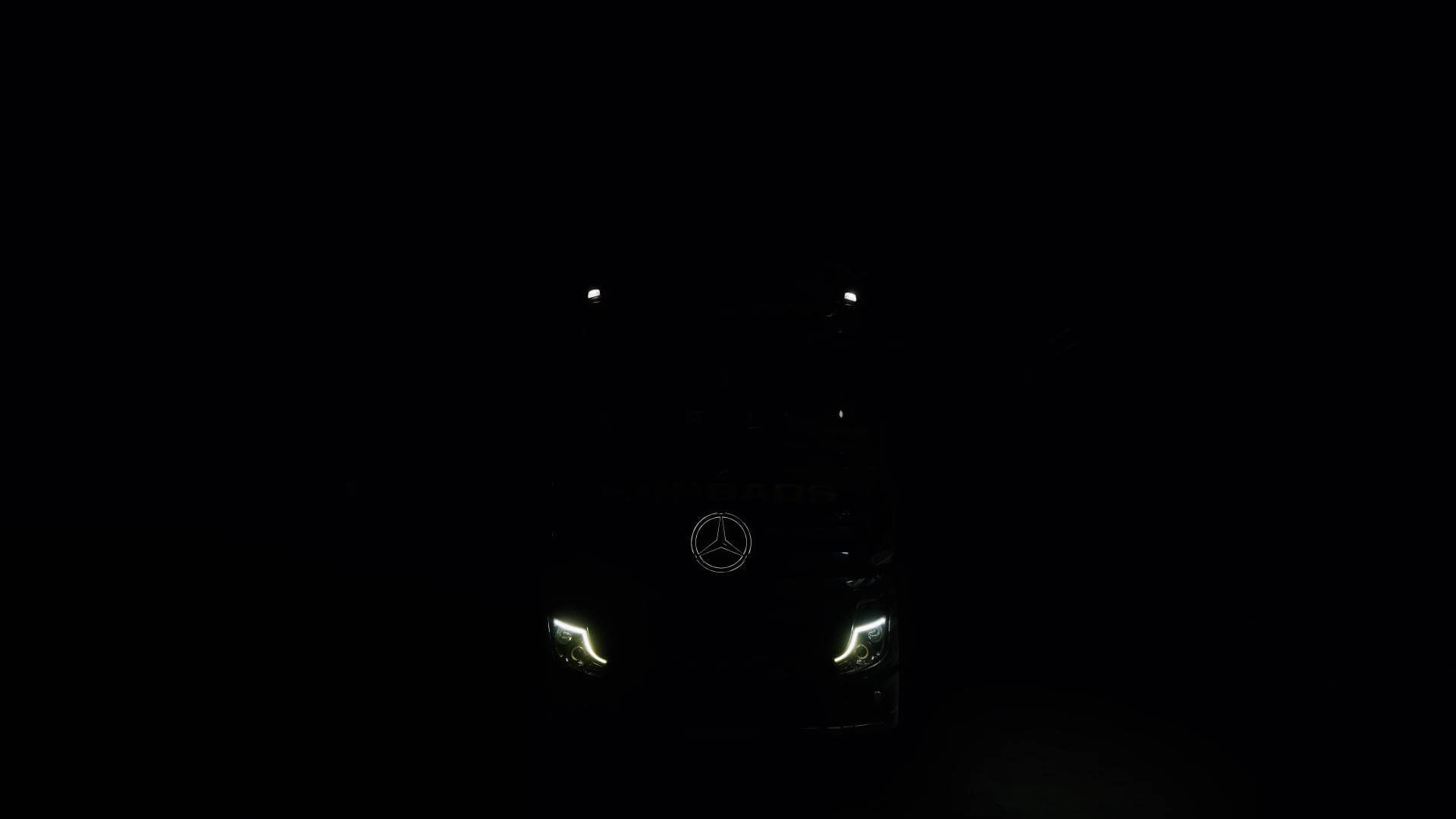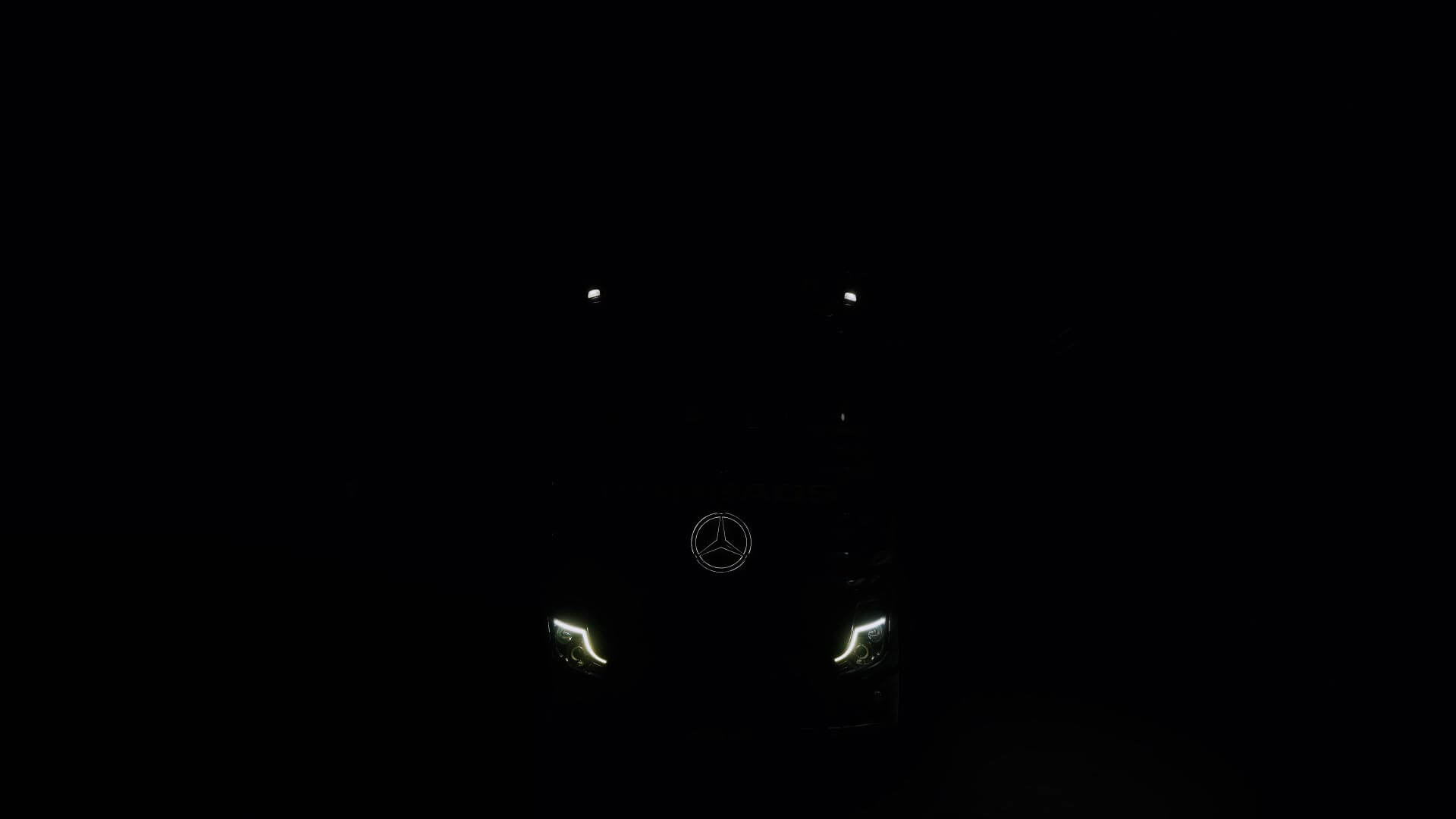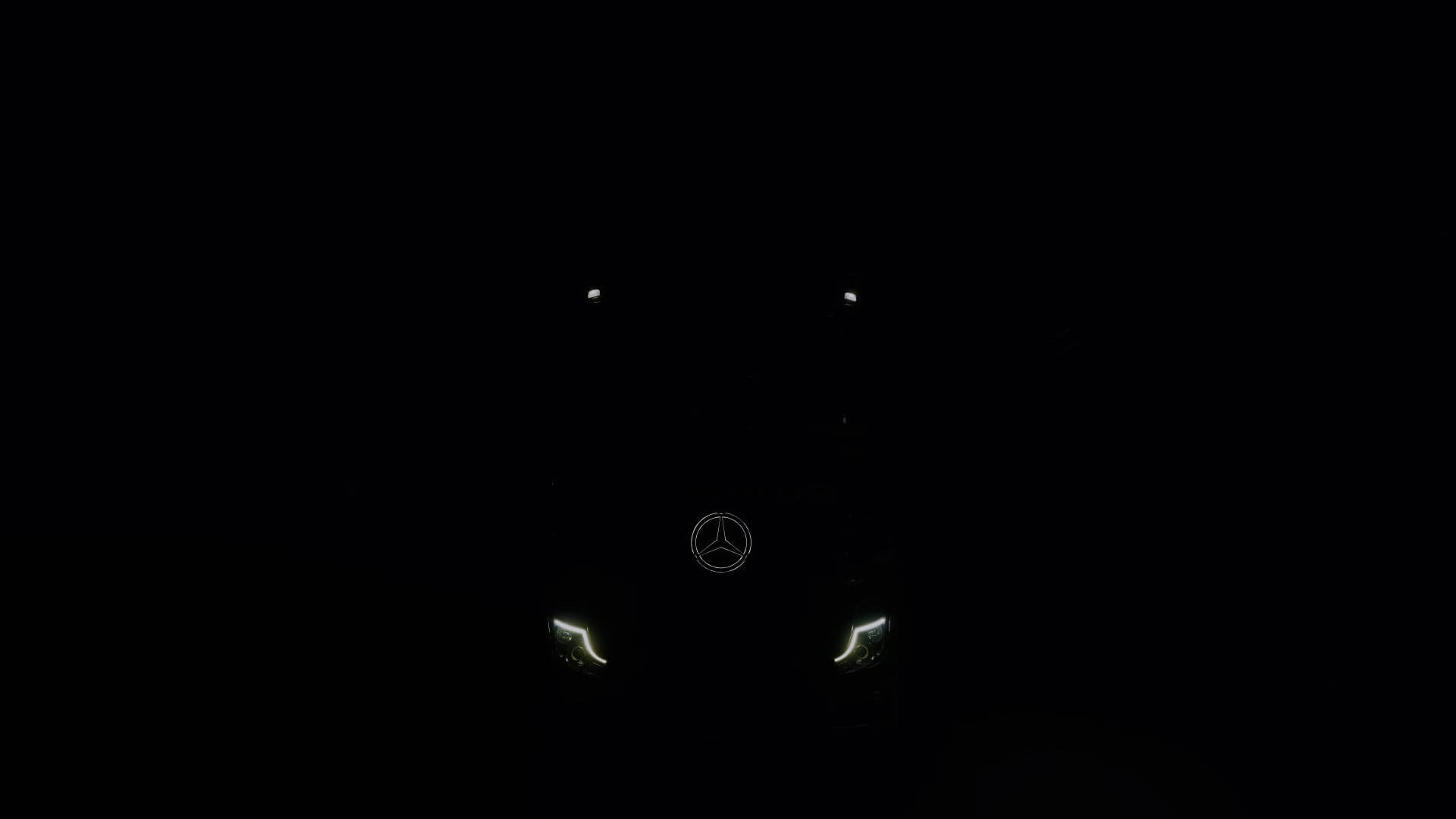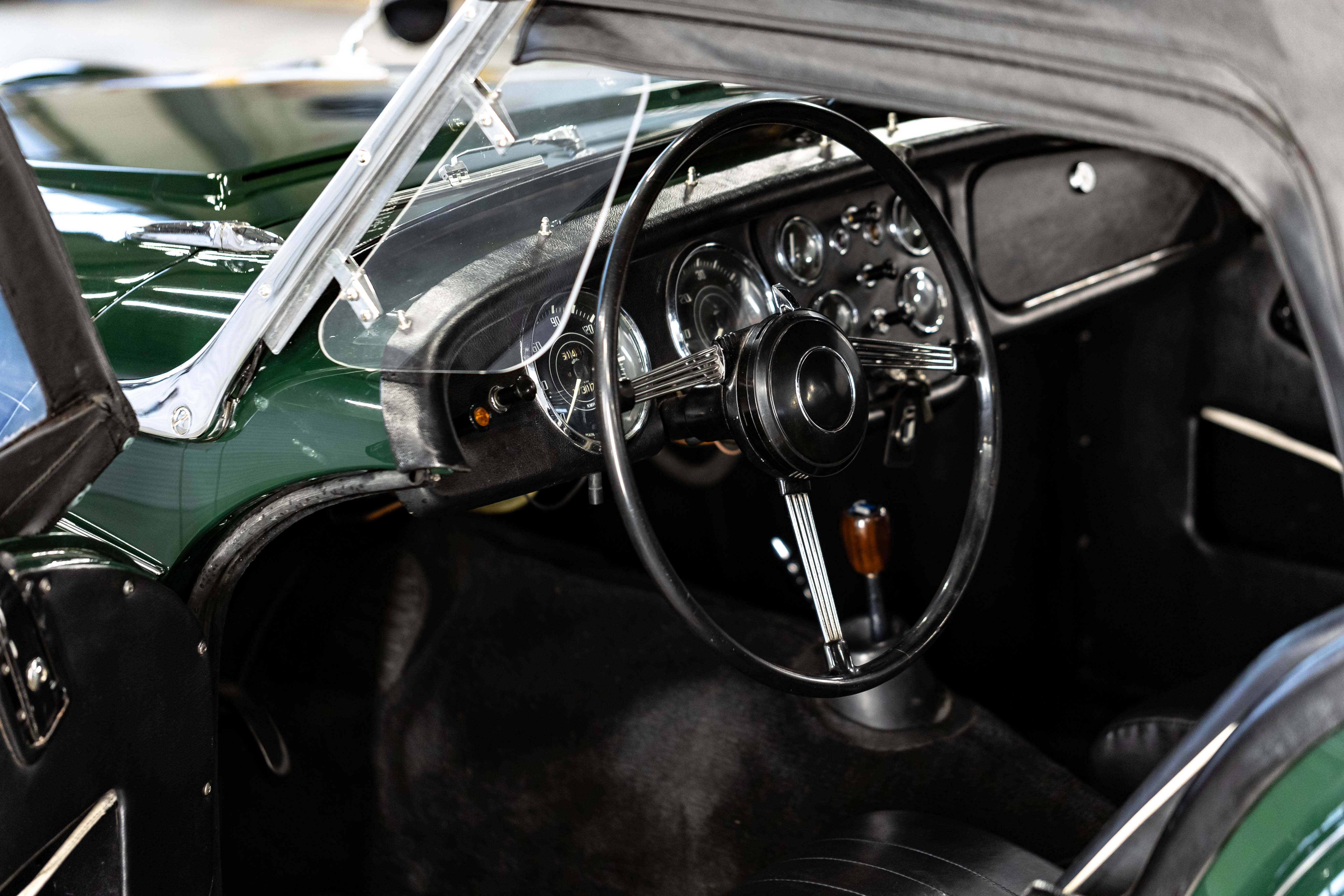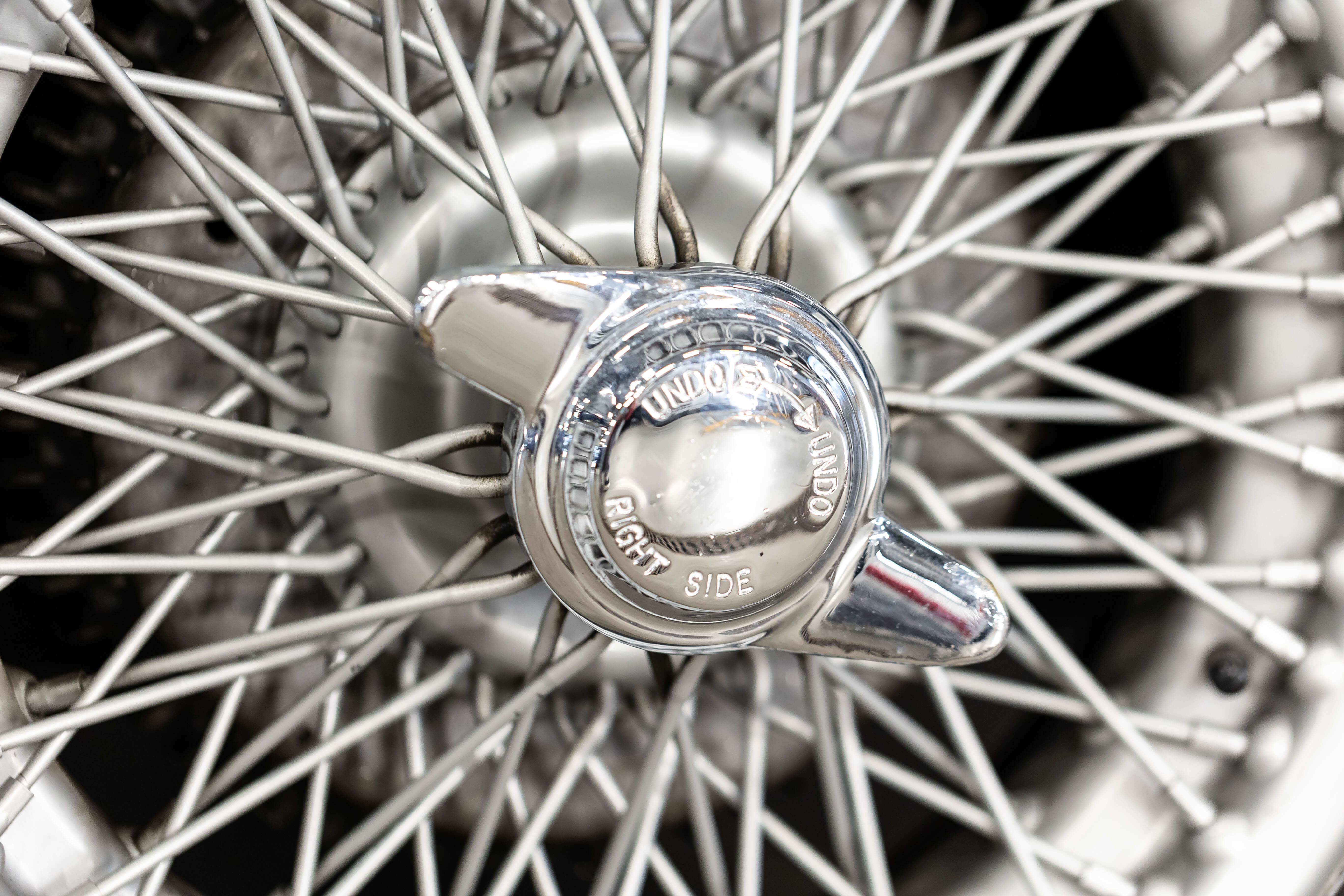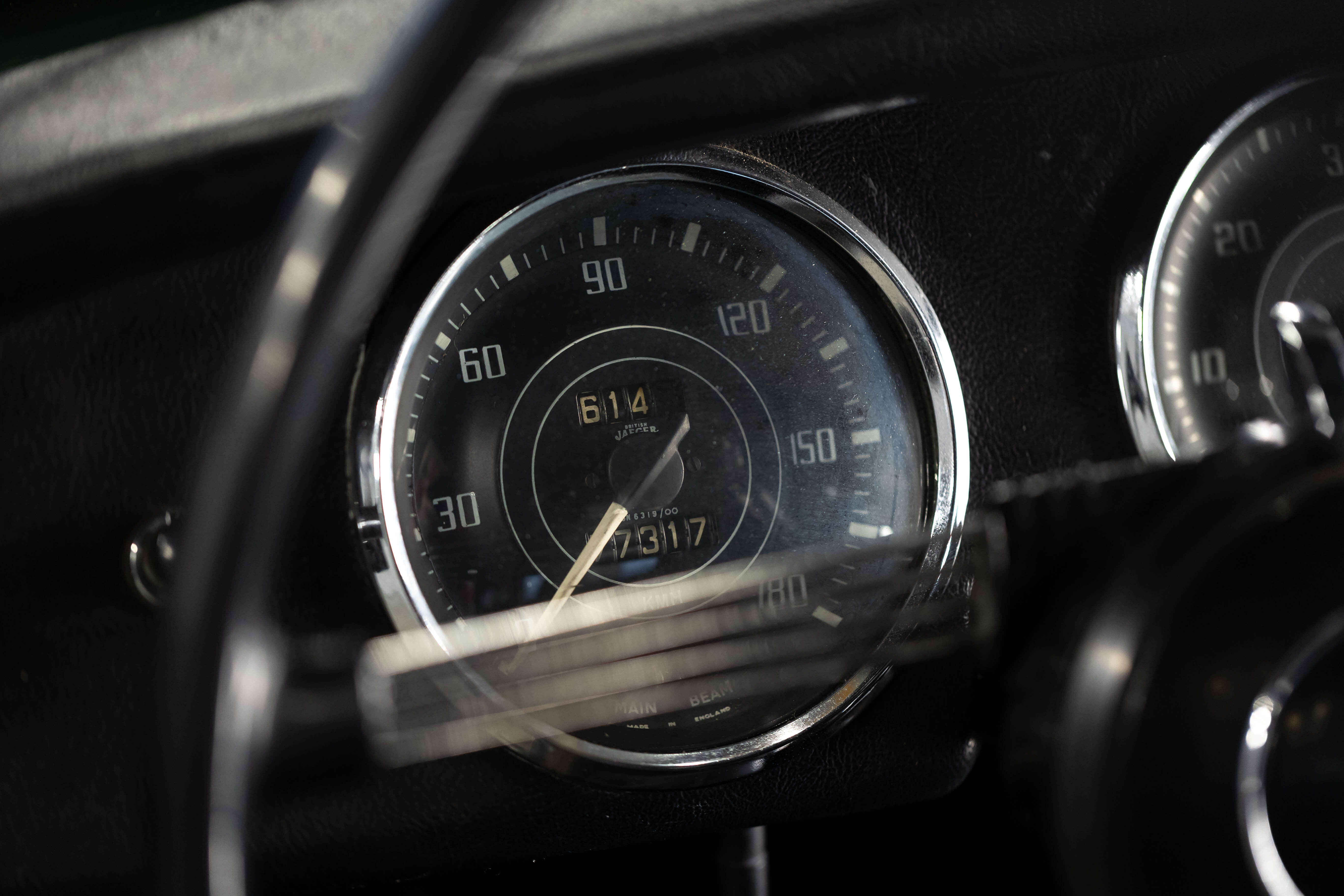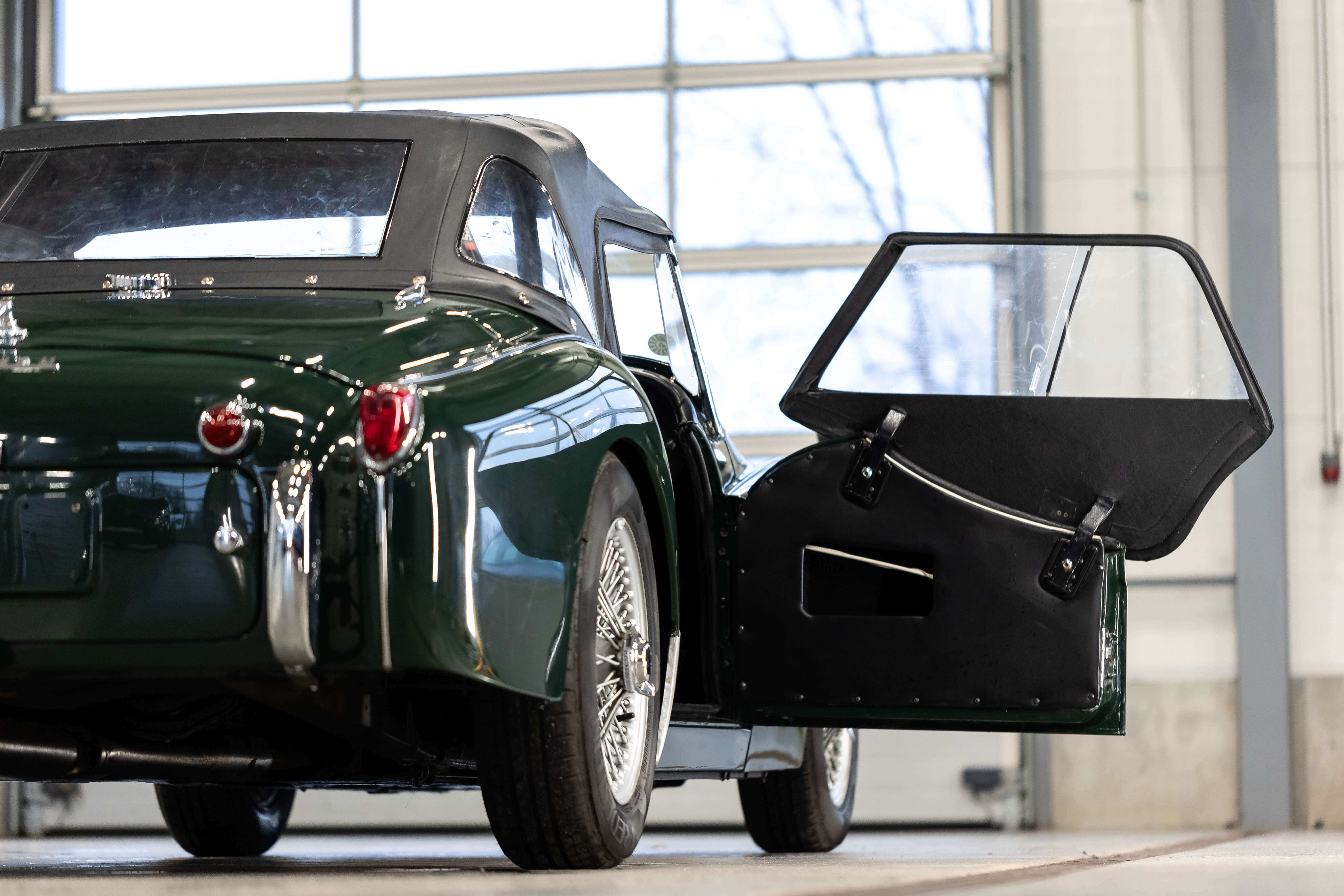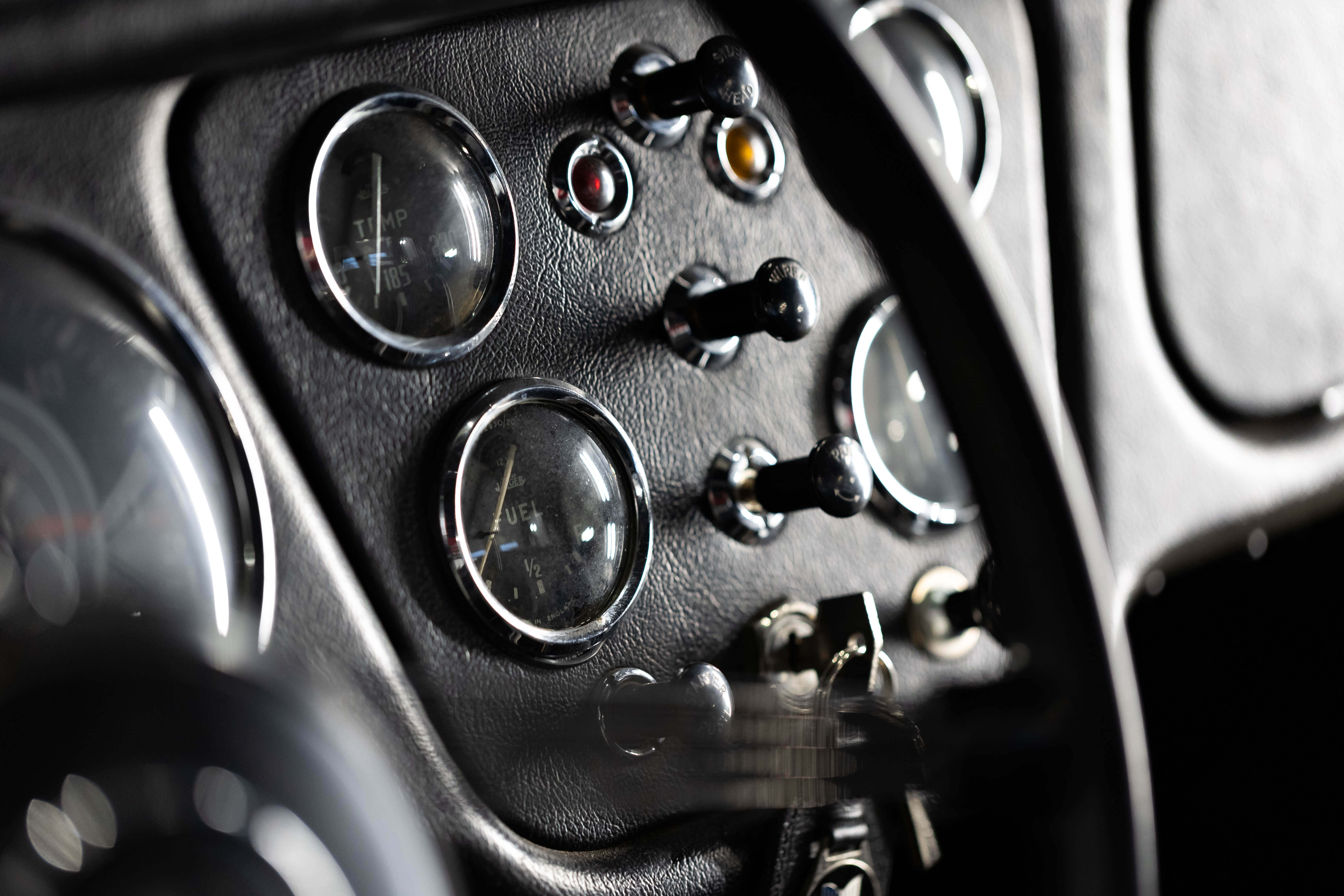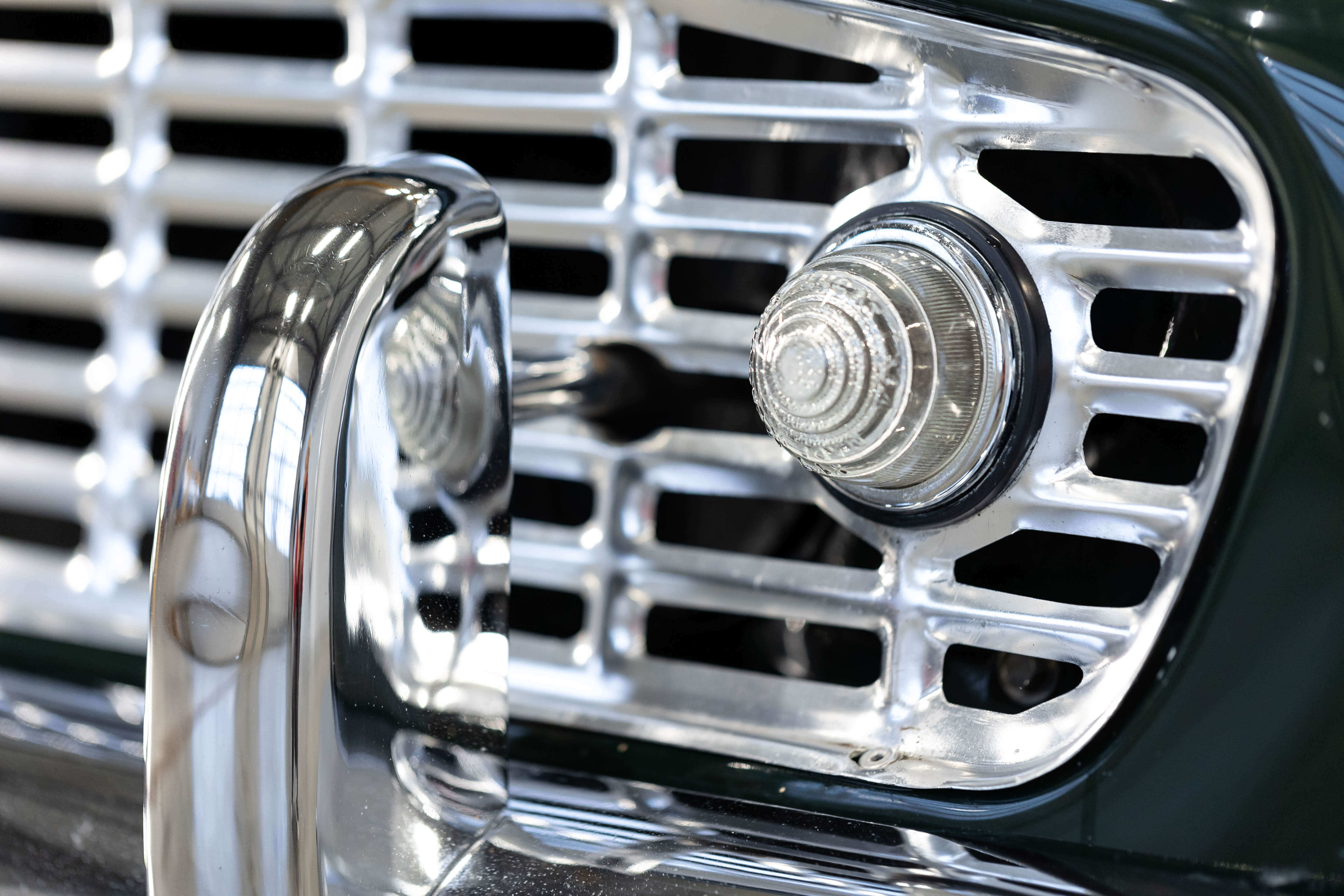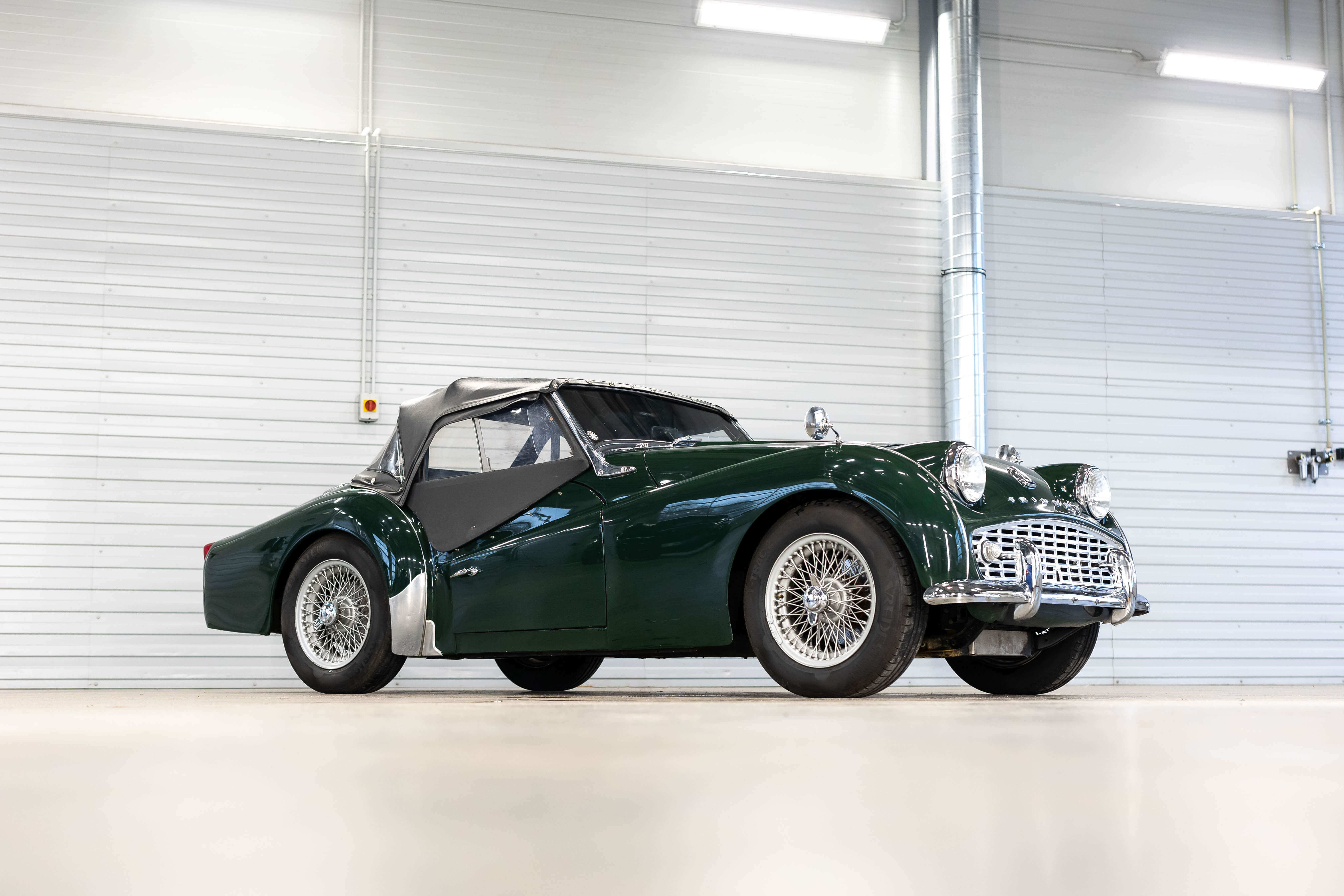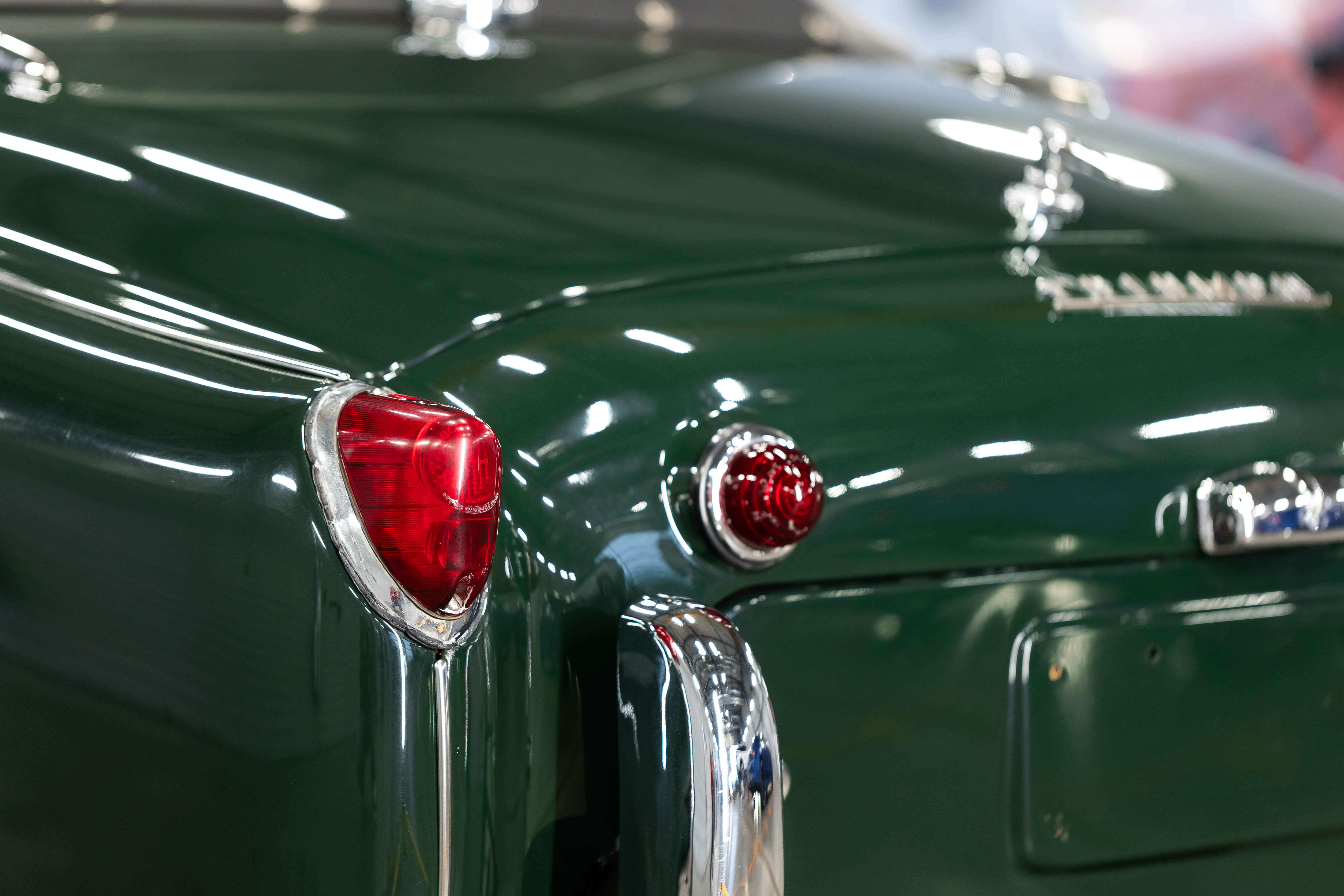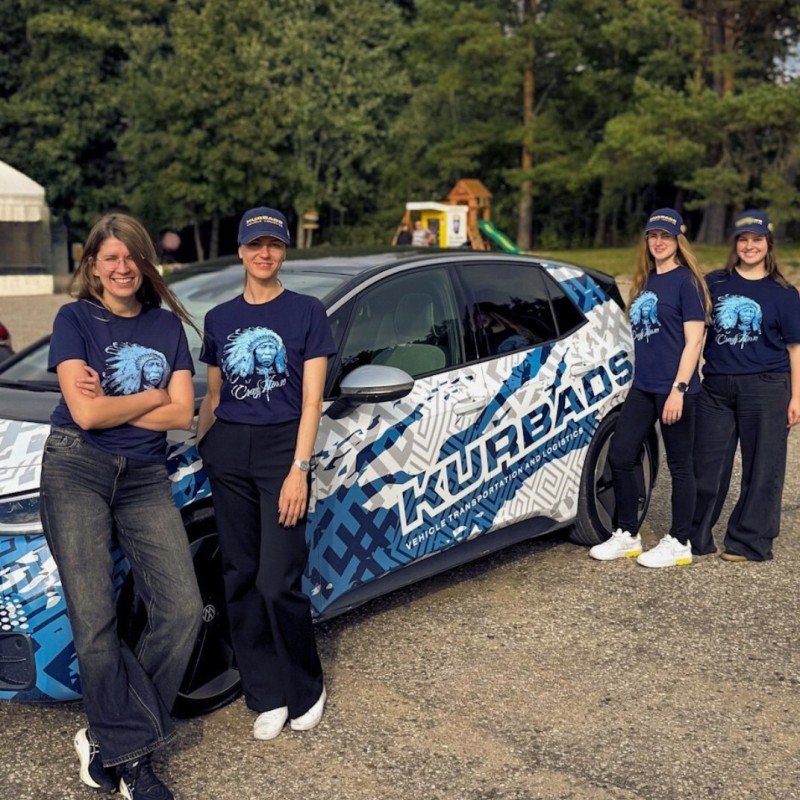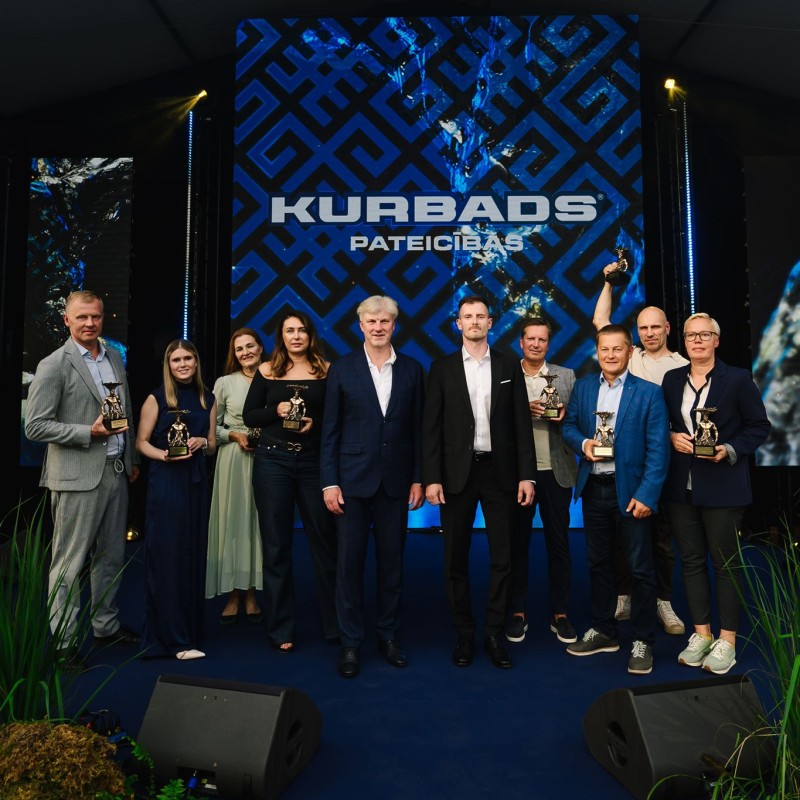Triumph TR3 – Brittiläinen resepti täydelliselle roadsterille
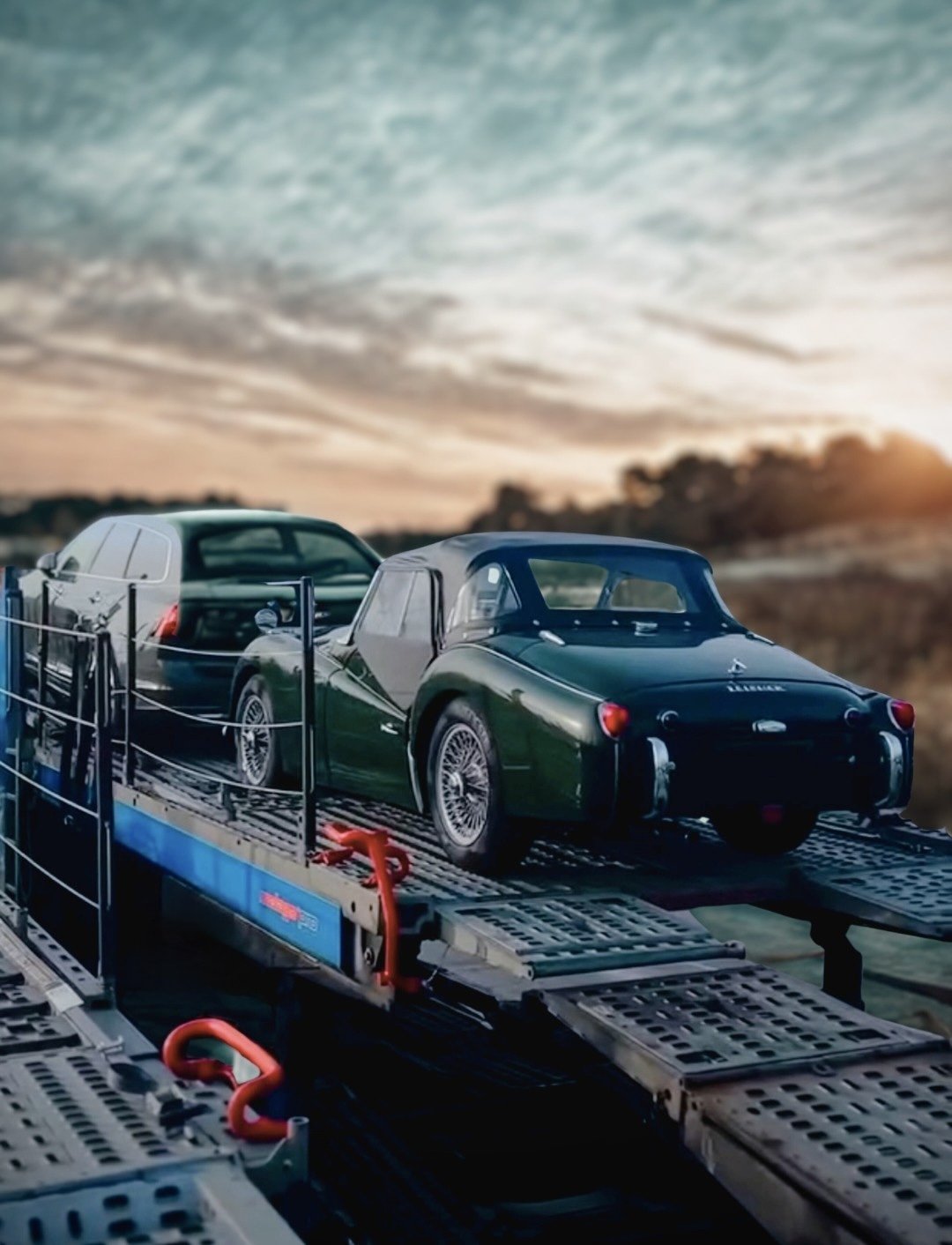
TR3 on kaksipaikkainen avoin urheiluauto, jota brittiläinen Standard Motor Company valmisti vuosina 1955–1962 Coventryssa, Englannissa. "TR" tarkoittaa "Triumph Roadster" ja kuvaa kauniisti perustajien pyrkimystä luoda kevyt ja edullinen urheiluauto. Se heijastaa myös Standard-Triumphin johtajan Sir John Blackin päättäväisyyttä päästä modernien urheiluautojen markkinoille korvaamalla vanhentunut Standard Roadster. Lyhyen uransa aikana Standard-Triumphin johdossa Black jopa yritti ostaa tunnetun Morgan Motor Companyn. Kun se epäonnistui, hän teki yhteistyötä British Motor Companyn insinöörin ja testikuljettajan Ken Richardsonin kanssa luodakseen prototyypin käyttämällä lyhennettyä alustaa Standard Eight kompaktimallista ja 2-litraista moottoria suuremmasta Standard Vanguardista. Prototyyppi – tunnettu sekä nimellä 20TS että TR1 – paljasti useita merkittäviä suunnitteluvirheitä, joten uudistettu tuotantomalli valmistettiin kiireellisesti ja julkaistiin vuonna 1953 nimellä TR2.
Kaksi vuotta myöhemmin Standard-Triumph lanseerasi tehokkaamman version, jossa oli erilailla suunniteltu säleikkö, erityinen GT-versio, parannetut jarrut ja muita hienosäätöjä – tästä tuli Triumph TR3. Mutta se ei vieläkään ollut se roadster, jonka näet kuvissa.
TR3 pysyi yksinkertaisena autona, jossa oli perinteinen tikapuurunko, moottori hitaasti liikkuvasta katuautosta ja jousitus perhekeskeisestä Triumph Mayflowerista. Vuonna 1956 siitä tuli ensimmäinen brittiläinen tuotantoauto, johon asennettiin levyjarrut etupyöriin – historiallisesti merkittävä päivitys. Vaikka 2-litrainen moottori ei koskaan ylittänyt 100 hevosvoimaa edes parhaassa muodossaan, kevyt paino ja hinta tekivät TR3:sta nopeasti suositun sekä amatööri- että ammattikilpa-ajajien keskuudessa.
Vuoden 1957 mallivuoteen mennessä päivitykset olivat niin merkittäviä, että Triumph päätti nimetä sen uudelleen TR3A:ksi. Ulkoisesti se oli tunnistettavissa täysleveästä säleiköstä – aivan kuten kuvissa. Tämä erityinen esimerkki on vuodelta 1960, ja siinä on yksityiskohtia kuten pultatut tuulilasin kiinnikkeet, ulkoiset ovenkahvat (puuttuivat aiemmista malleista), lukittava tavaratilan kahva ja muita muutoksia. Vuodesta 1959 eteenpäin Triumph tarjosi myös TR3:sta suuremmalla 2,2 litran moottorilla, vaikka tämä erityinen auto on varustettu alkuperäisellä 2 litran versiolla.
Pieni askel jousitukselle, jättiläismäinen harppaus roadsterin historiassa
Vaikka TR3 rakennettiin osista, jotka oli hankittu muista malleista, autossa oli yllättävän kehittynyt jousitus aikakaudelleen. Kaksitoimiset A-varsit, joissa oli pronssi-mangaani nivel, ohjasivat etupyöriä. Vakautustanko oli lisävaruste. Mato-ja-tappi-ohjaus oli jo uusissa autoissa havaittavasti löysä, ja tämä yleensä paheni ajan myötä. 48-puolaiset pyörät olivat myös lisävaruste, alun perin saatavilla hopeisina, korin värisinä tai kromattuina. Kiihdytys 0:sta 97 km/h (60 mph) kesti 12 sekuntia. Vaikka se saattaa vaikuttaa hitaalta, on tärkeää muistaa, että TR3:ssa oli minimaalinen jousitusliike, ja innokkaassa ajossa takapyörä saattoi helposti nousta, mikä johti äkilliseen pidon menetykseen.
Parannettu Triumph TR3A osoittautui niin menestyksekkääksi roadsteriksi, että yli 58 000 yksikköä rakennettiin, joista noin yksi kuudesosa – noin 9 500 autoa – on säilynyt tähän päivään asti. Teollisuuden tarina 1957–1962 mallista väittää, että odottamattoman korkeiden tuotantomäärien vuoksi alkuperäiset koripaneeliprässityökalut kuluivat loppuun ja ne piti korvata uusilla. Harrastajasivustot viittaavat siihen, että yhteensä noin 74 800 TR3:a tuotettiin, mukaan lukien niin sanottu "joutsenlaulu" -malli – TR3B, joka pysyi tuotannossa vuoteen 1962 asti ja myytiin yhdessä uudemman Triumph TR4:n kanssa.

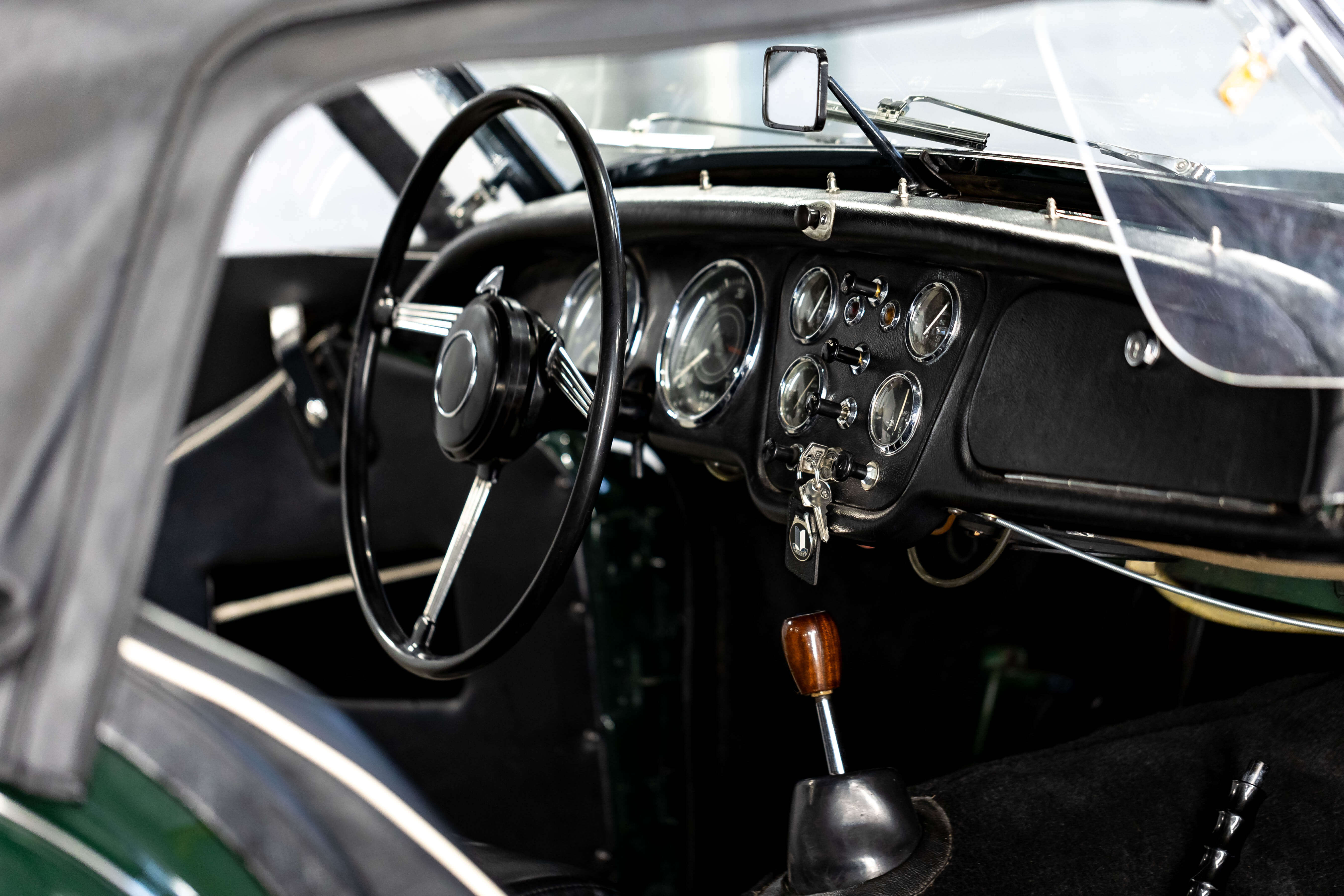
Brittiläinen ikoni – tunnettu maailmanlaajuisesti, ajettu auringonpaisteessa
Mielenkiintoista on, että TR3:tä ei valmistettu ainoastaan SMC:n tehtaalla Coventryssä, vaan myös Belgiassa – Liègessä ja Mechelenissä – sekä Australiassa ja Etelä-Afrikassa knock-down-paketeista. Mechelenin tehdas avattiin vuonna 1961, ja se jatkoi erilaisten Triumph-mallien tuotantoa Euroopan markkinoille vuoteen 1975 asti, kauan sen jälkeen kun Yhdistyneen kuningaskunnan liittyminen Euroopan talousyhteisöön vuonna 1973 vahvistettiin kansanäänestyksellä. Brittiläisen autoteollisuuden historia Belgiassa, mukaan lukien entinen Land Rover -laitos, on esillä laajassa Autoworld-museon näyttelyssä Brysselissä.
Ajamisen ja jokapäiväisen käytön näkökulmasta Triumph TR3 on todellakin kauniin sään auto. Kuten konseptuaalisesti samanlainen Austin Healey 100, sen korirakenne on suunniteltu tiukasti miellyttävän sään ajamiseen. Avotoppi on tuskin enempää kuin kiinnitettävä teltta. Ovet ovat niin matalat, että yläreuna piti pehmustaa kuljettajan kyynärpään tukemiseksi. Niiden pieni koko tarkoitti, että varhaisissa TR3-malleissa oli vain sisäpuoliset ovenkahvat – säästäen kokonaan ulkoisista kahvoista. Lämmitin on niin heikko, että on parempi olettaa, ettei sitä ole olemassa.
Auto, joka voi olla unelma... tai unelma korjata
Koska TR3 on mekaanisesti yksinkertainen ja edelleen suhteellisen saatavilla, se on yksi edullisimmista klassisista urheiluautoista. Vuodesta, kokoonpanosta ja kunnosta riippuen hinnat vaihtelevat €15,000:sta €50,000:een. Concours-tason auto voi myydä noin €40,000:lla, kun taas projekti-auto, joka voi karkottaa sinut autotalliin määräämättömäksi ajaksi, voidaan hankkia jopa €8,000:lla. Suurin ongelma on ruoste – mikään ajoneuvossa ei ollut galvanoitu, ja se suunniteltiin tiukasti kuiville olosuhteille. Vesiviemärikanavat tukkeutuvat helposti, mikä johtaa kosteuden kertymiseen kynnyskoteloissa ja etulokasuojissa. Sama pätee ohjaamon ja takapaneelin kestävyyteen.
Itse alusta on suhteellisen ruosteenkestävä, joten ruoste epätavallisissa paikoissa tai epäsäännöllisissä hitsauskohdissa voi viitata aiempaan onnettomuusvaurioon. Tämä ei ole auto, jonka voi ostaa pelkästään silmillään – uusi maali ja kiiltävä kromi ovat halpoja, mutta kori, joka ei ole kiinnitetty alustaan, tai epäilyttävän uusi maali, joka peittää muodonmuutoksia, voi tarkoittaa kallista pettymystä. Sama koskee tuontia Yhdysvalloista – kaikki osavaltiot eivät ole yhtä kuivia kuin Atacaman autiomaa.
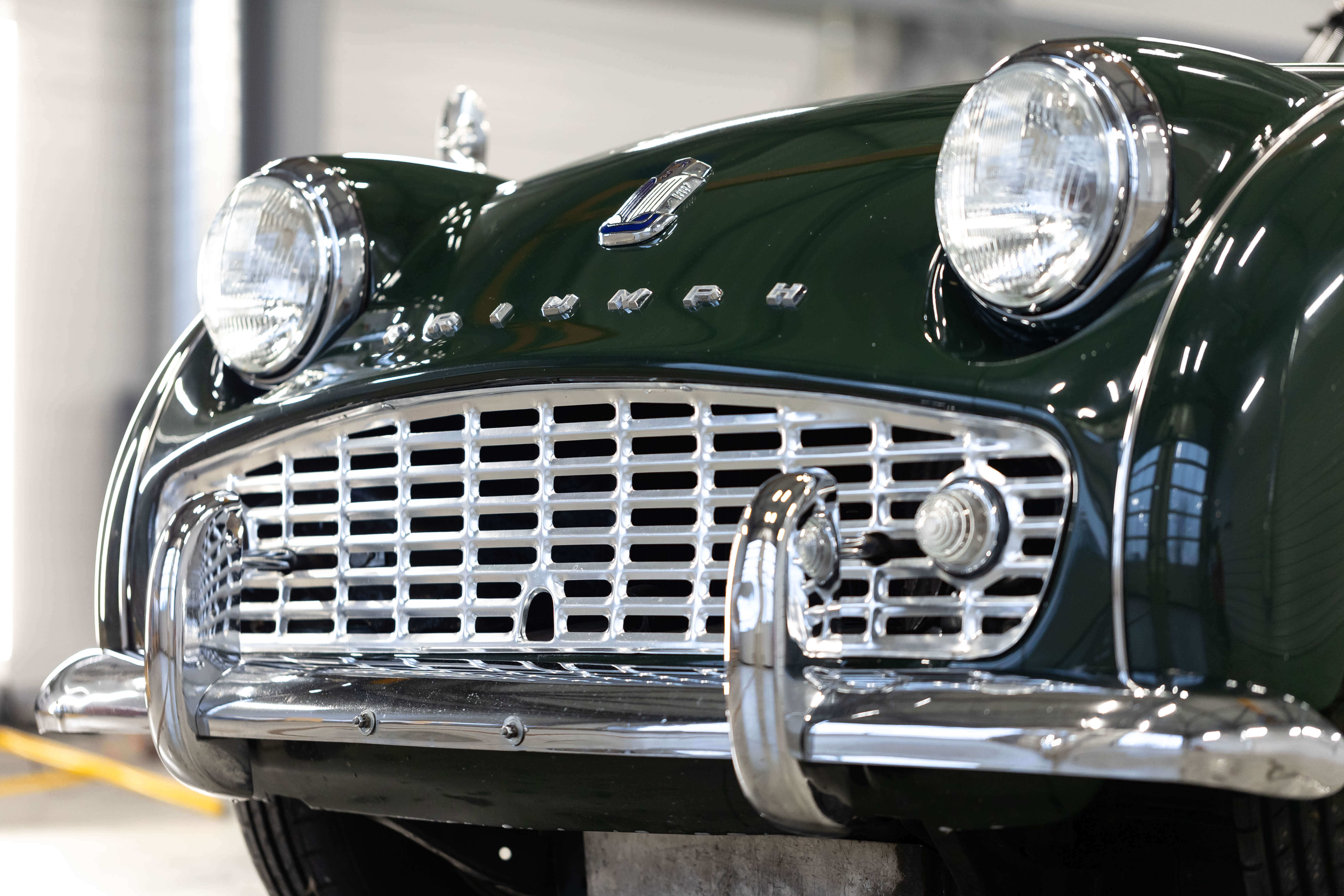
Moottori ja nelivaihteinen vaihdelaatikko ovat yleensä vähiten huolenaiheita, sillä sama kokoonpano on kerran asennettu paitsi Standard Vanguard -autoihin myös Fergusonin traktoreihin. Savu ja melu eivät ehkä ole kovin rohkaisevia, mutta ne auttavat sinua alentamaan hintaa – eikä Triumph-moottorissa ole mitään, mitä ei voisi korjata. Varaosia on runsaasti saatavilla, ja pahimmassa tapauksessa voit saada korvaavan moottorin vaihdelaatikolla hintaan 3 000–5 000 €.
Vaikka 2.2-litrainen moottori oli vakiona vain vuoden 1962 TR3B:ssä, sitä kannattaa ehdottomasti etsiä – lisävääntö on erittäin arvokas etu. Vaihdelaatikossa on synkronointilaitteet toisesta neljänteen vaihteeseen, jotka luonnollisesti kuluvat ajan myötä, mutta myös vaihteisto on helppo korjata tai rakentaa kokonaan uudelleen.
Jotkin TR3:t tulivat sähköisellä ylivaihteella, mikä on merkitty kirjaimella "O" rungon numerossa. Se on hienoa, jos se toimii, mutta jos ei, se ei ole maailmanloppu. Sama pätee jousitukseen ja jarruihin. Jarrukomponentit kuluvat yleensä nopeasti, mutta niitä on helposti saatavilla. Huonosti voidellut jousitusliitokset voivat kuitenkin aiheuttaa huomattavasti kalliimman ongelman. On myös syytä huomata, että aikaisemmat TR3:t päivitettiin myöhemmin etulevyjarruilla ja takaisilla teleskooppisilla iskunvaimentimilla, mikä voi aiheuttaa sekaannusta tilattaessa osia rungon numeron perusteella.
Ironisesti, kallein esine mökissä on se, jota et yleensä edes näe – taittuva pehmeä katto. Sen kunnostus, erityisesti alkuperäisten sivuverhojen kanssa, voi ylittää useimmat muut esineet sekä ajan että kustannusten osalta.
Tämä tietty keräilyauto toimitettiin Kurbadsin logistiikkatiimin tuella ja kuljetuksen jälkeen se luovutettiin Kurbads Detailing Centerille turvallista säilytystä varten.
Detailing Centre tarjoaa ensiluokkaisia säilytysratkaisuja eksklusiivisille ajoneuvoille, joihin kuuluu huippuluokan turvajärjestelmät, ilmastointi ja ammattimainen valvonta. Räätälöityjä hoitoratkaisuja on myös saatavilla – mukaan lukien kuljetus, puhdistus, huolto ja valmistelu näyttelyitä, tapahtumia tai myyntiä varten – asiakkaan tarpeiden mukaan.
Kaiken kaikkiaan Triumph TR3 on komea, nautittava ja suhteellisen helppohoitoinen roadster Britannian urheiluautojen kultakaudelta. Se on edullisempi ja vähemmän monimutkainen kuin italialaiset aikalaisensa, ja vaikka sillä ei ehkä ole samanlaista kilpa-ajoperintöä kuin Austin Healey 100:llä, se säilyy arvostettuna historian palana, joka kääntää katseita ja saa ystävällisiä vilkutuksia joka kerta, kun se lähtee tielle.












